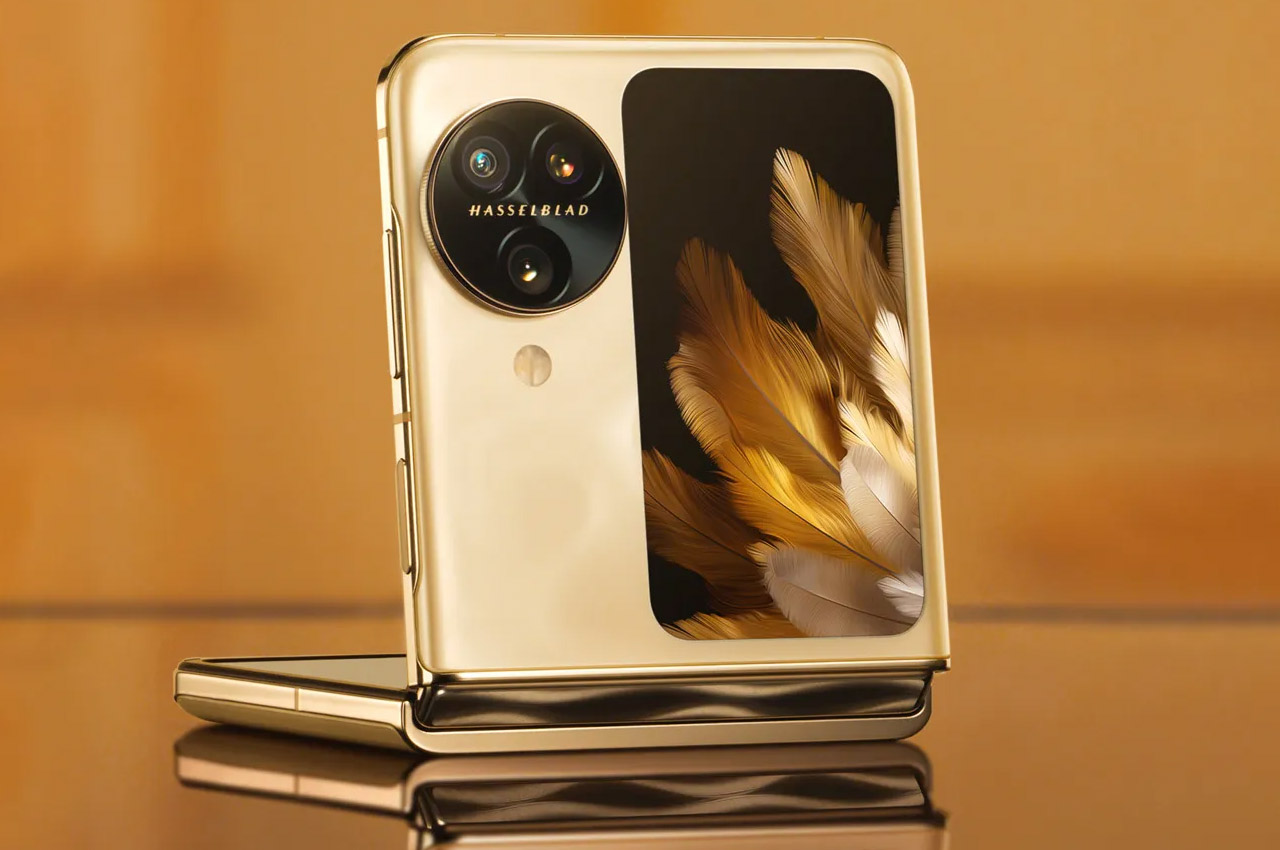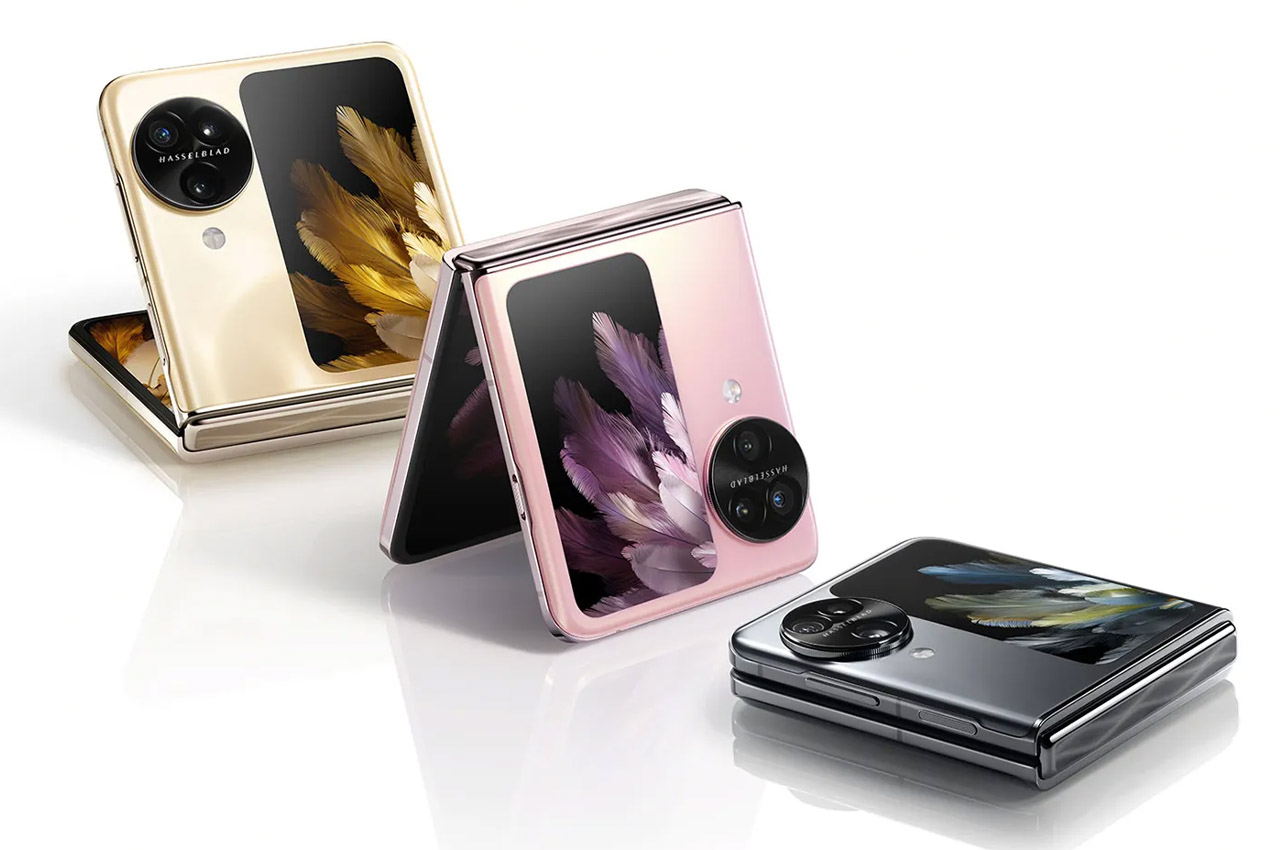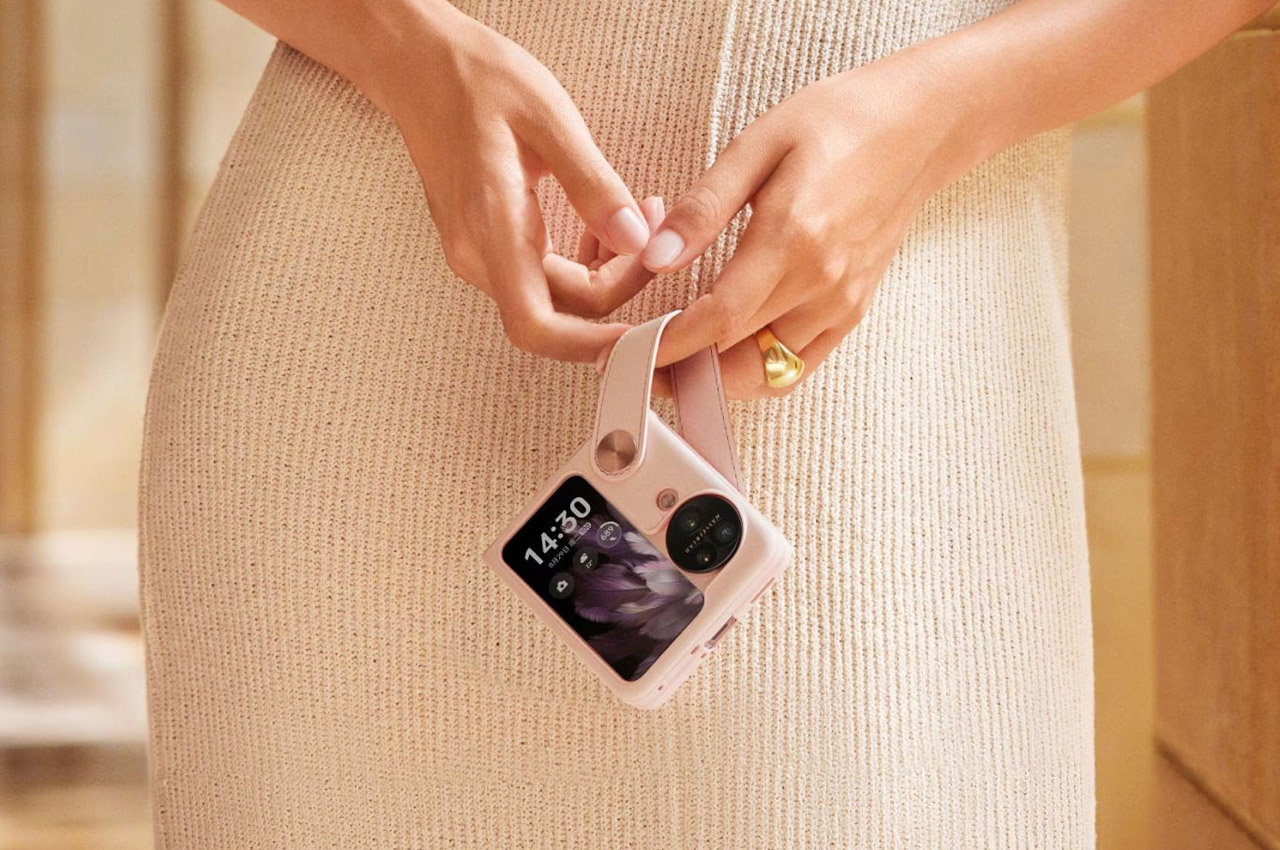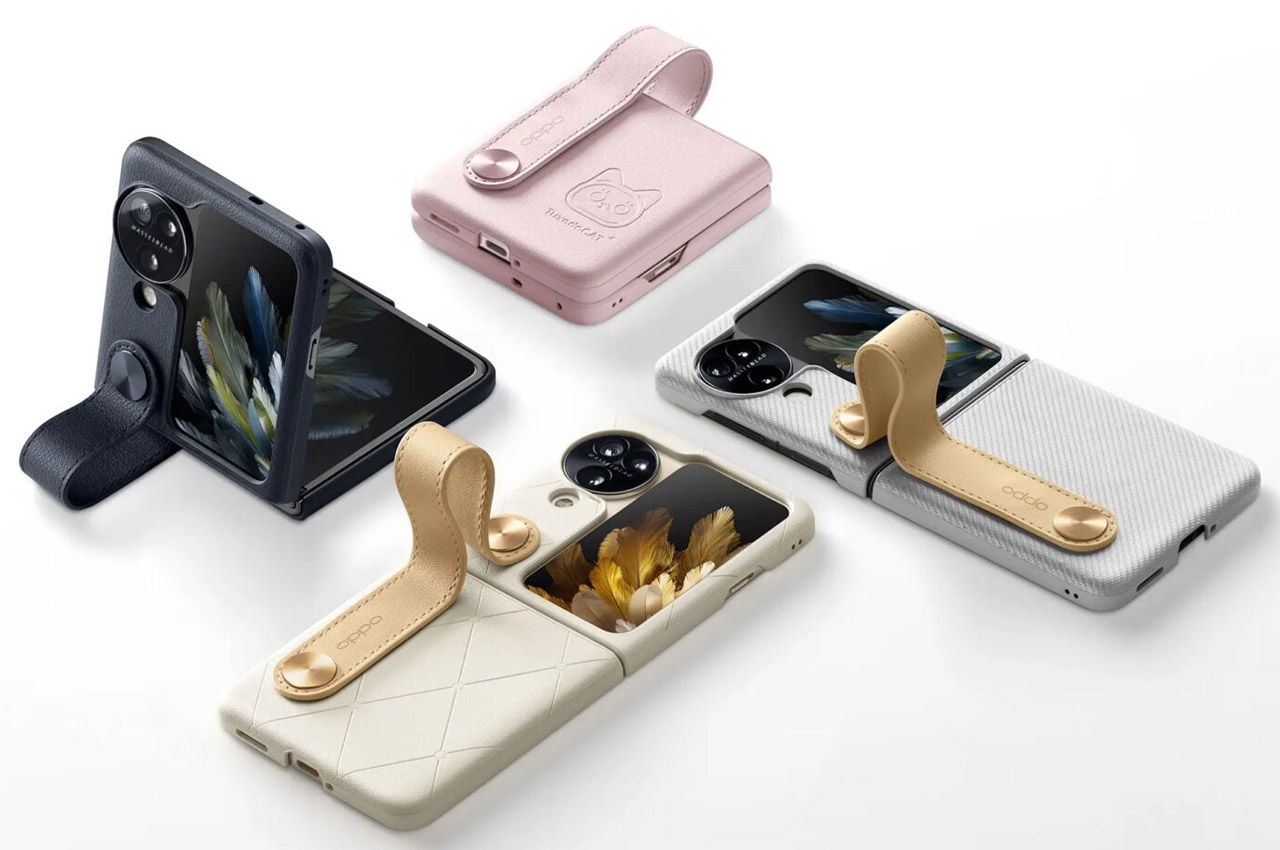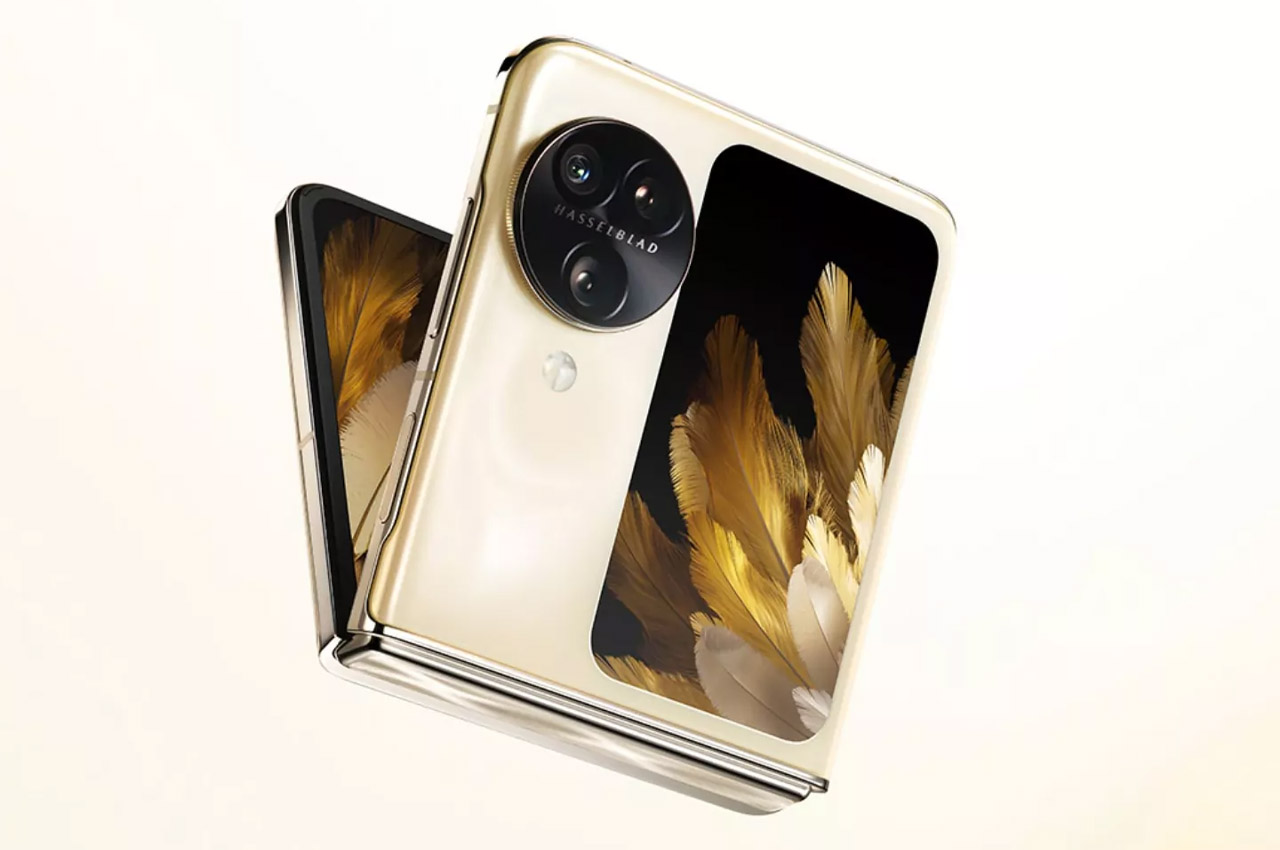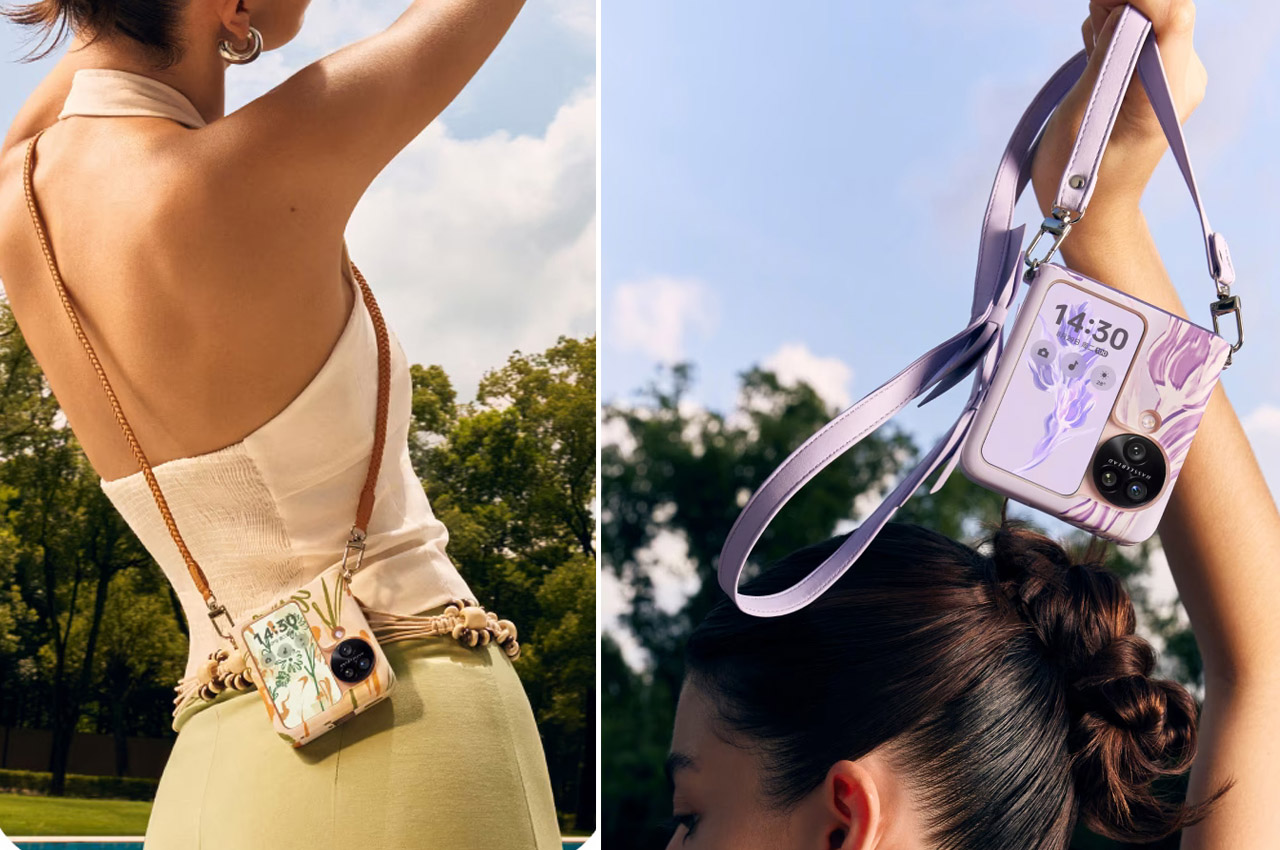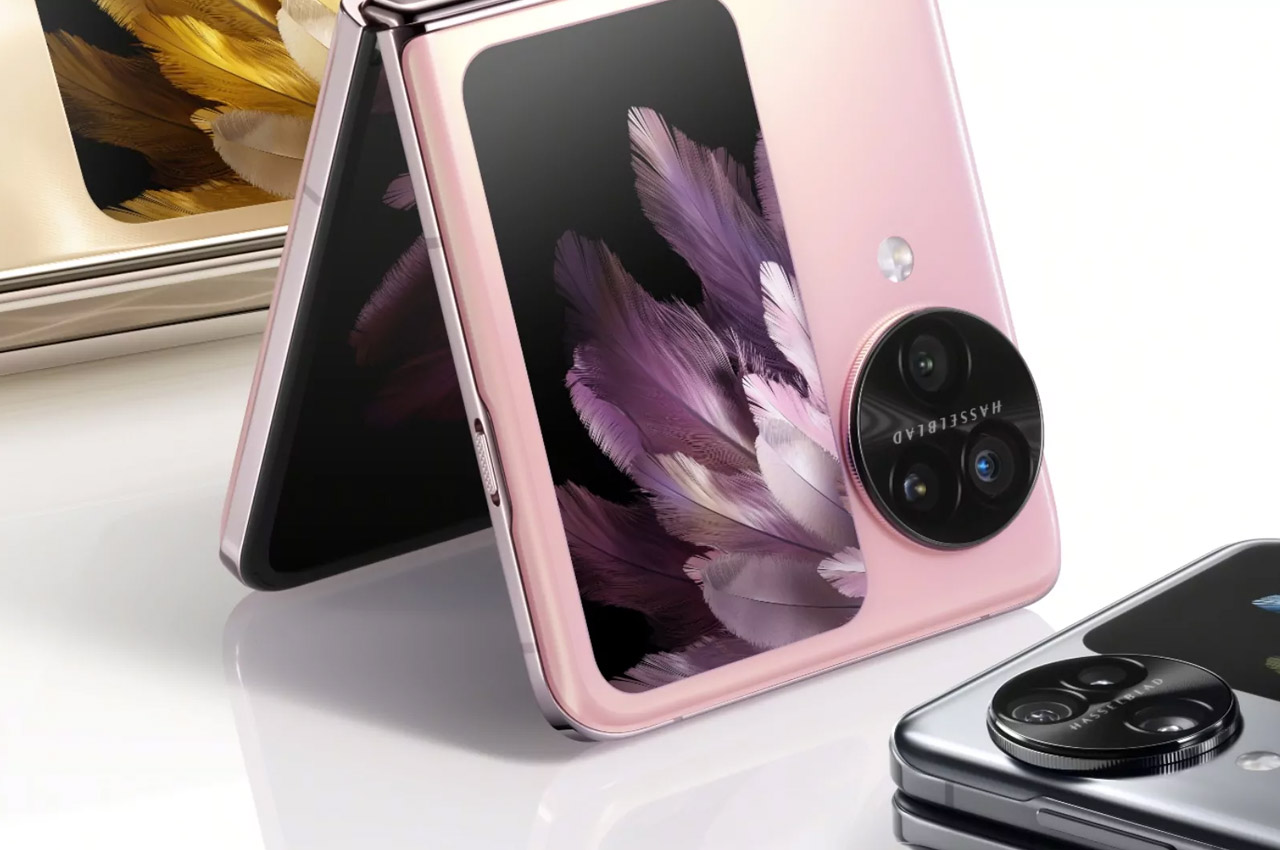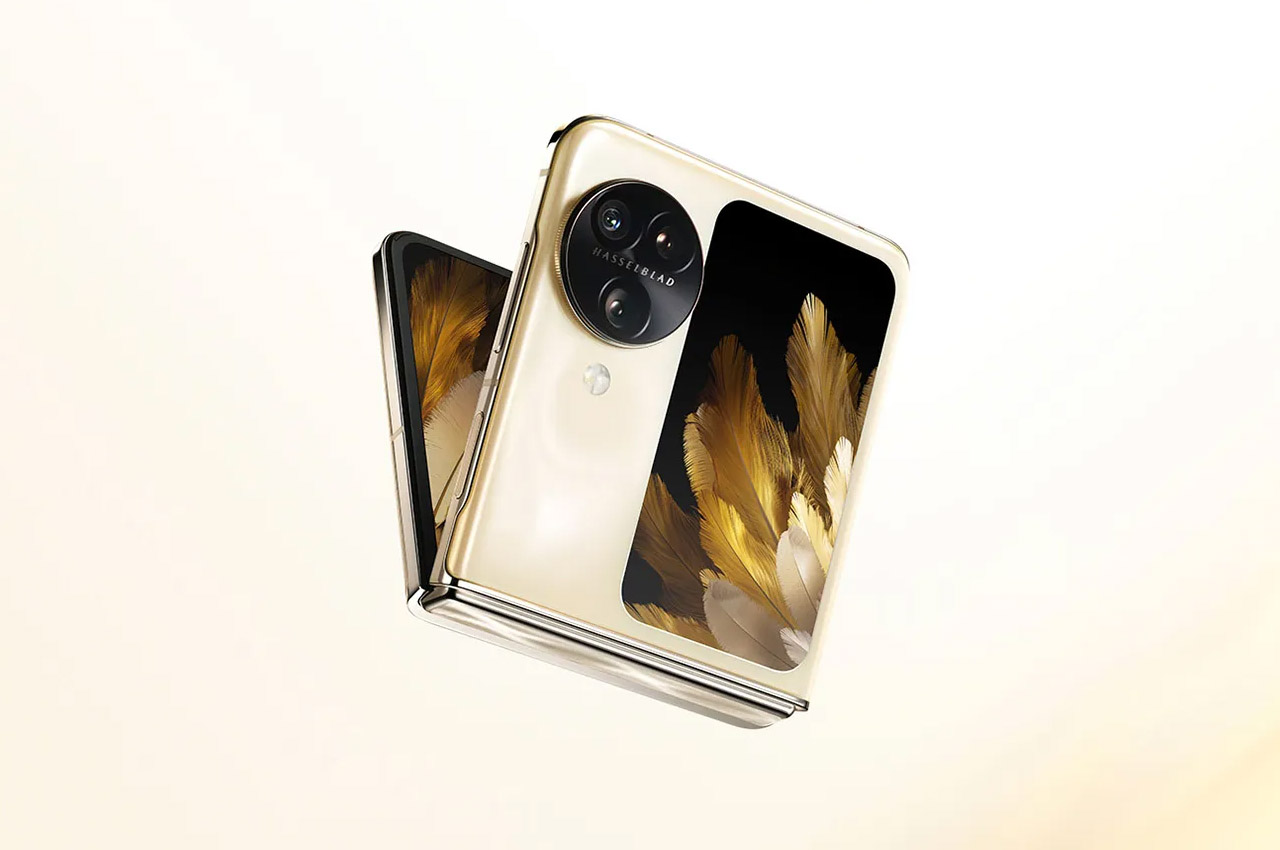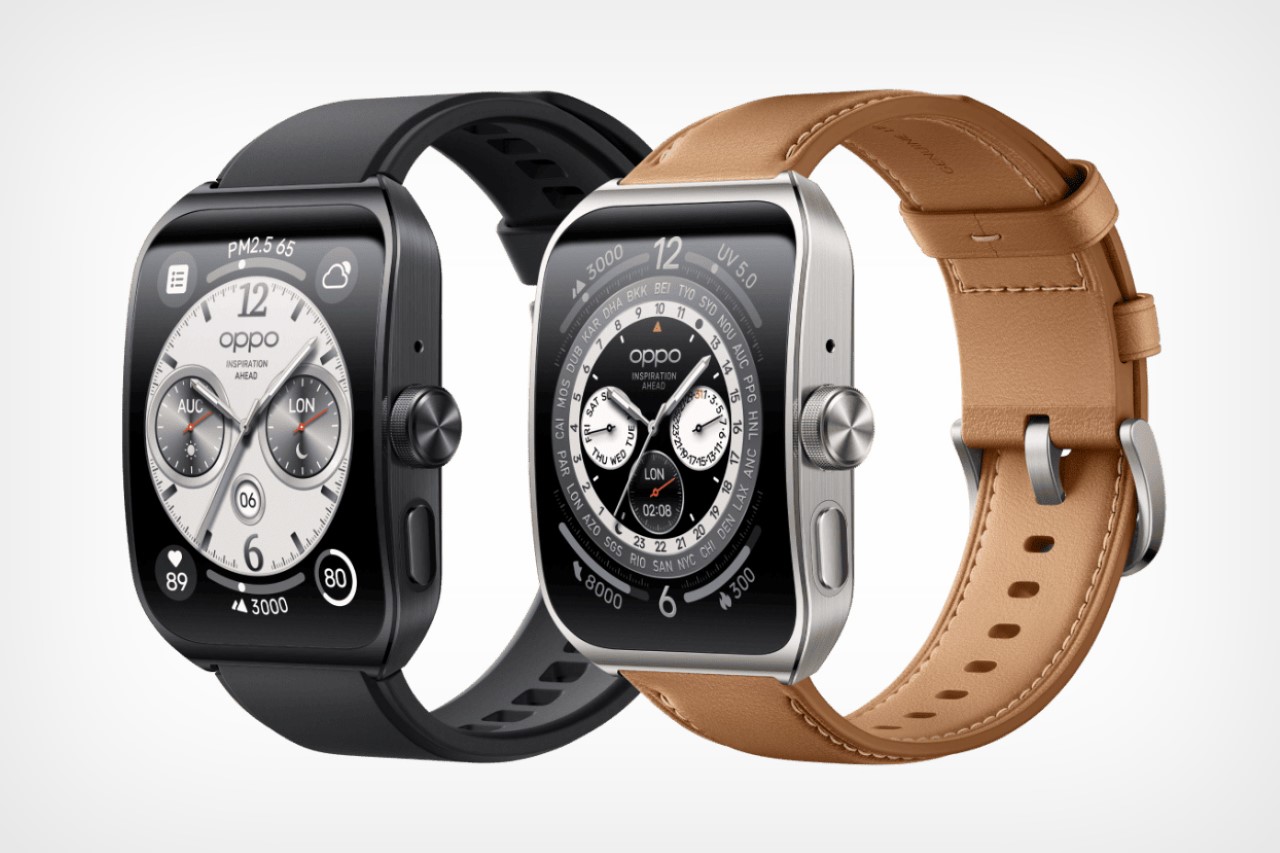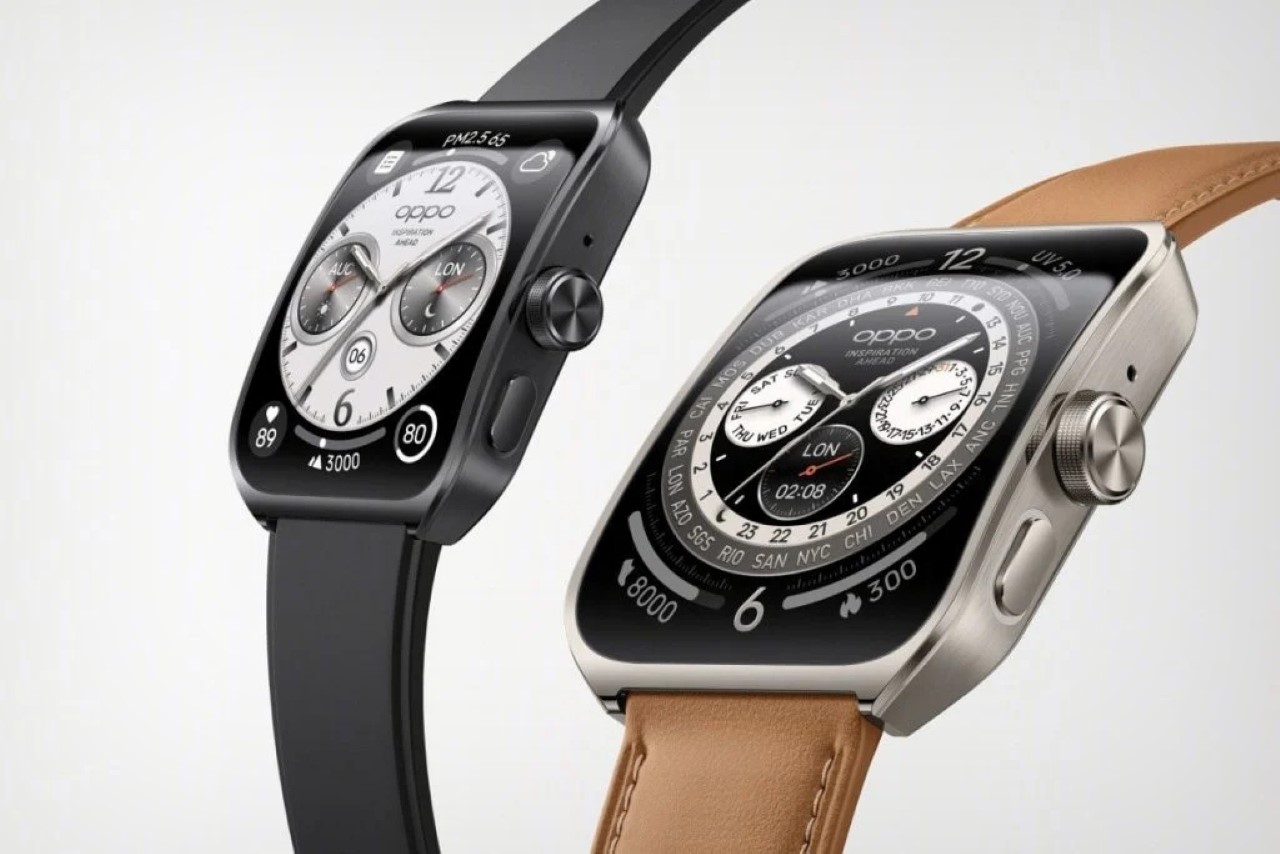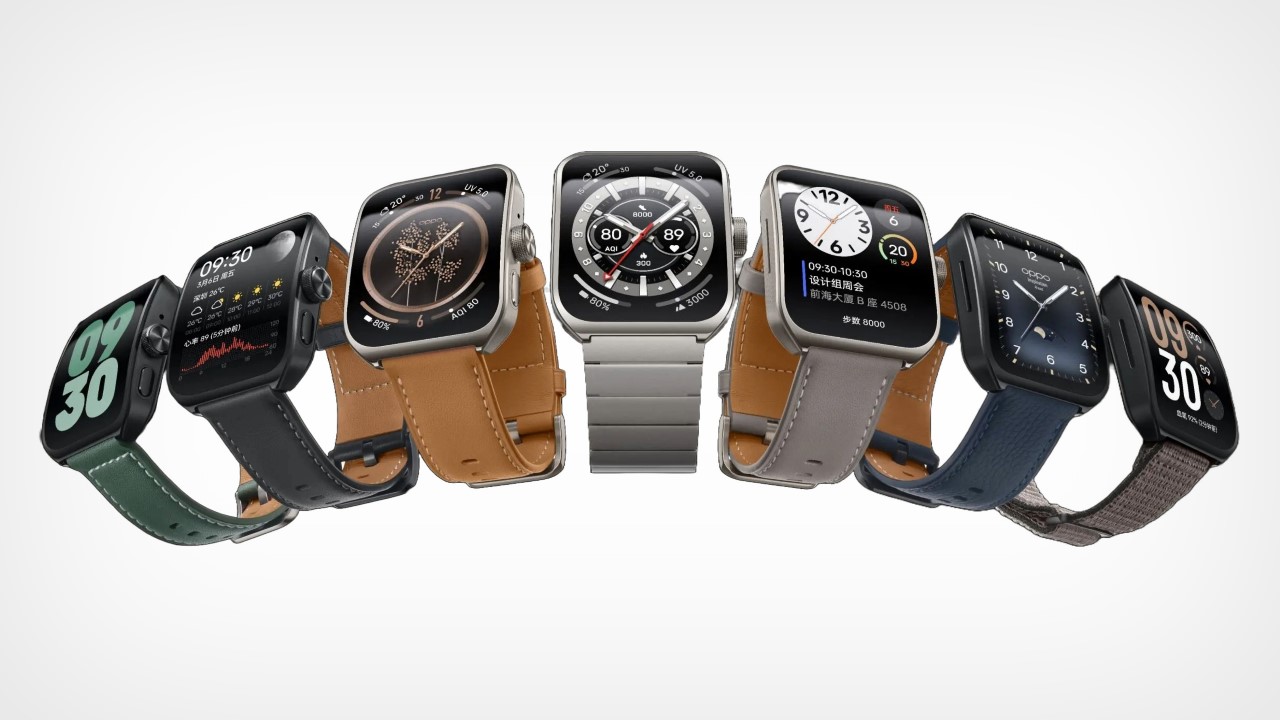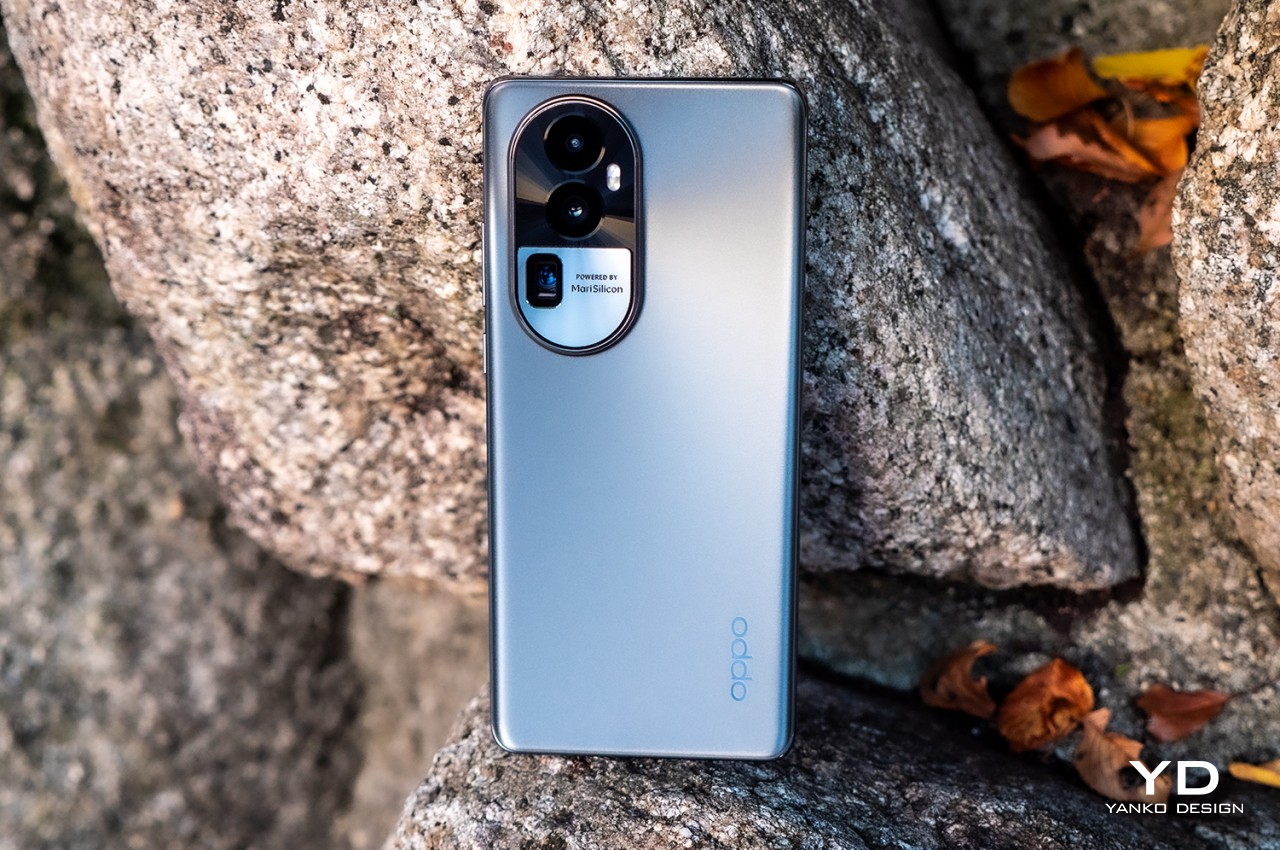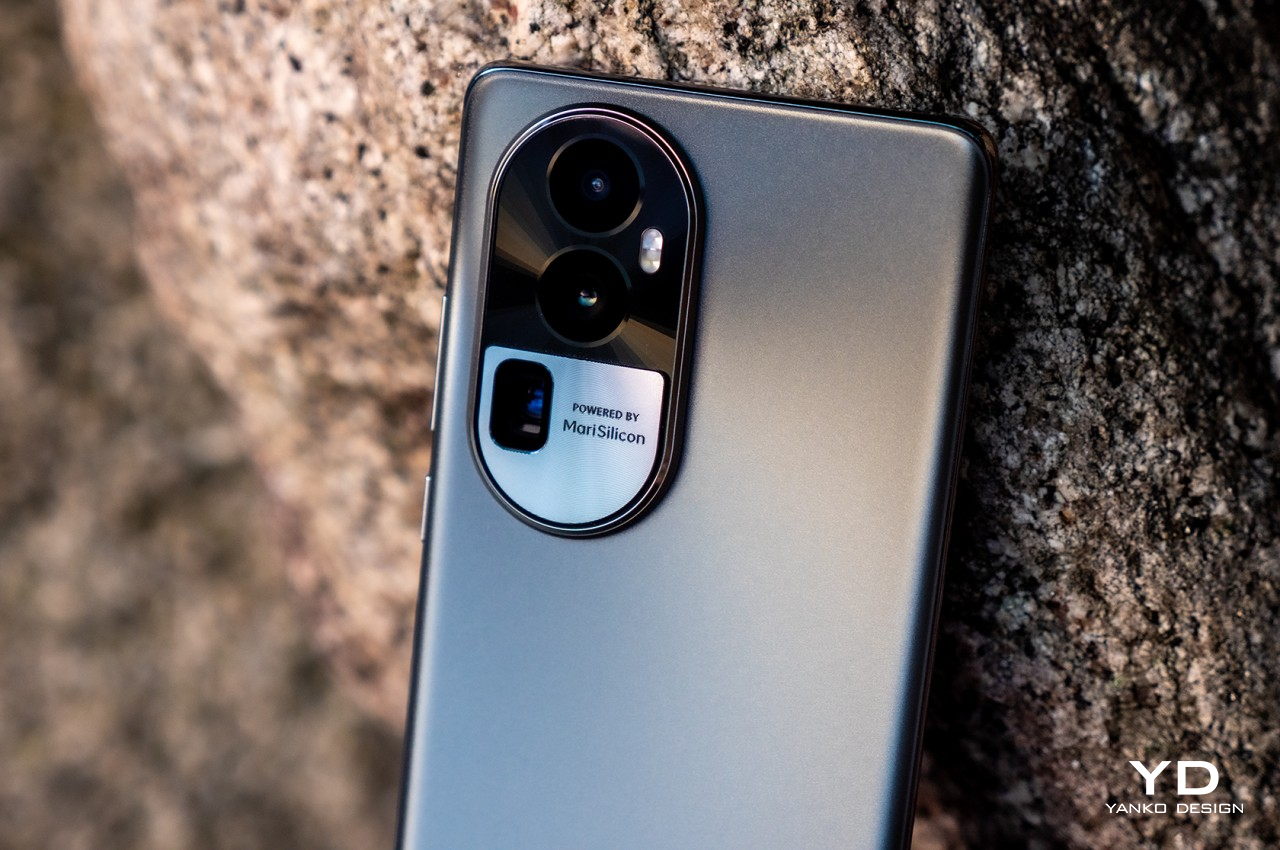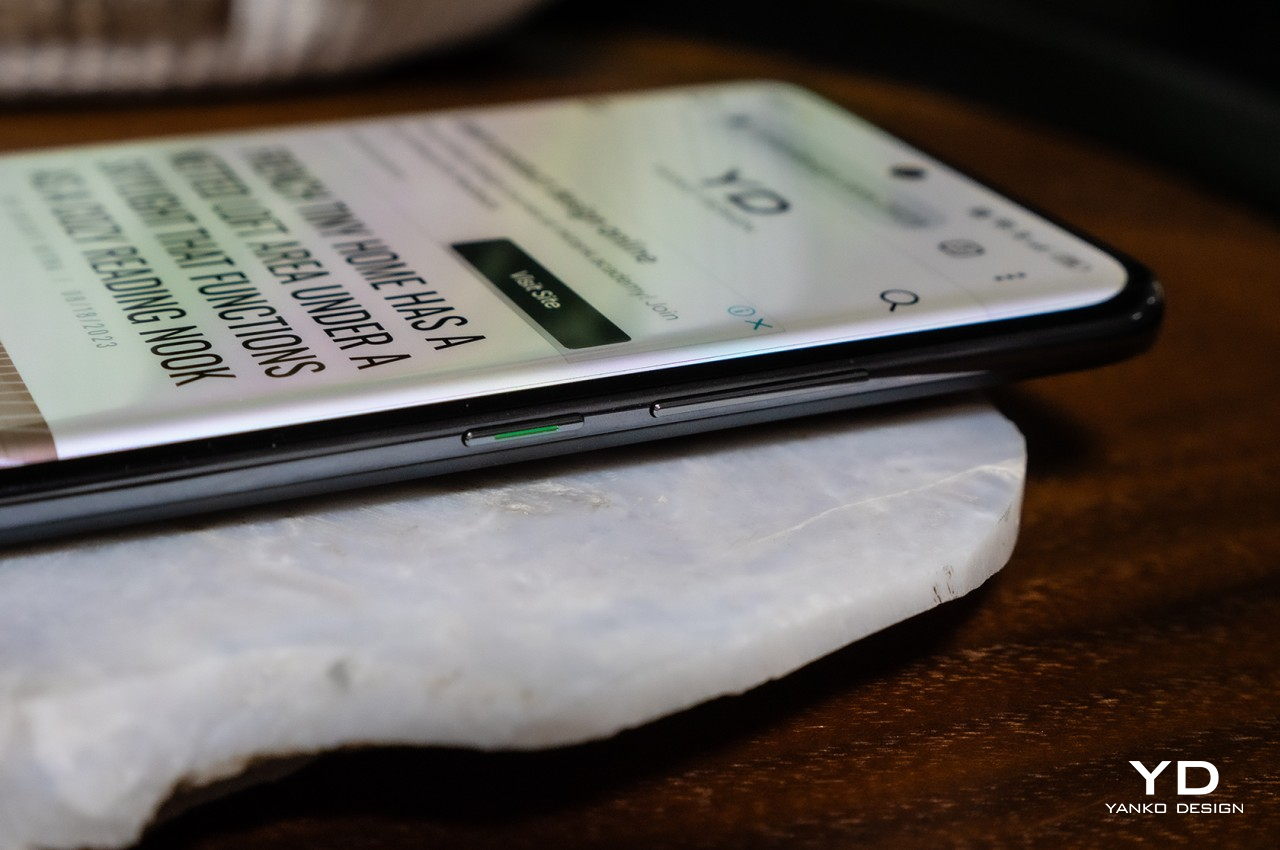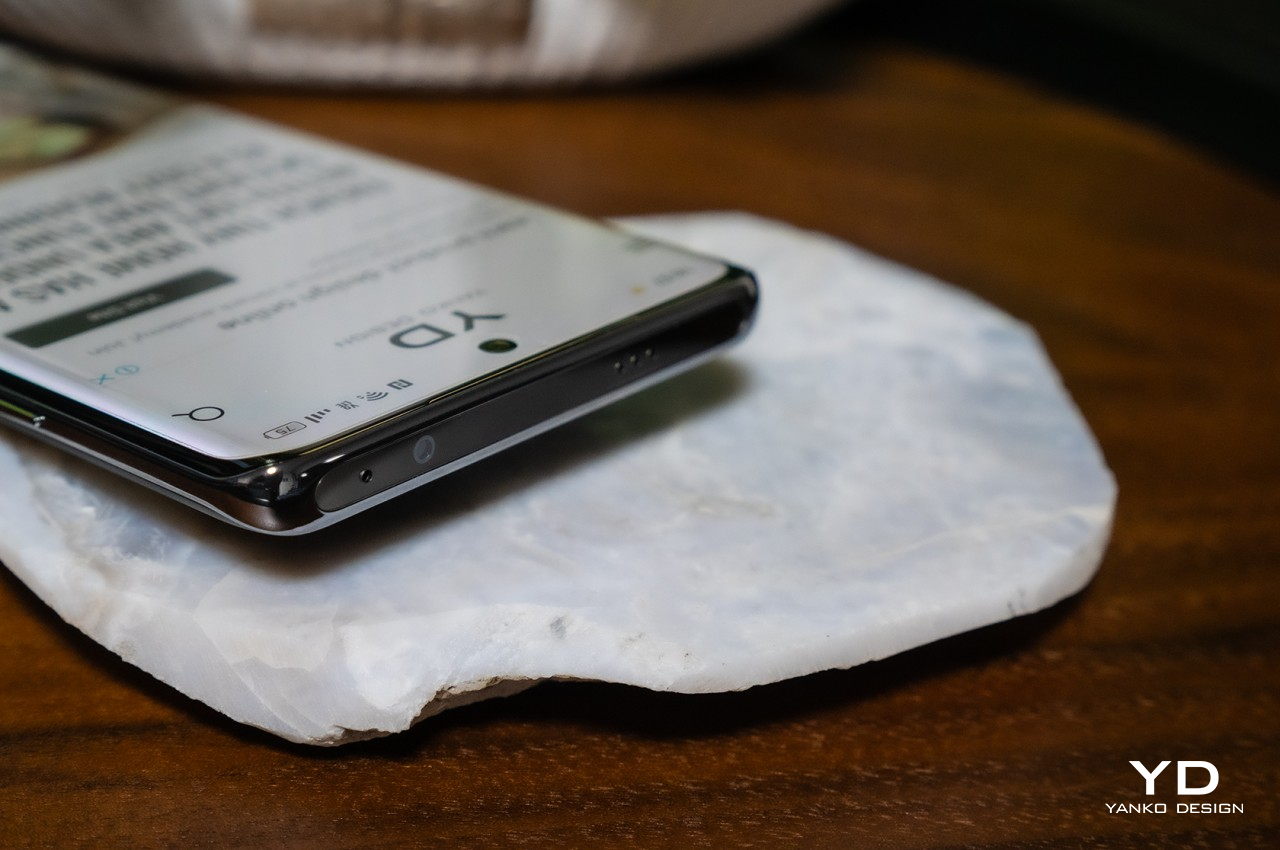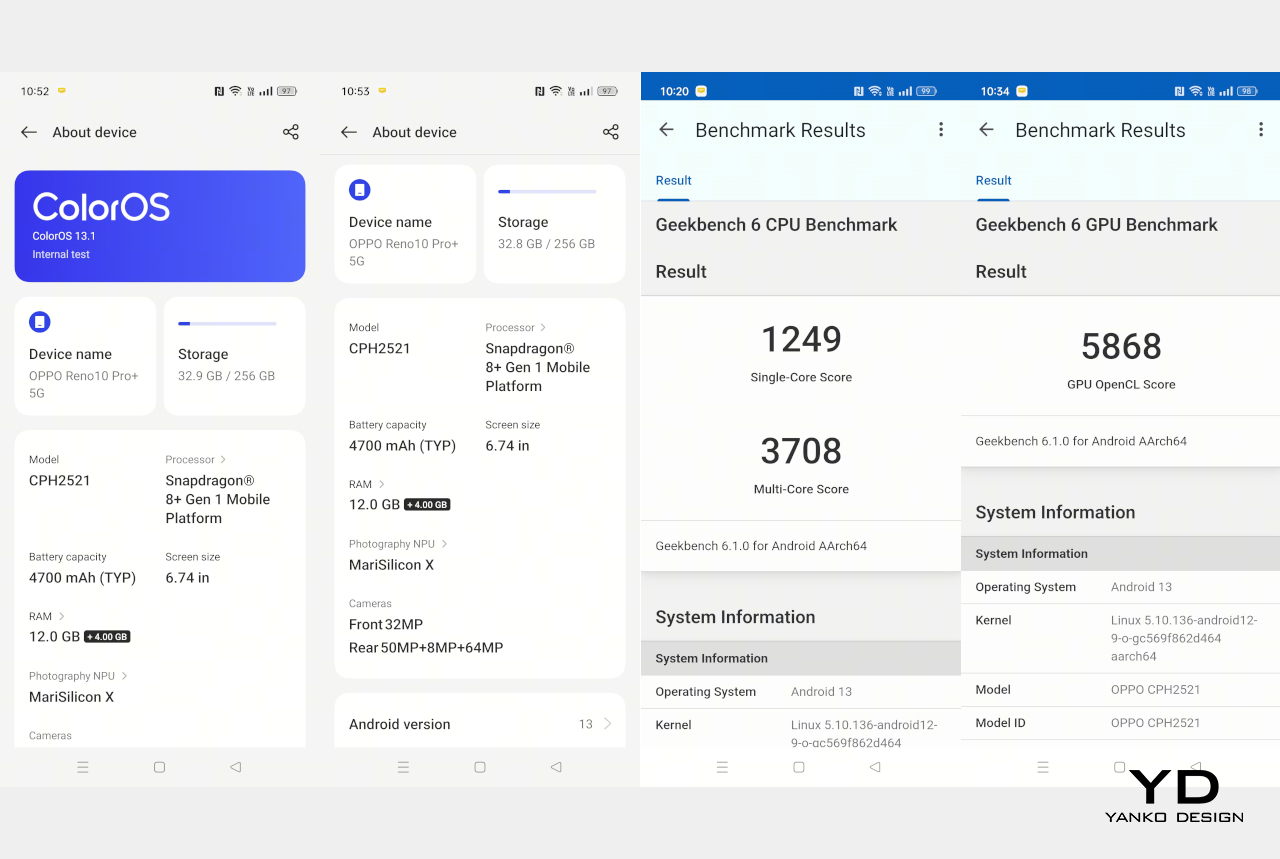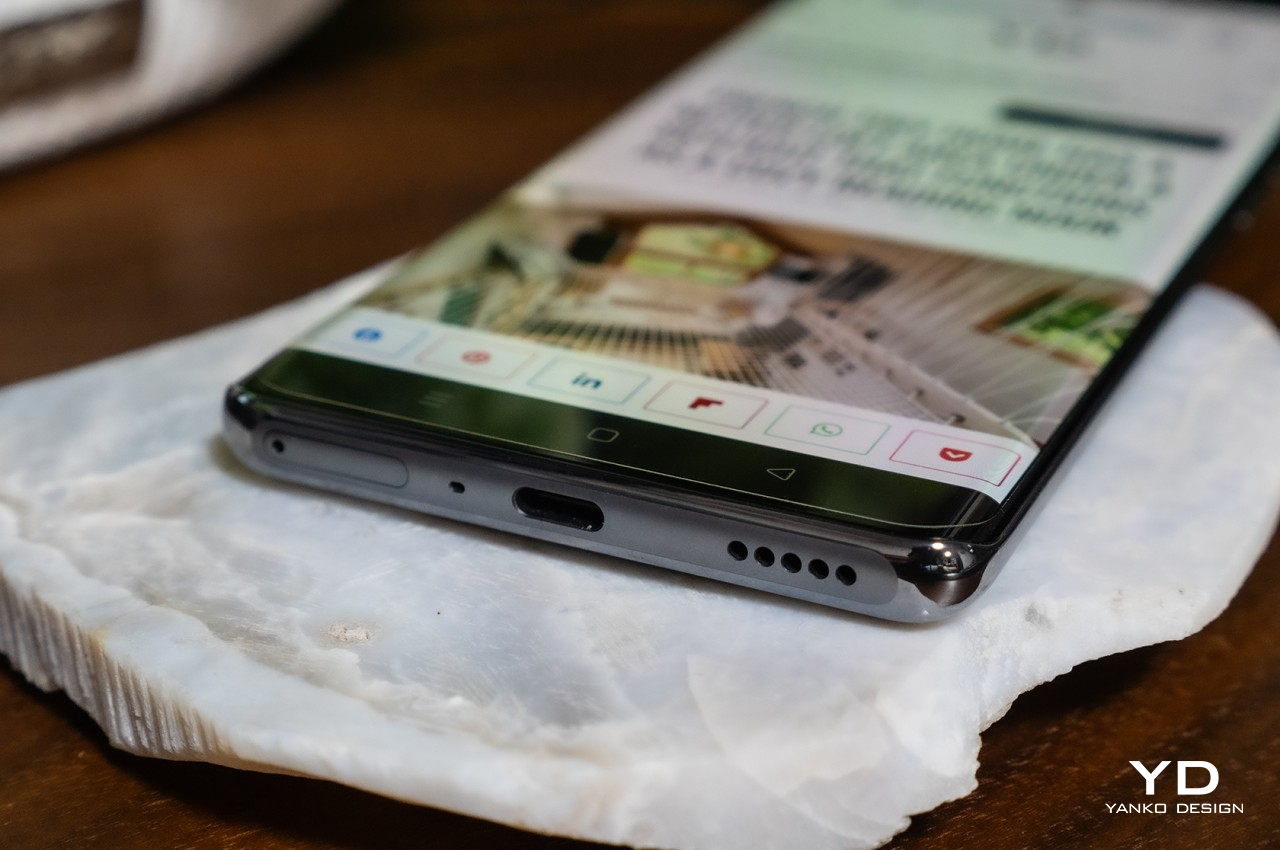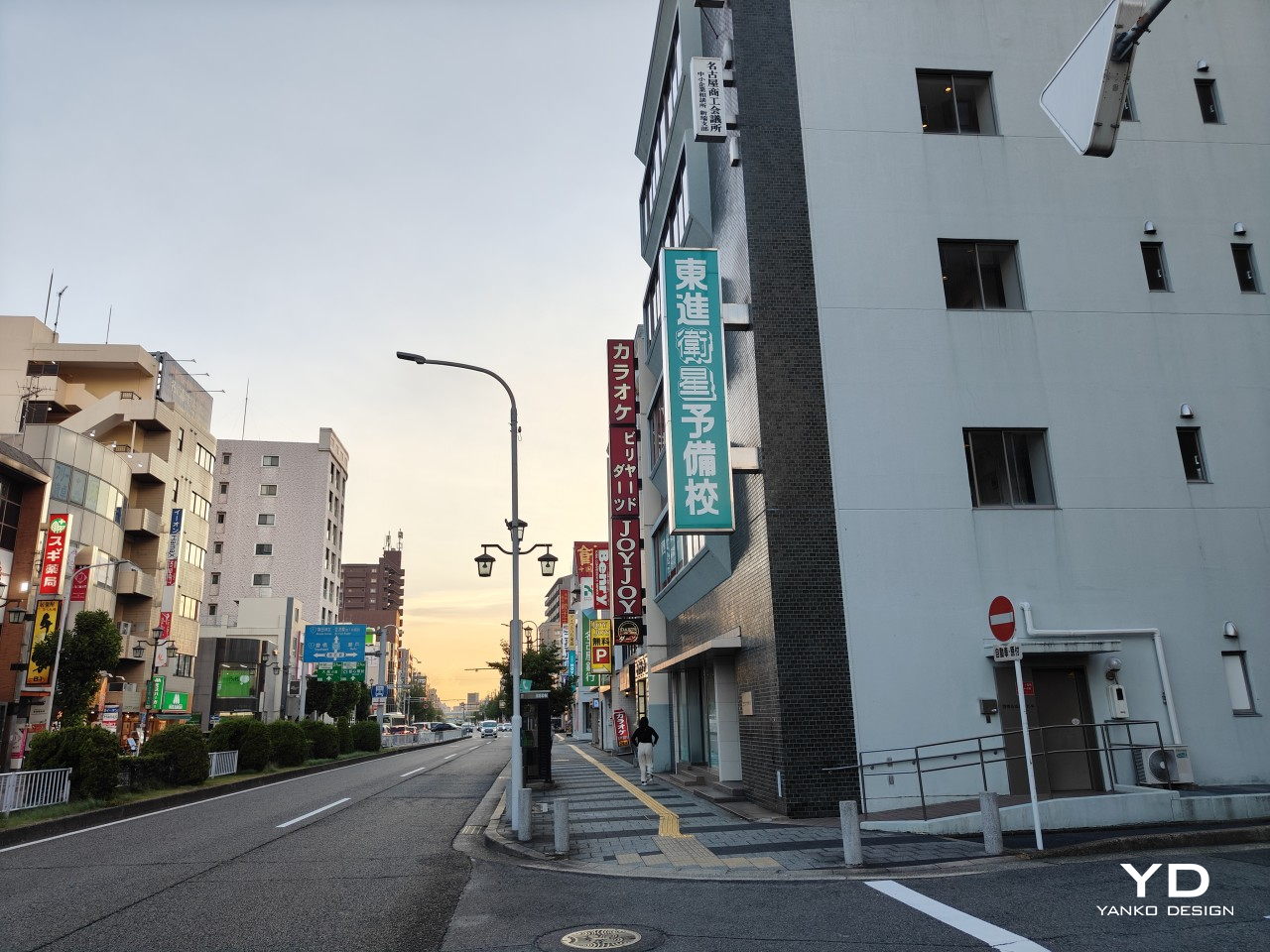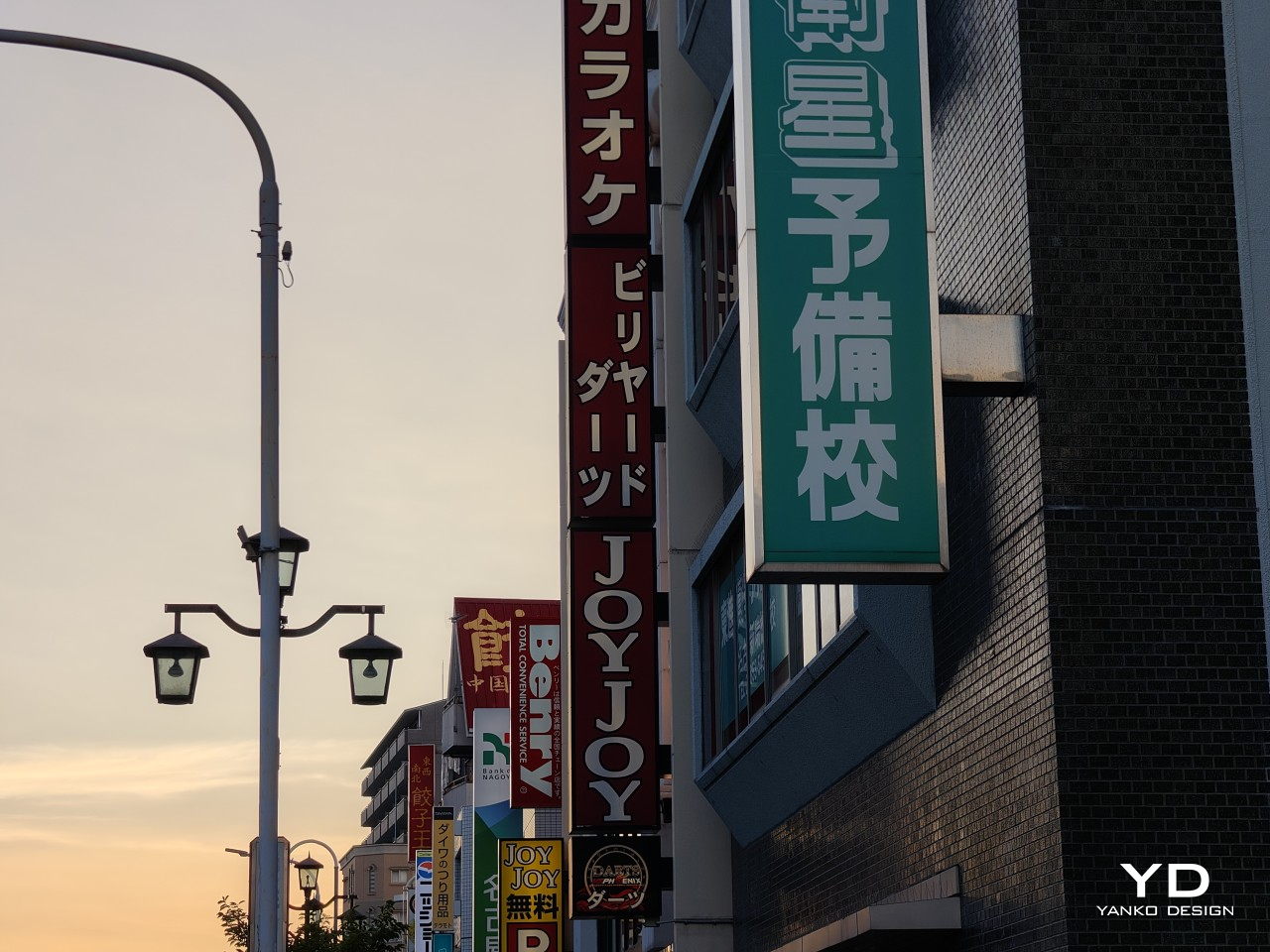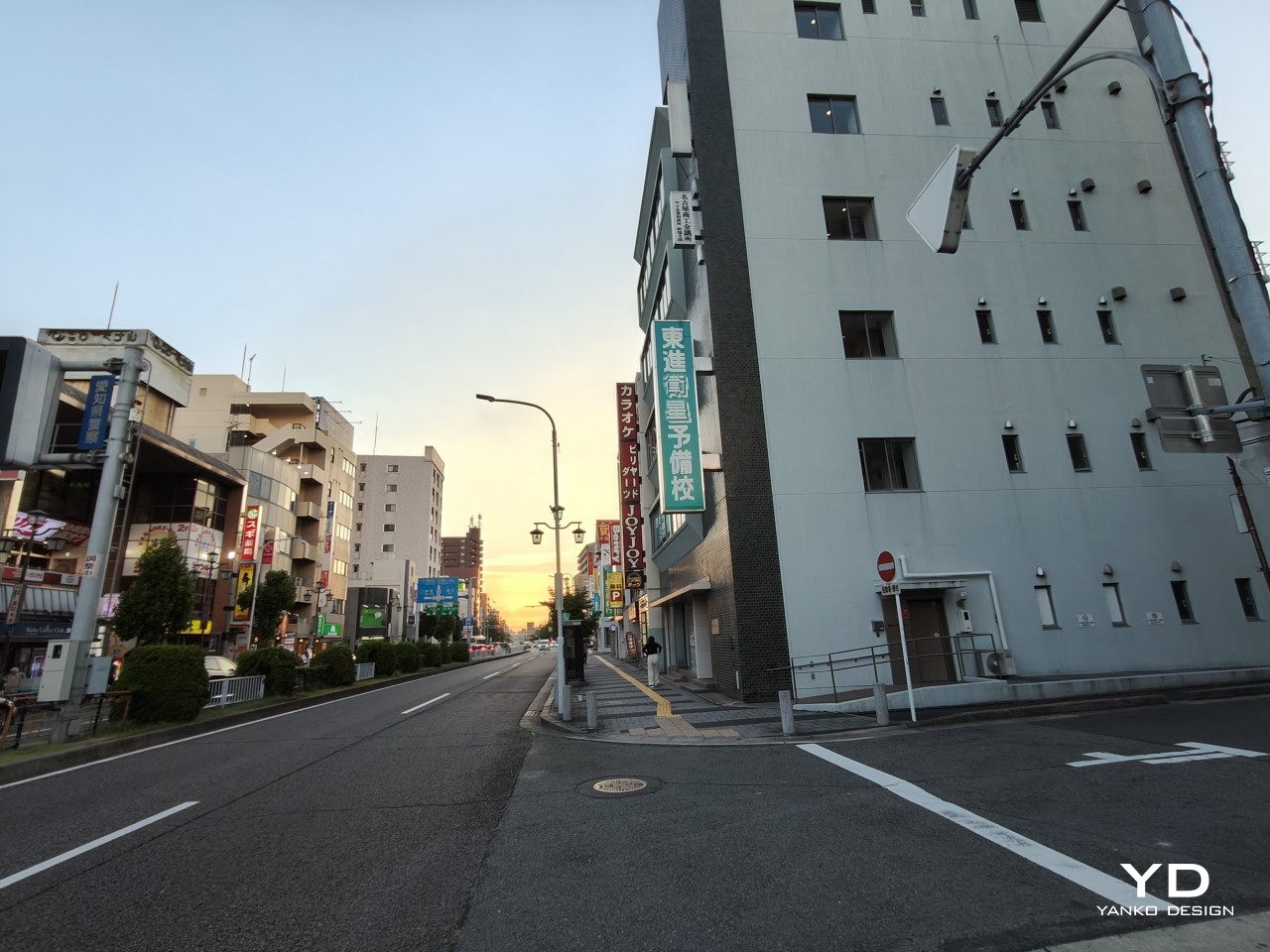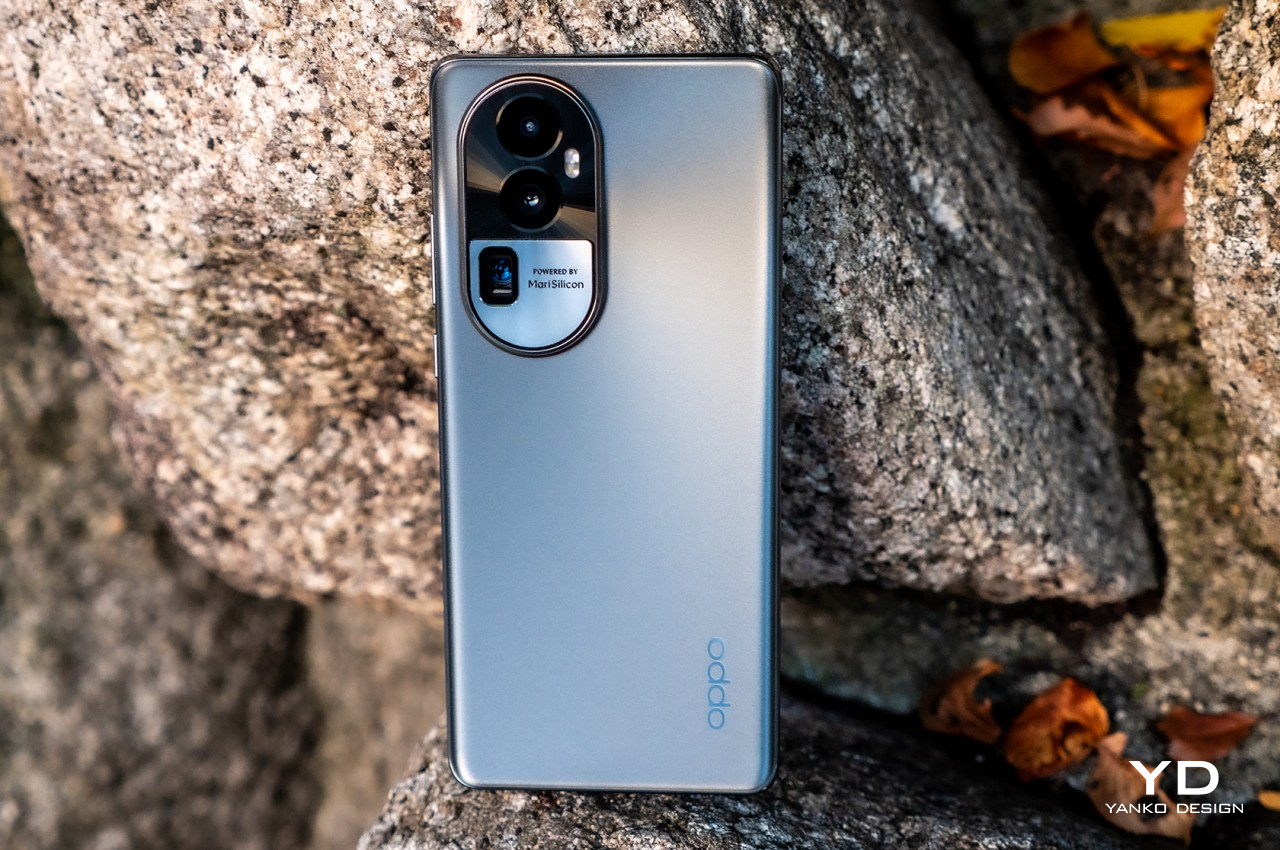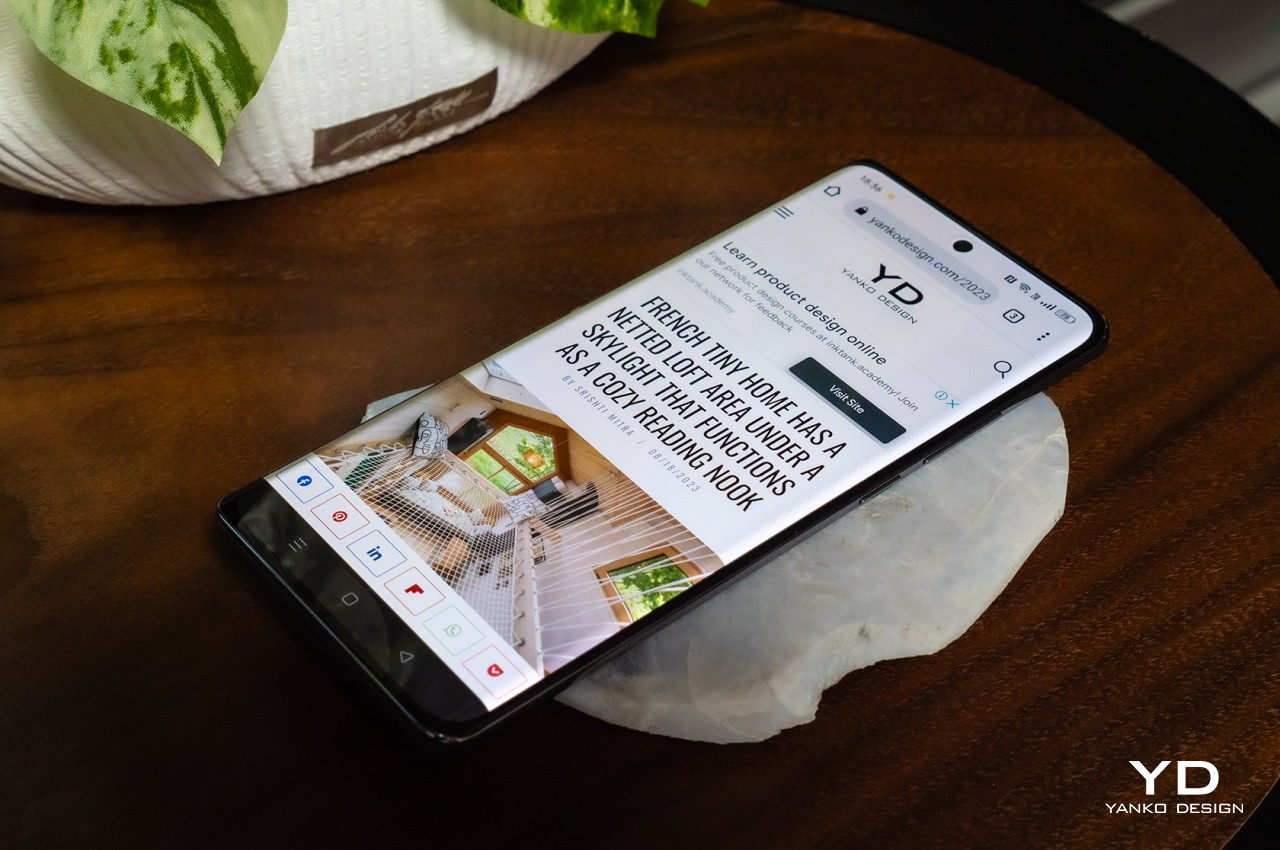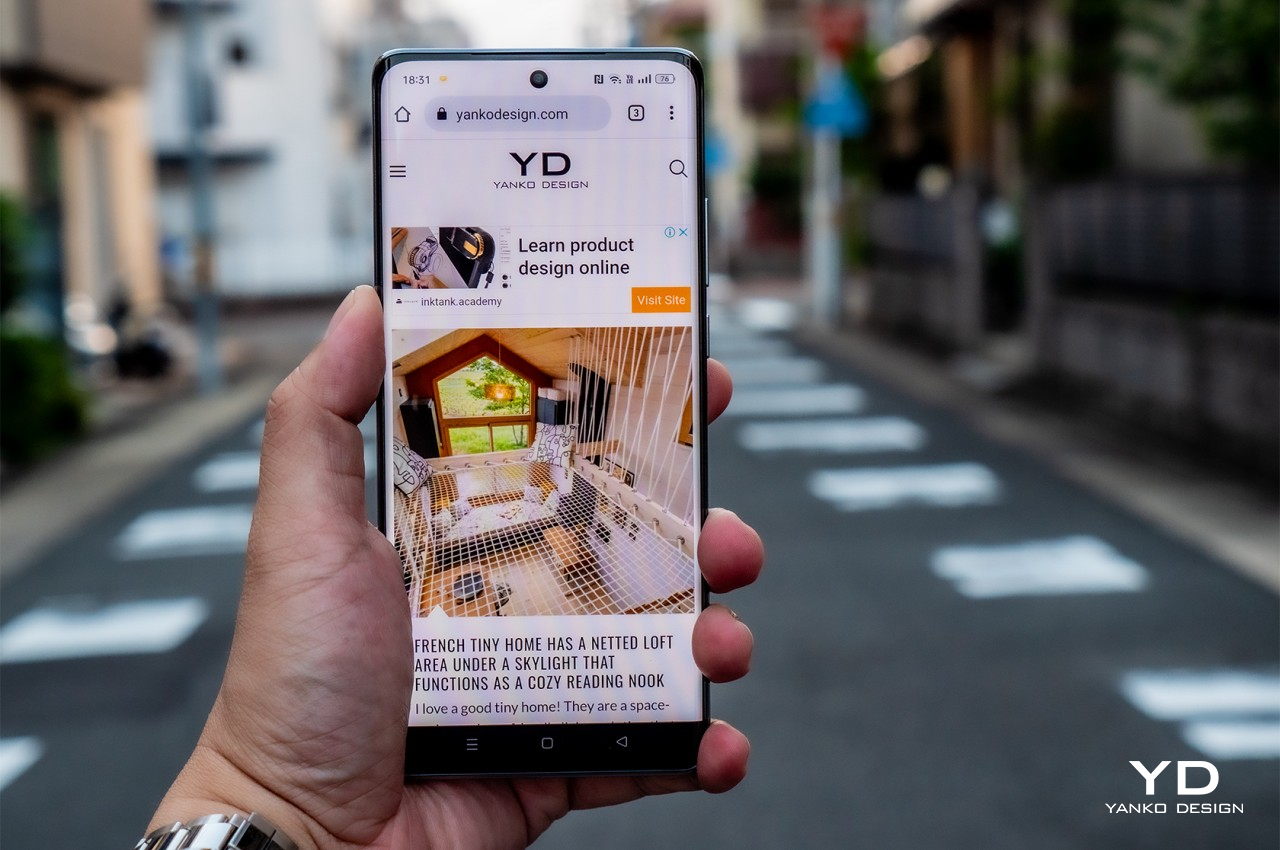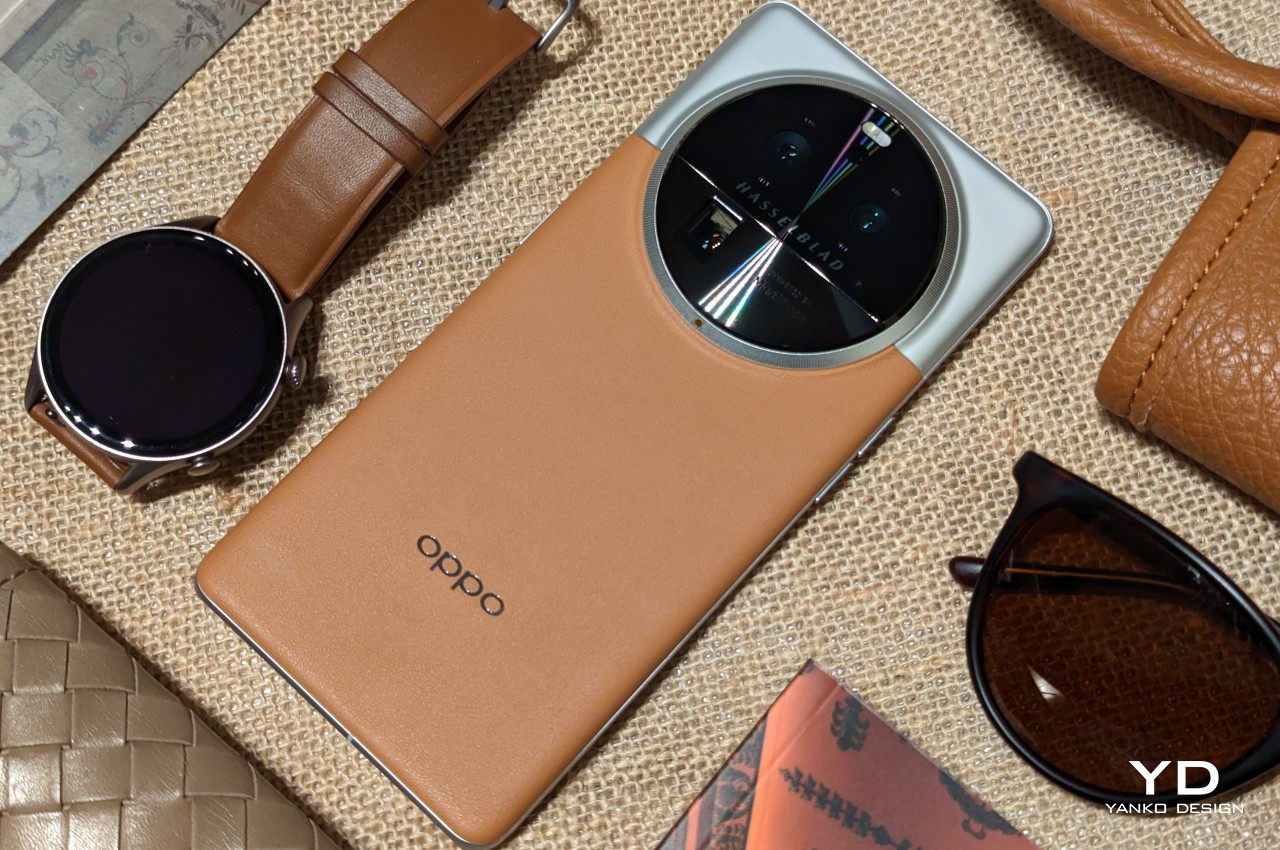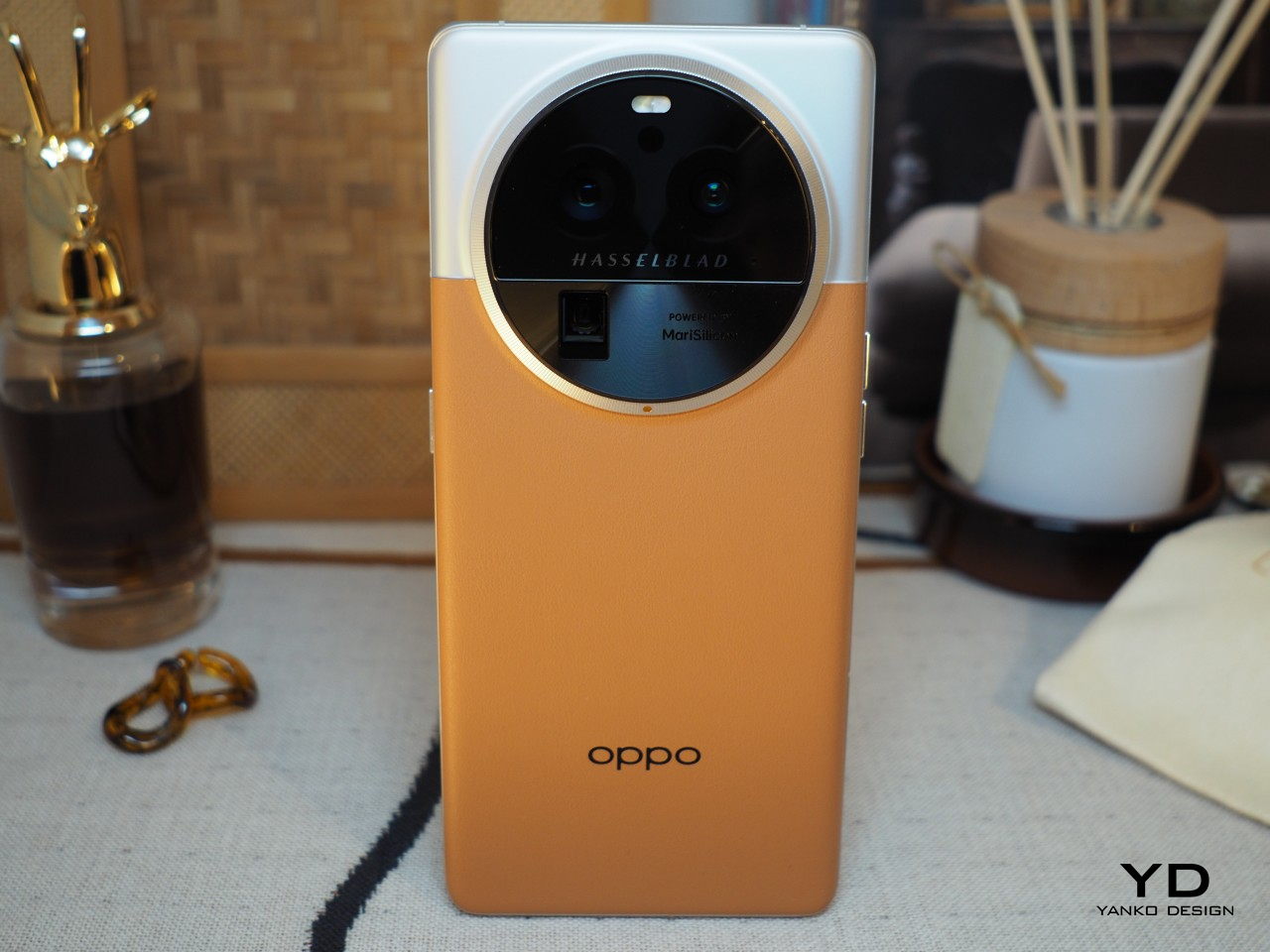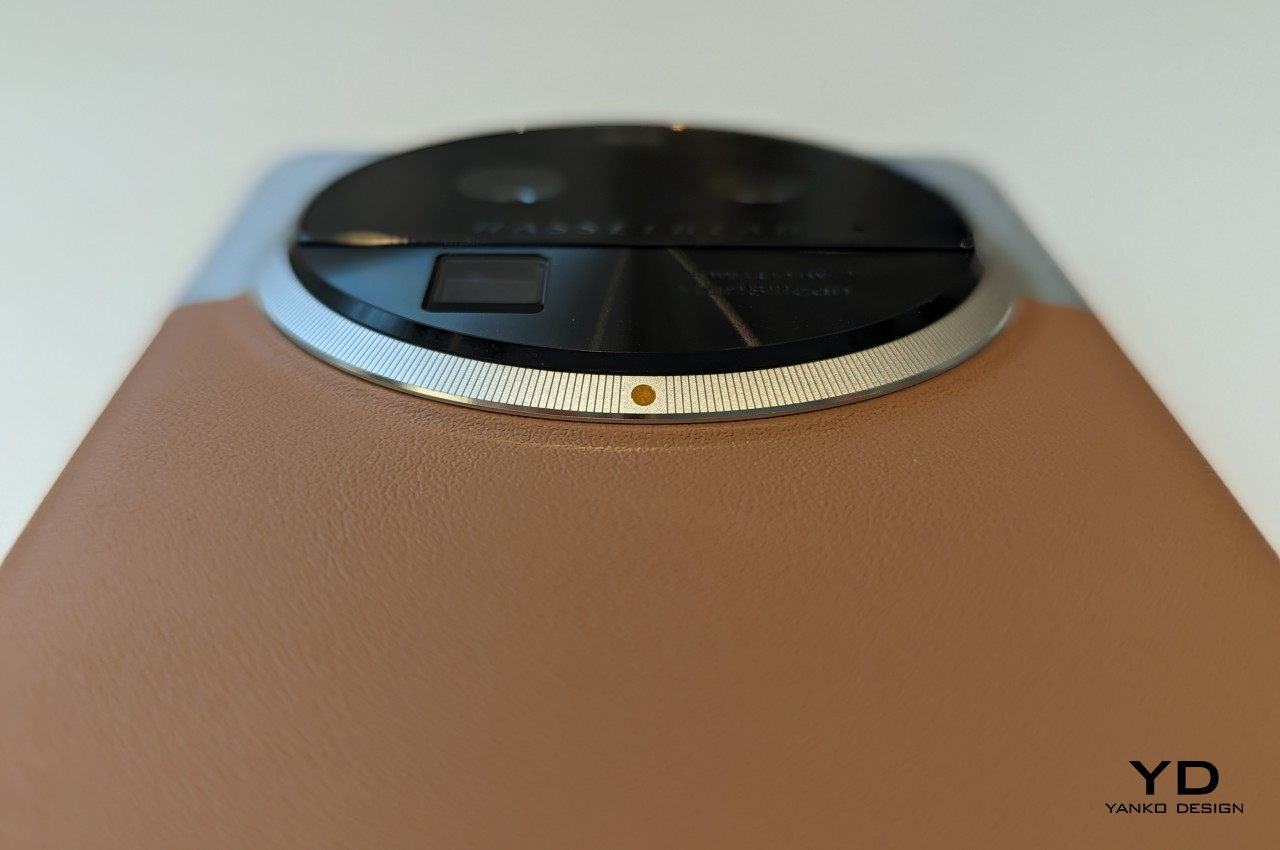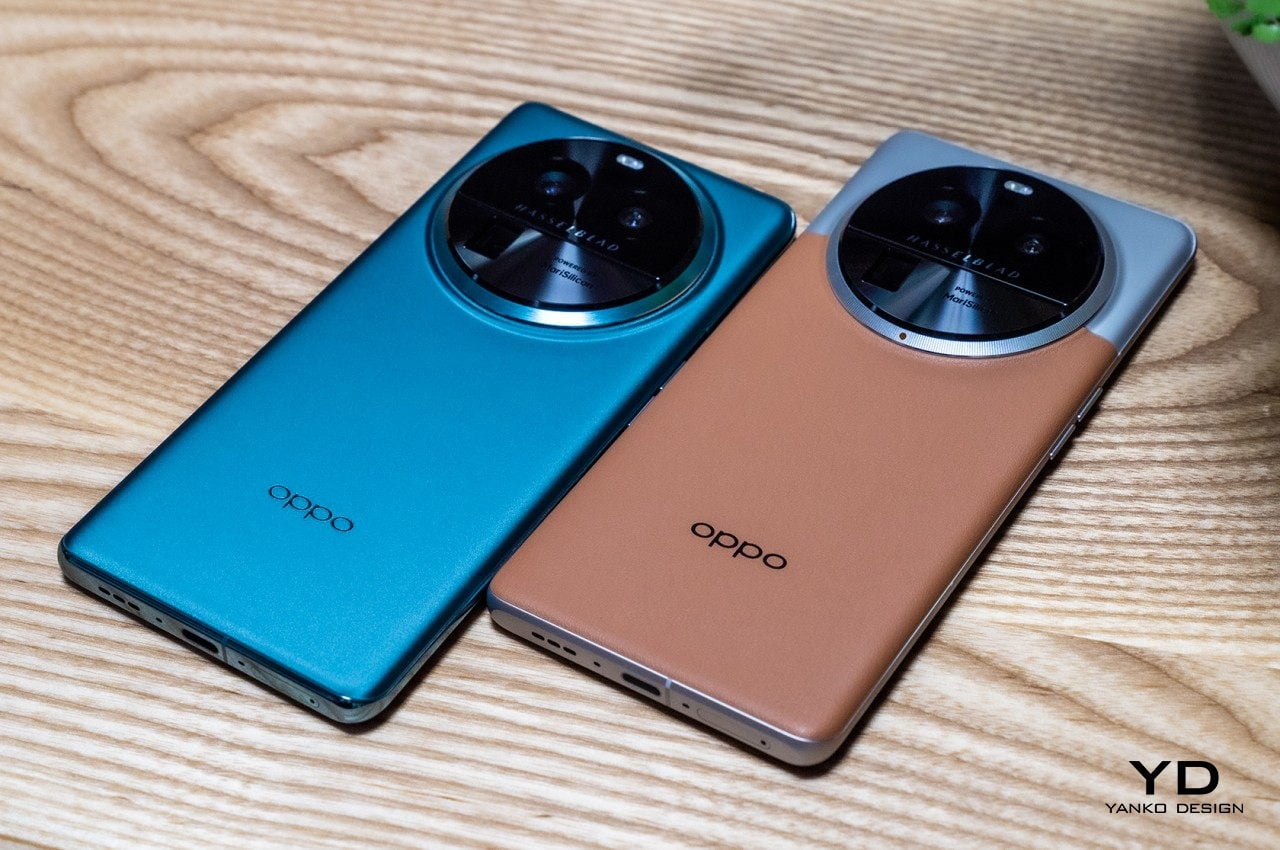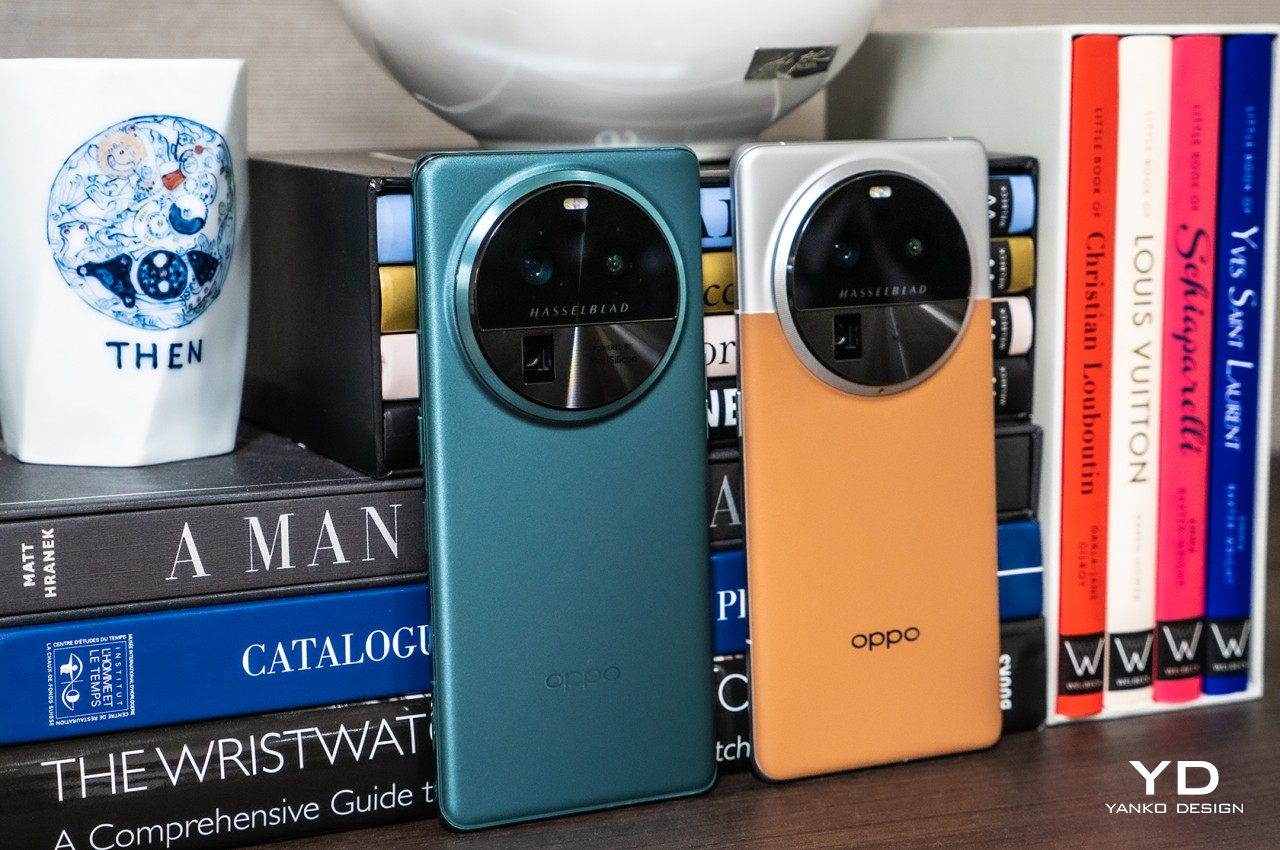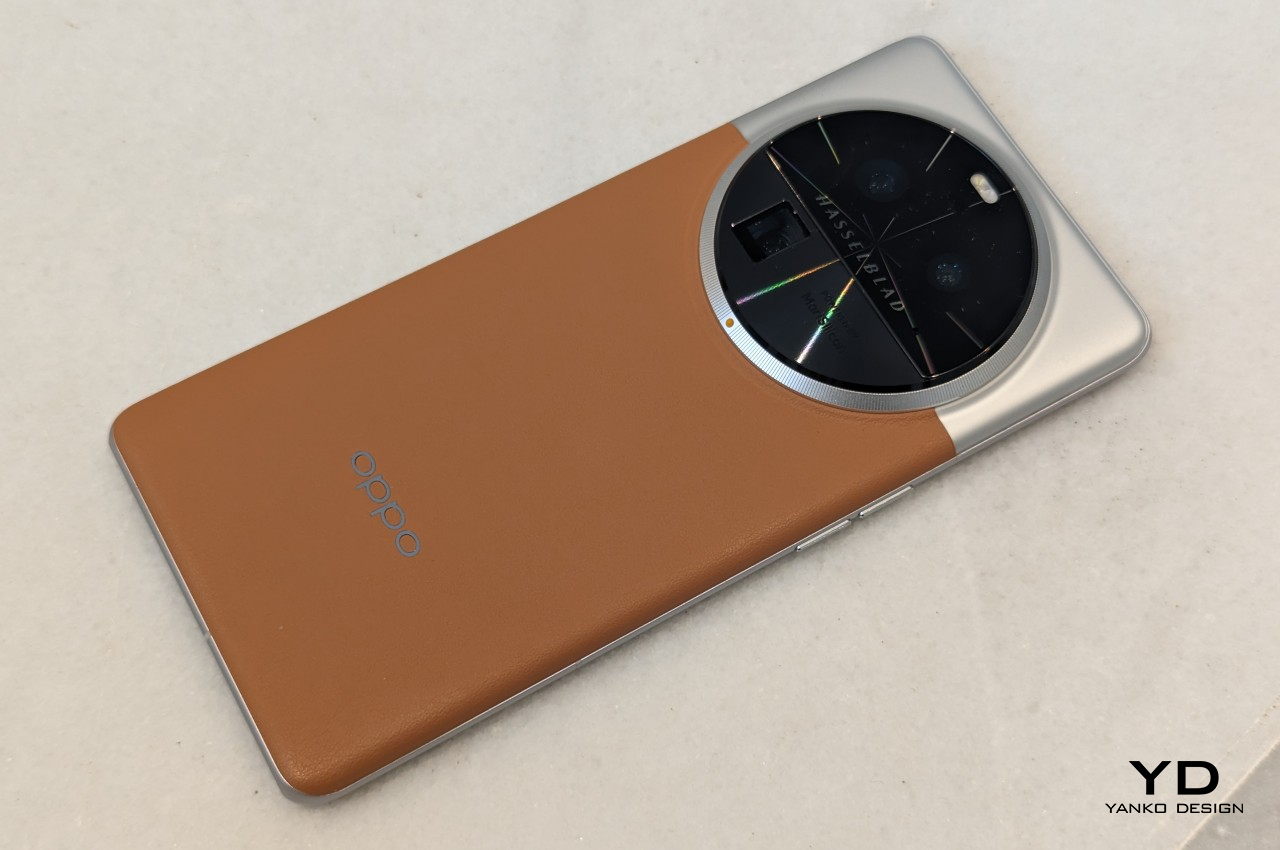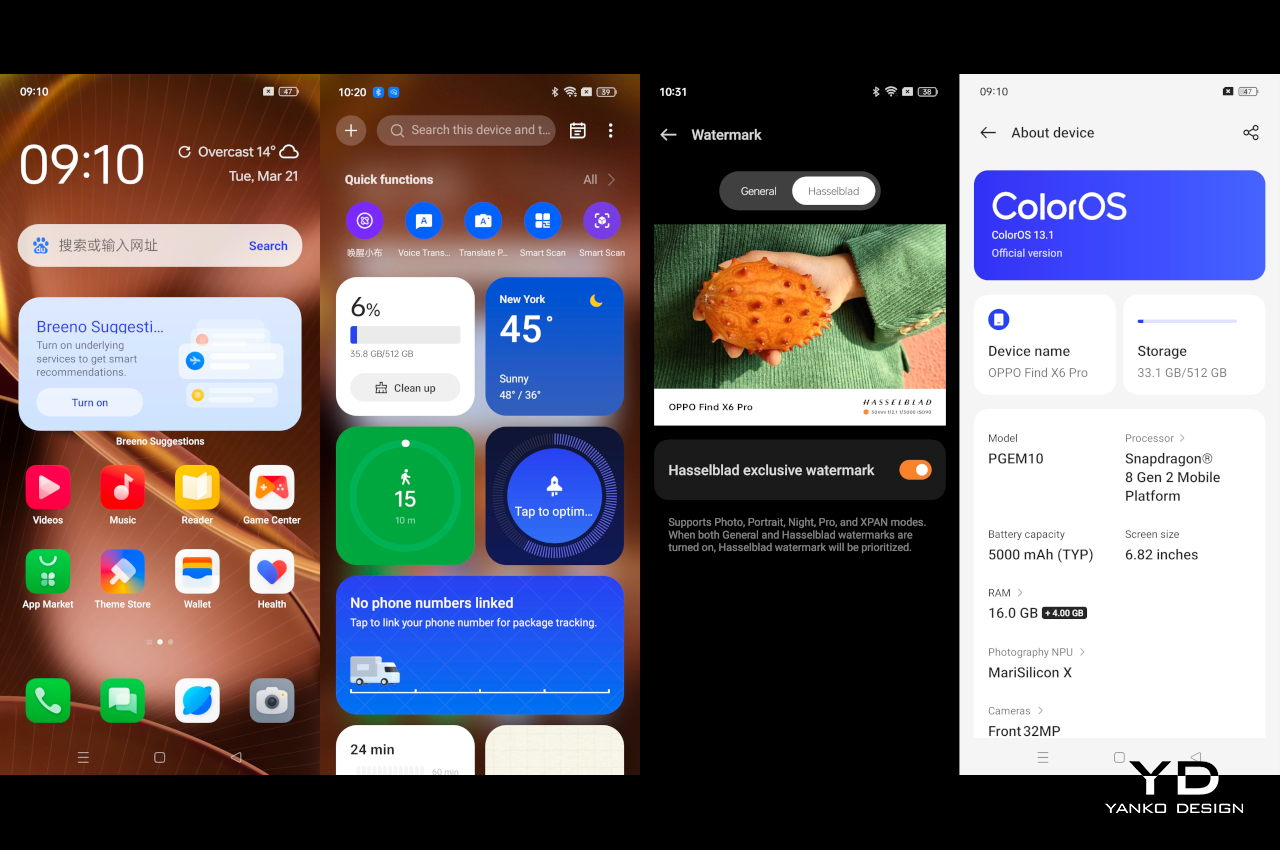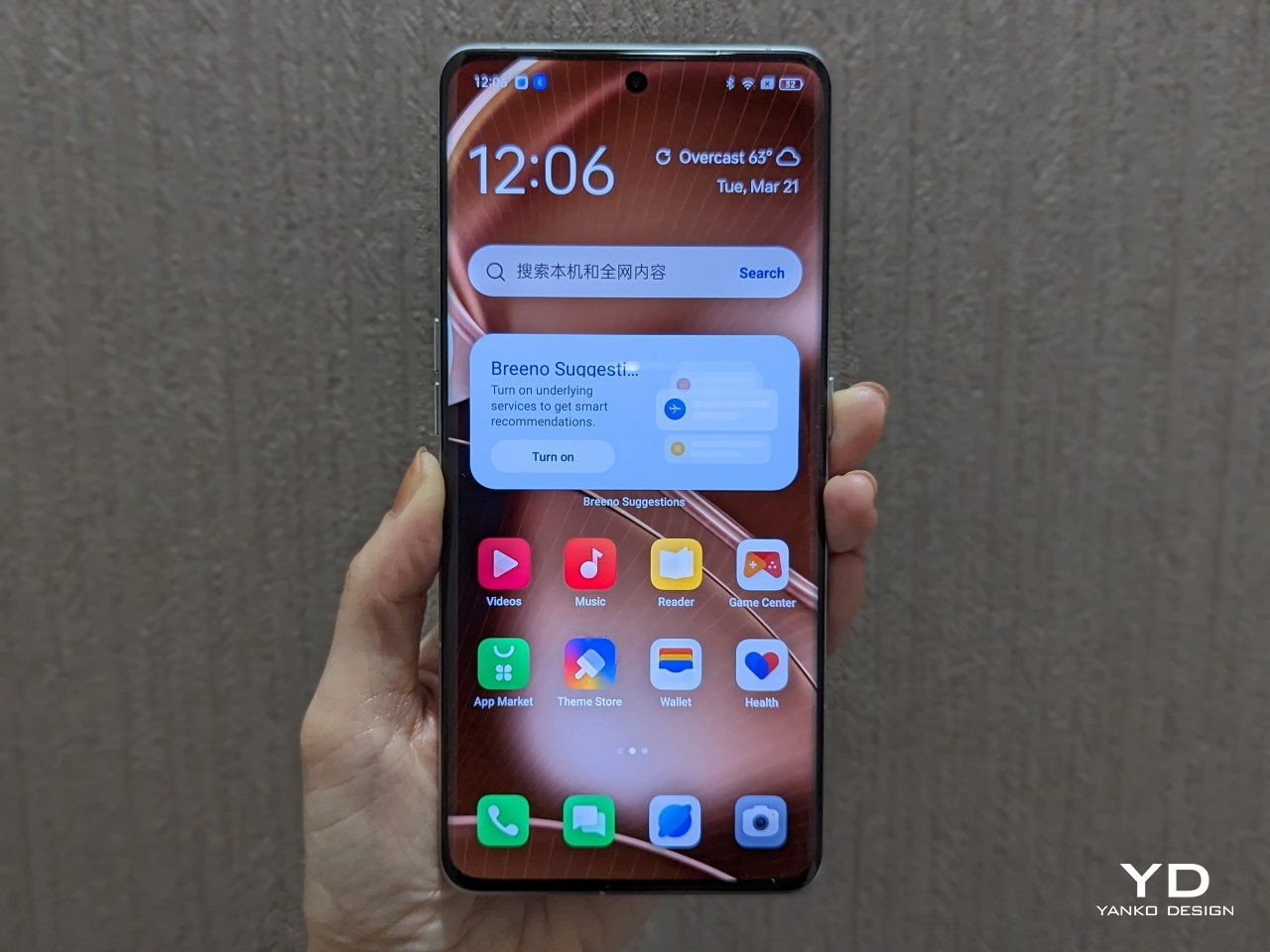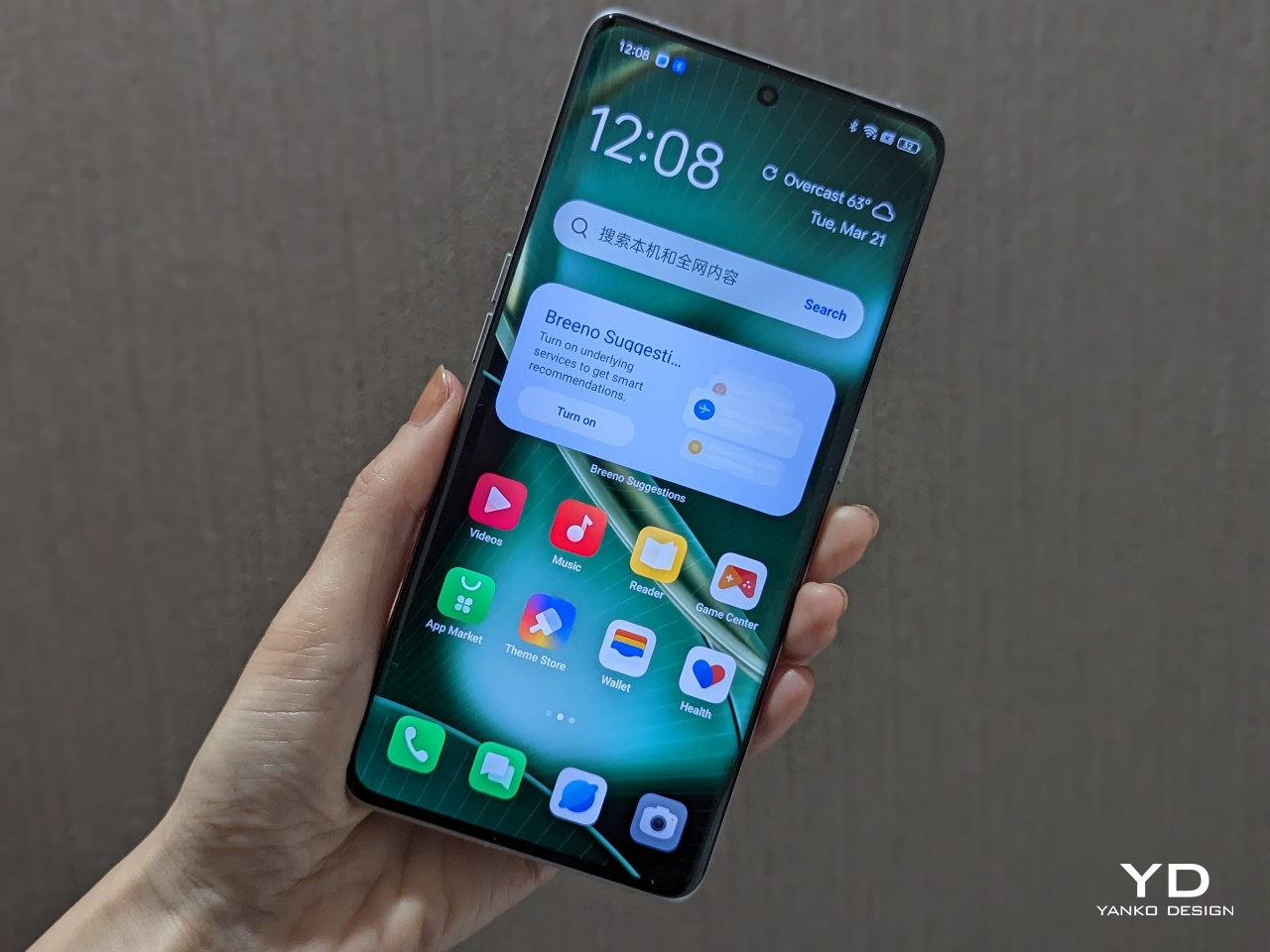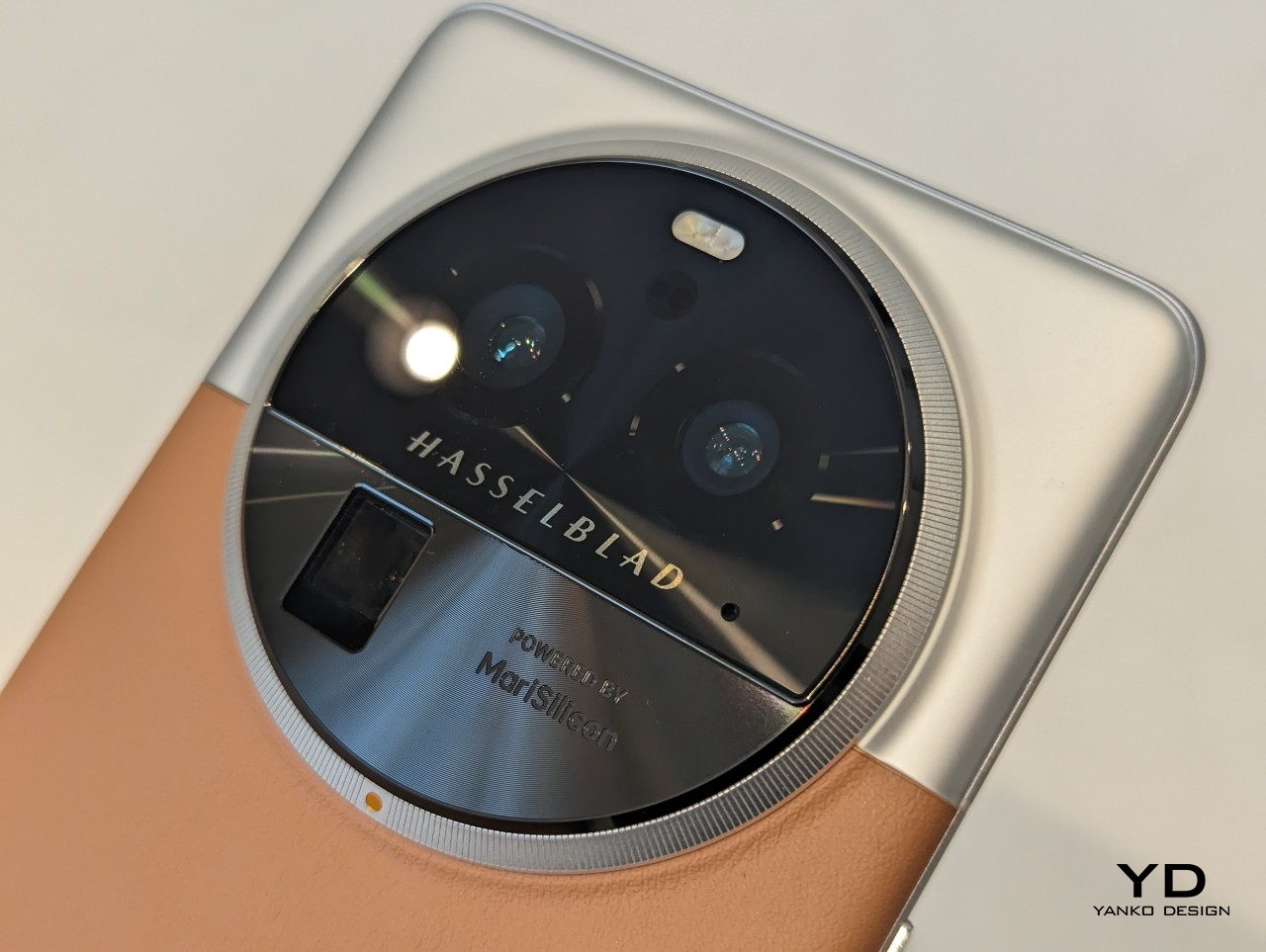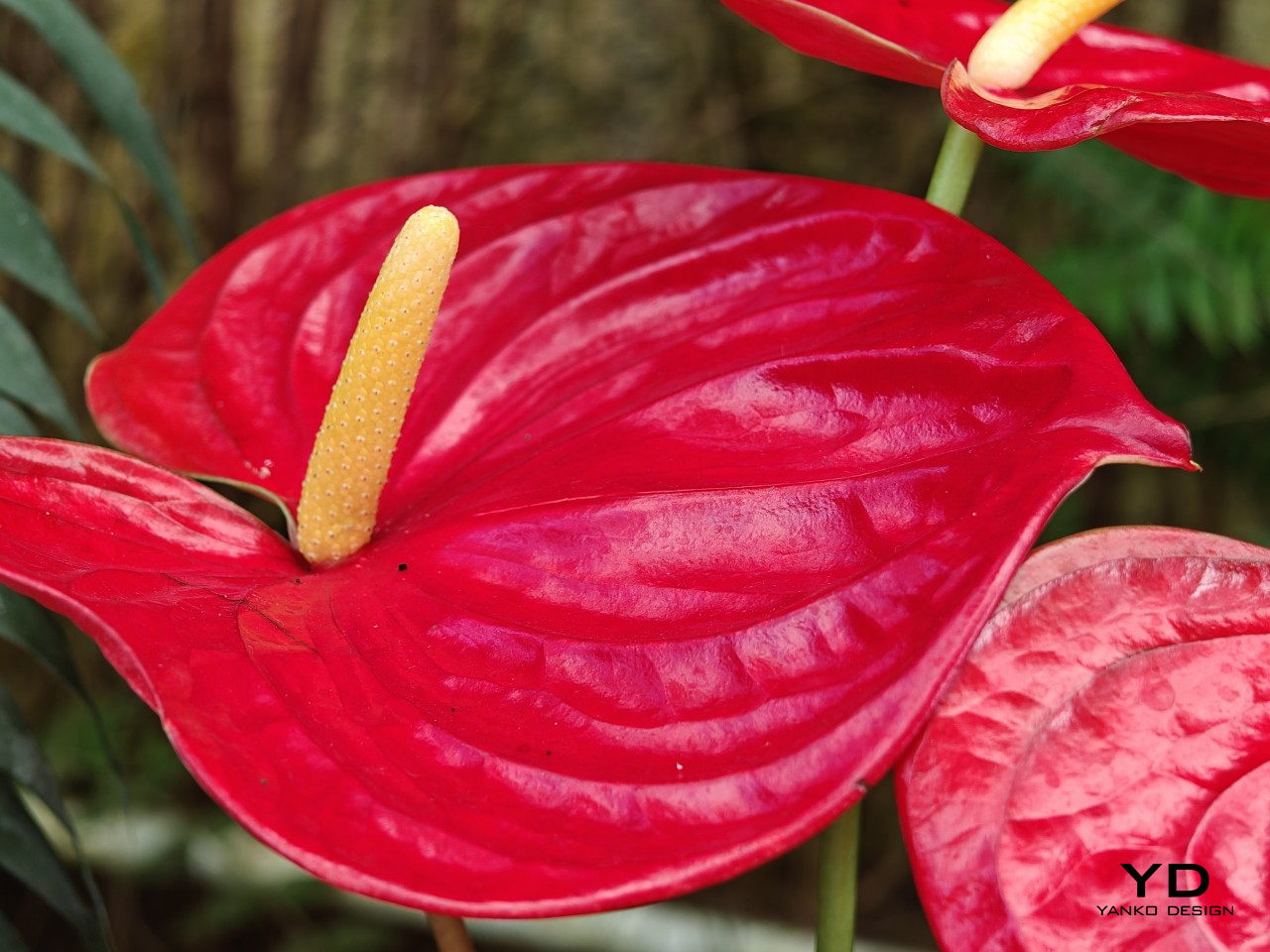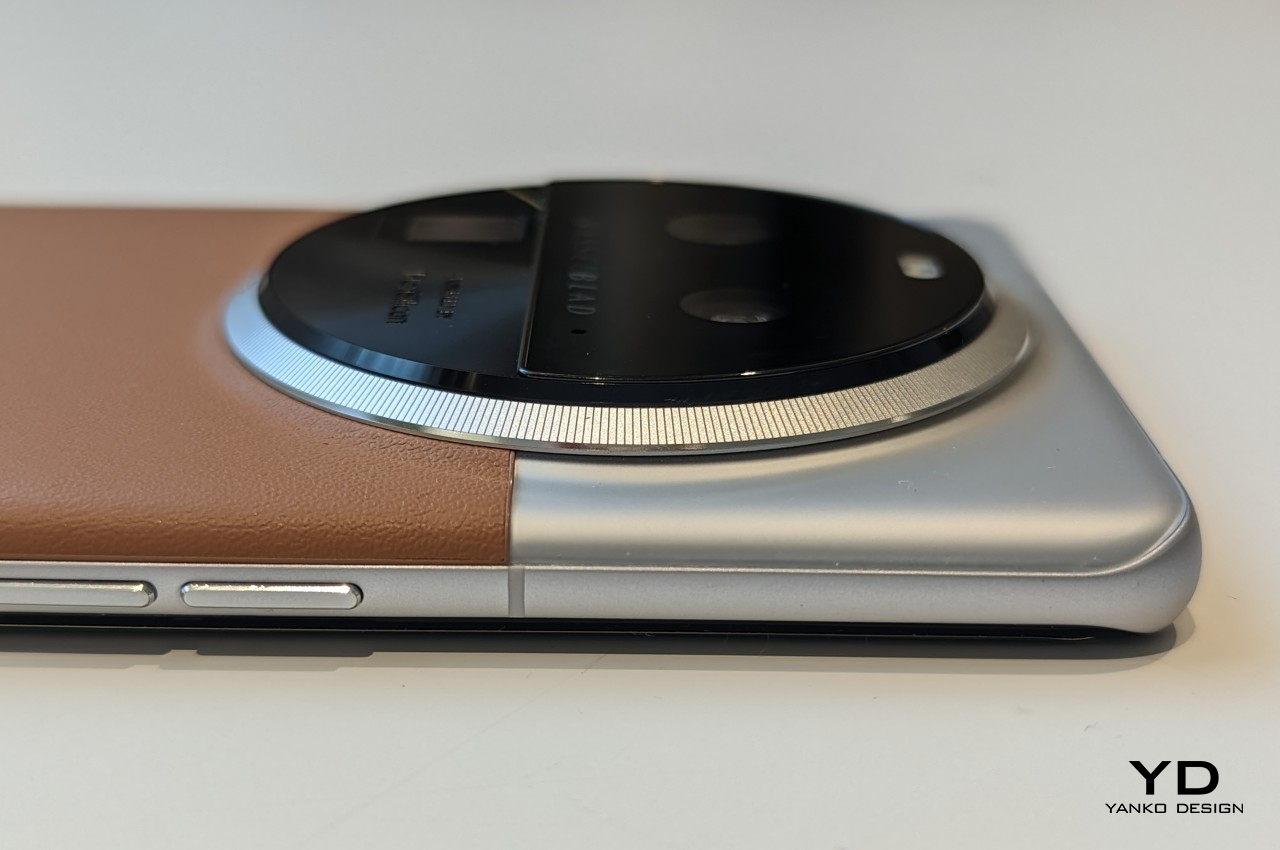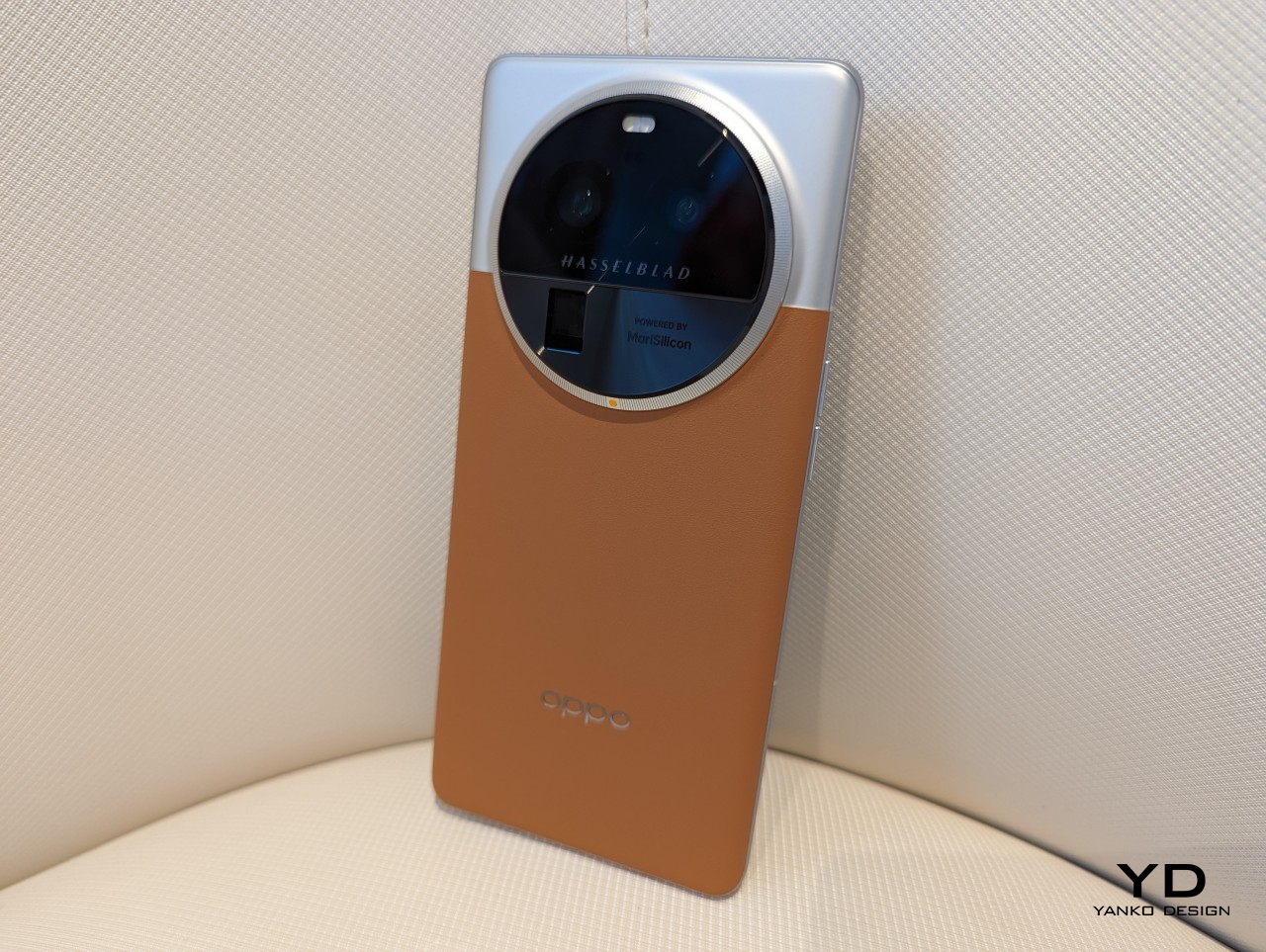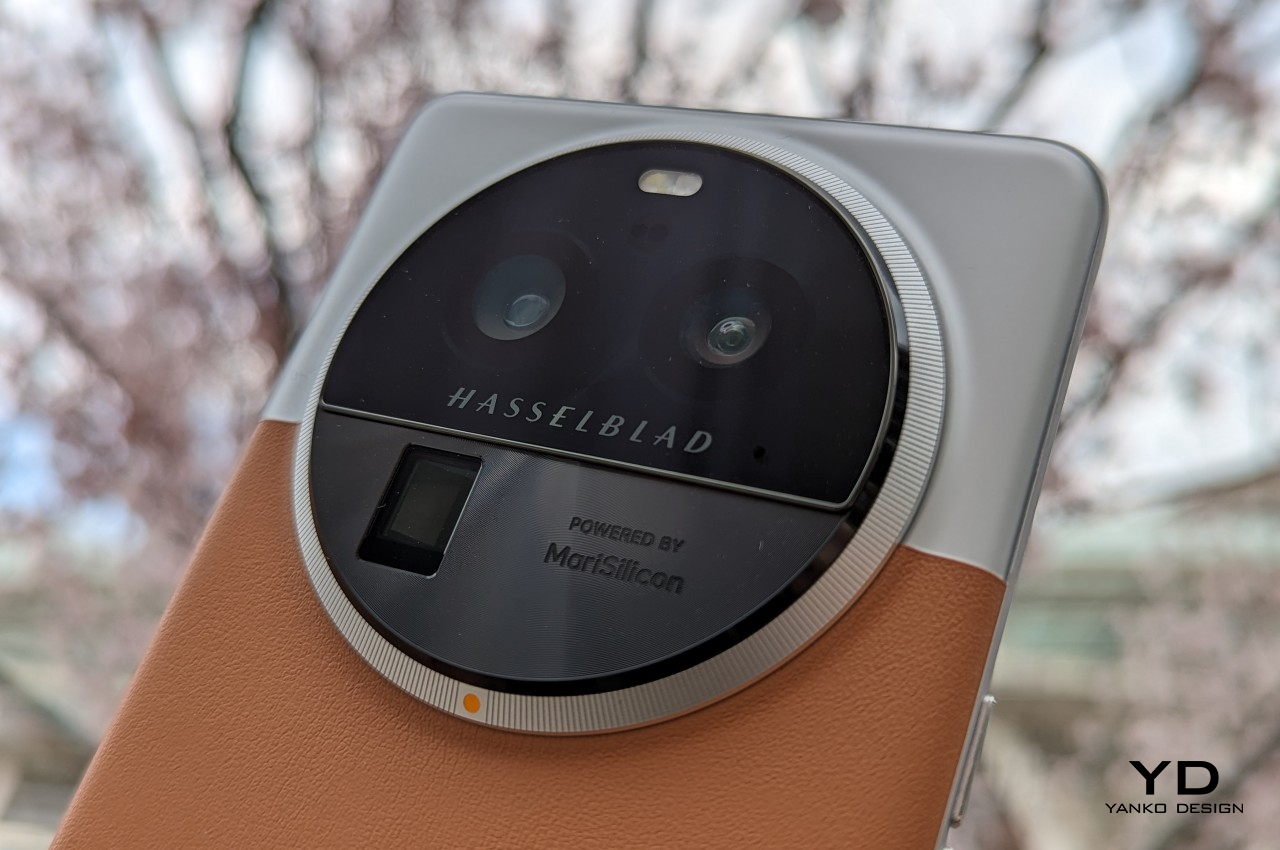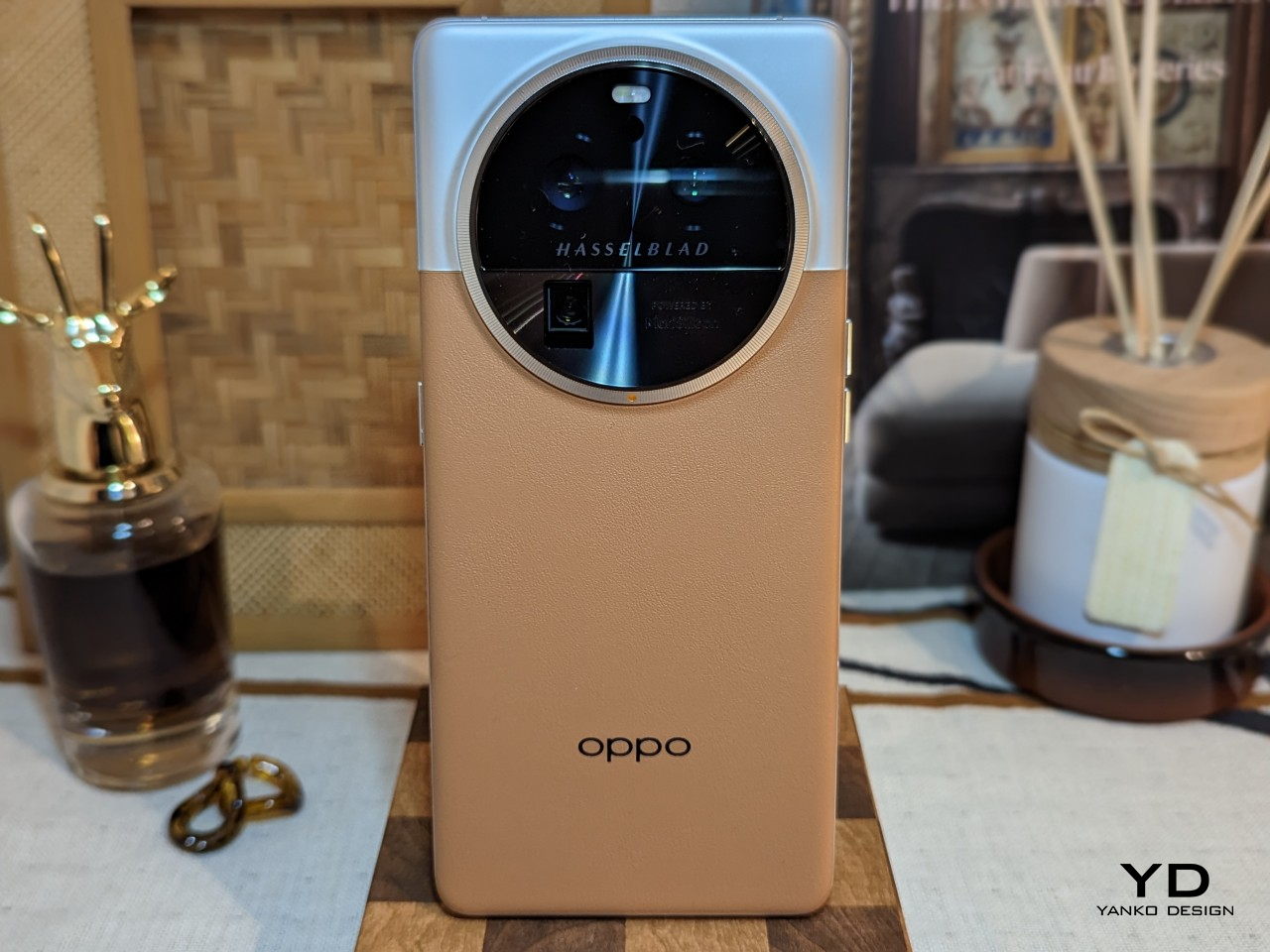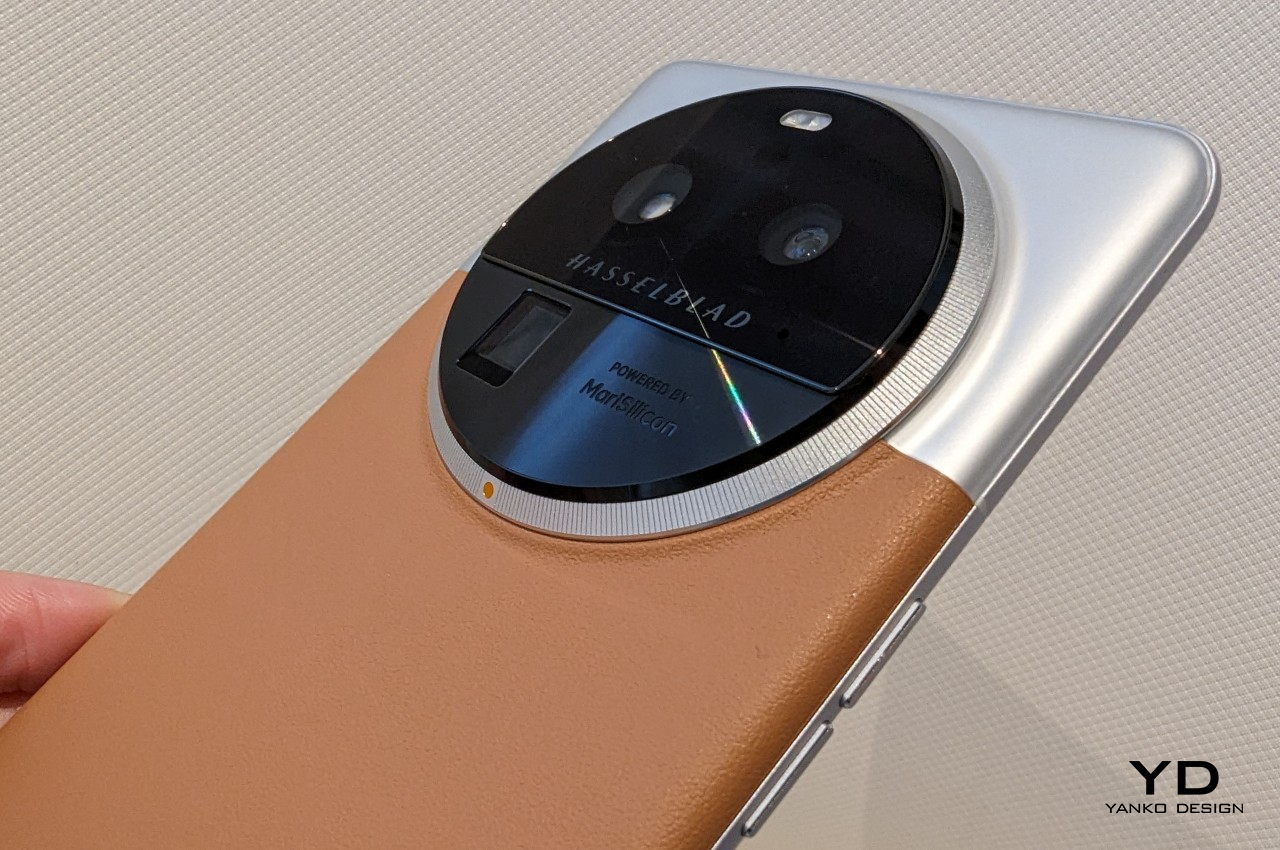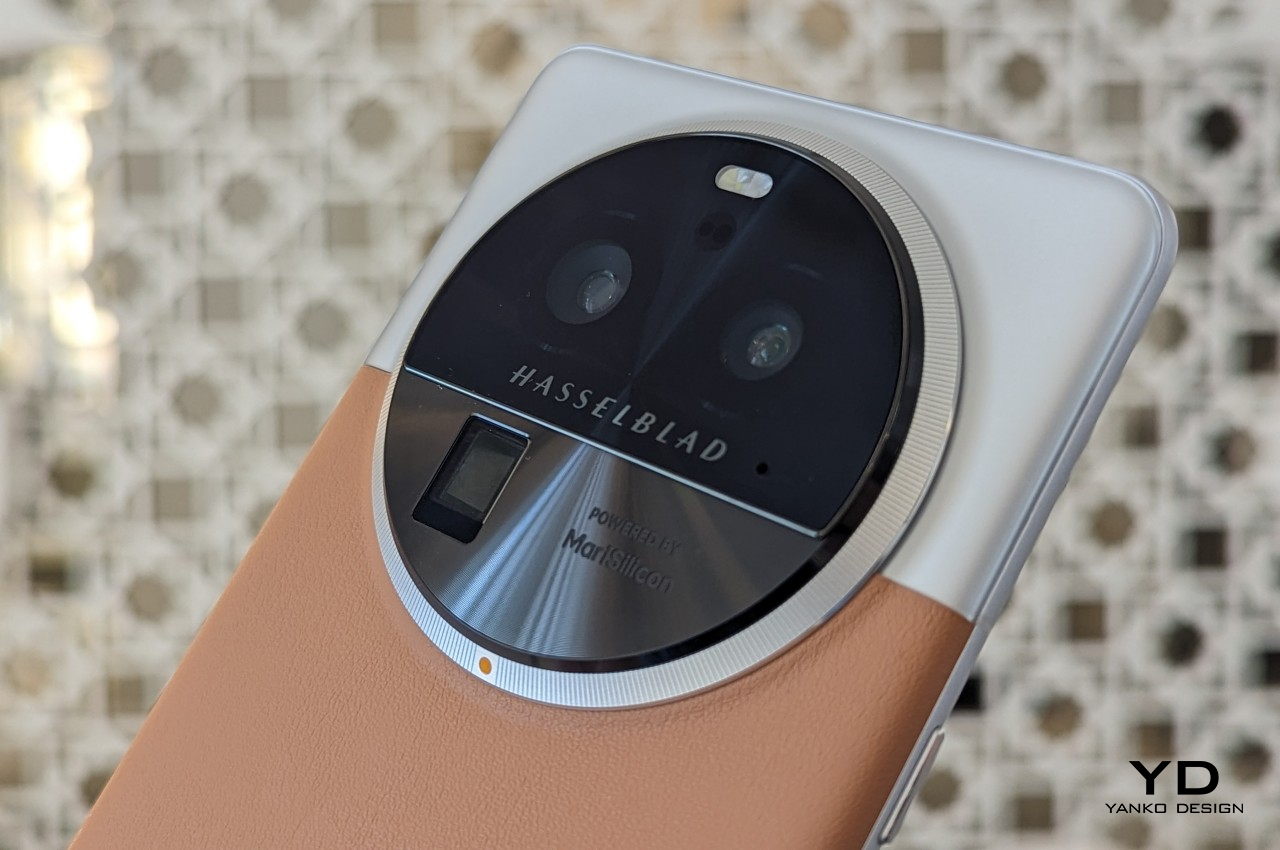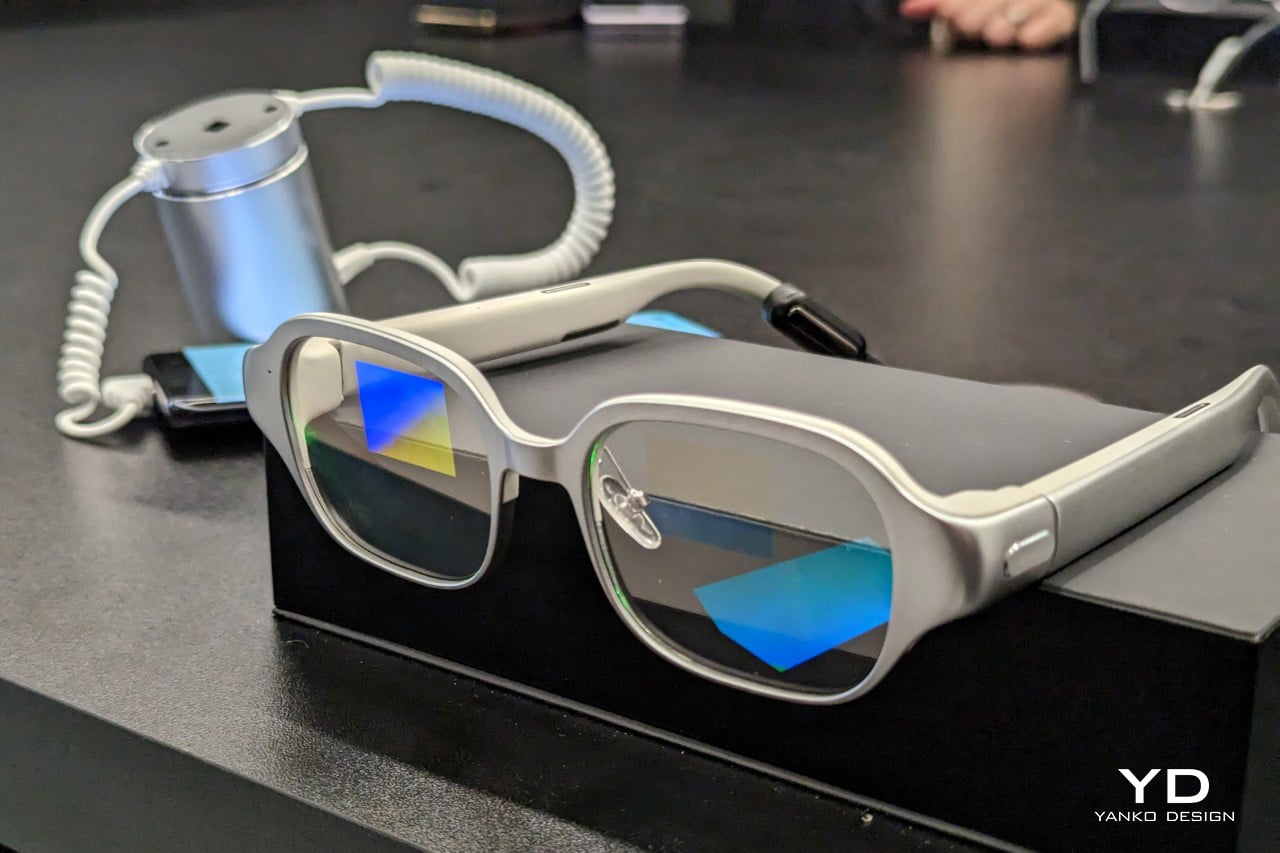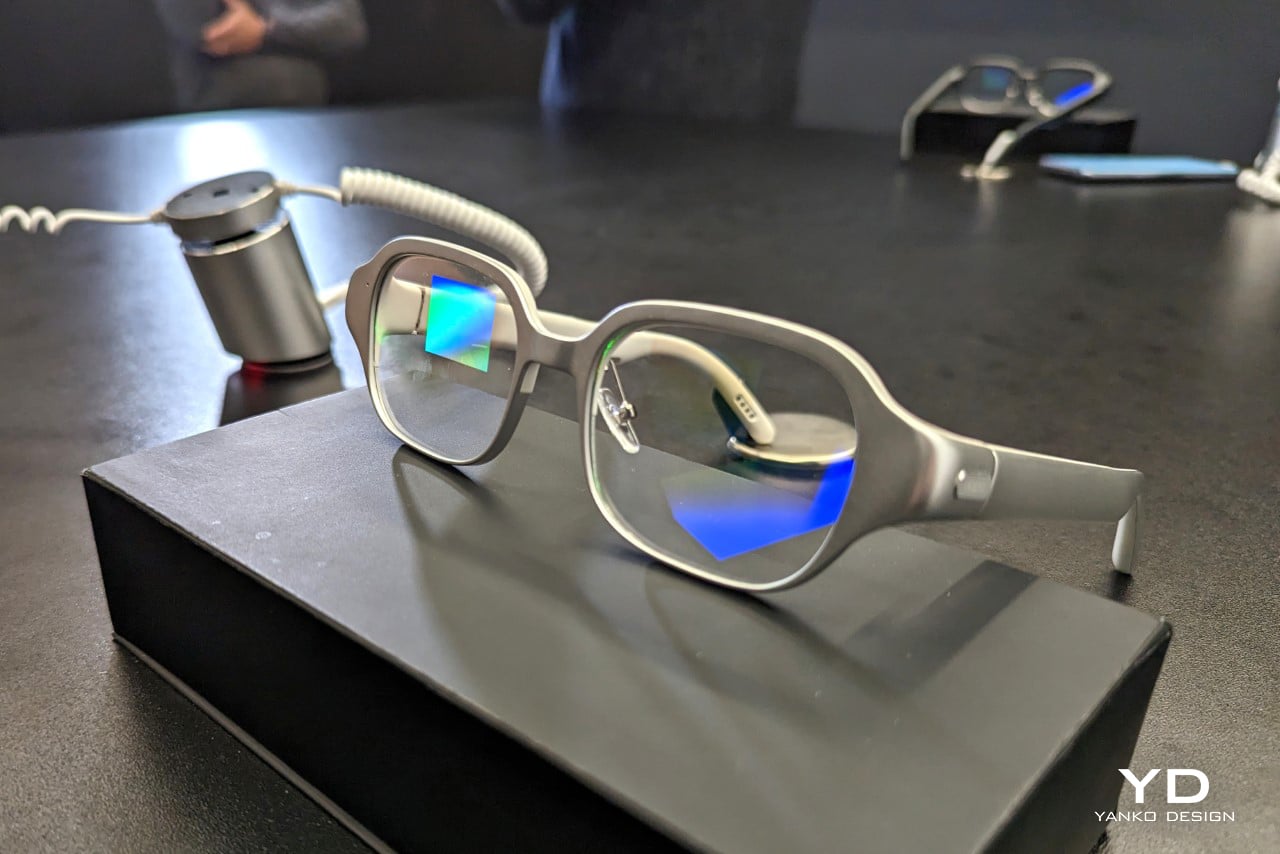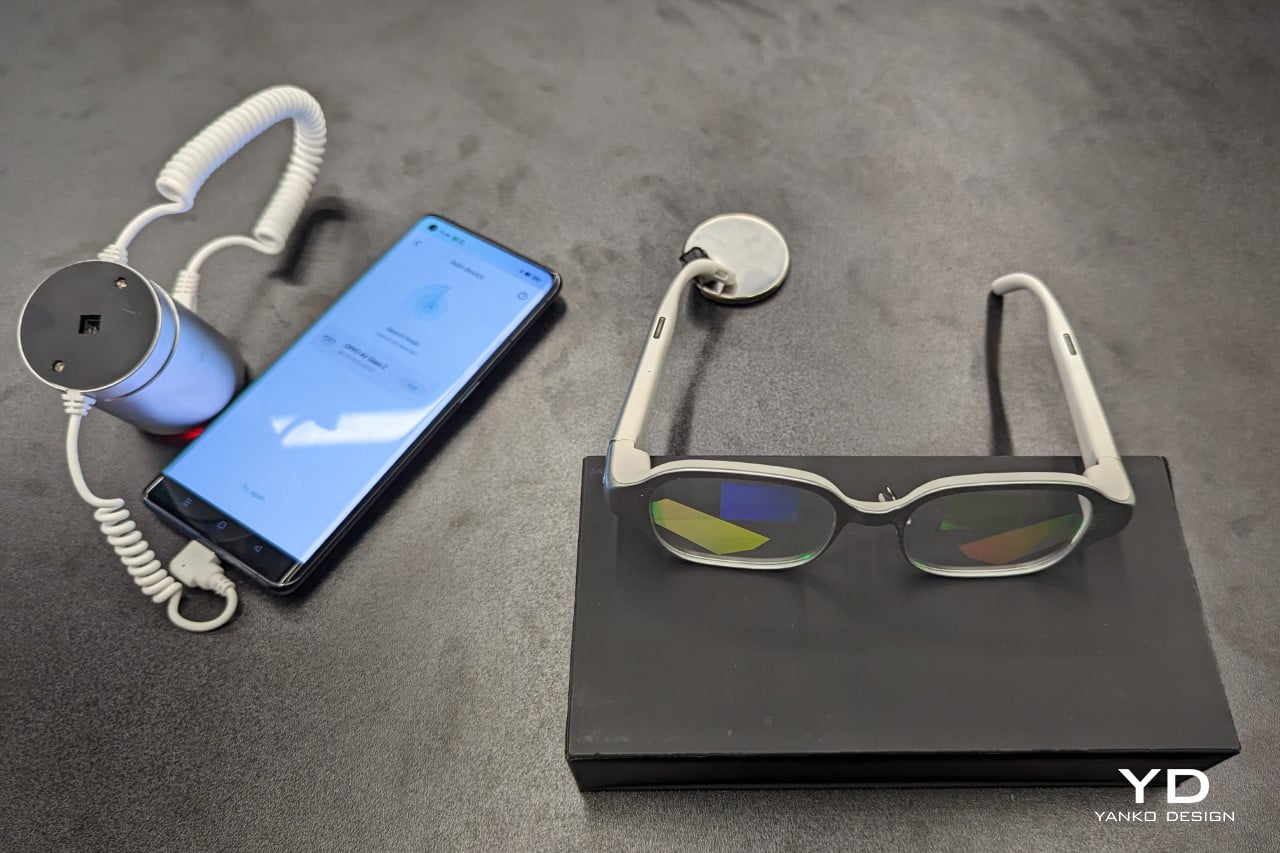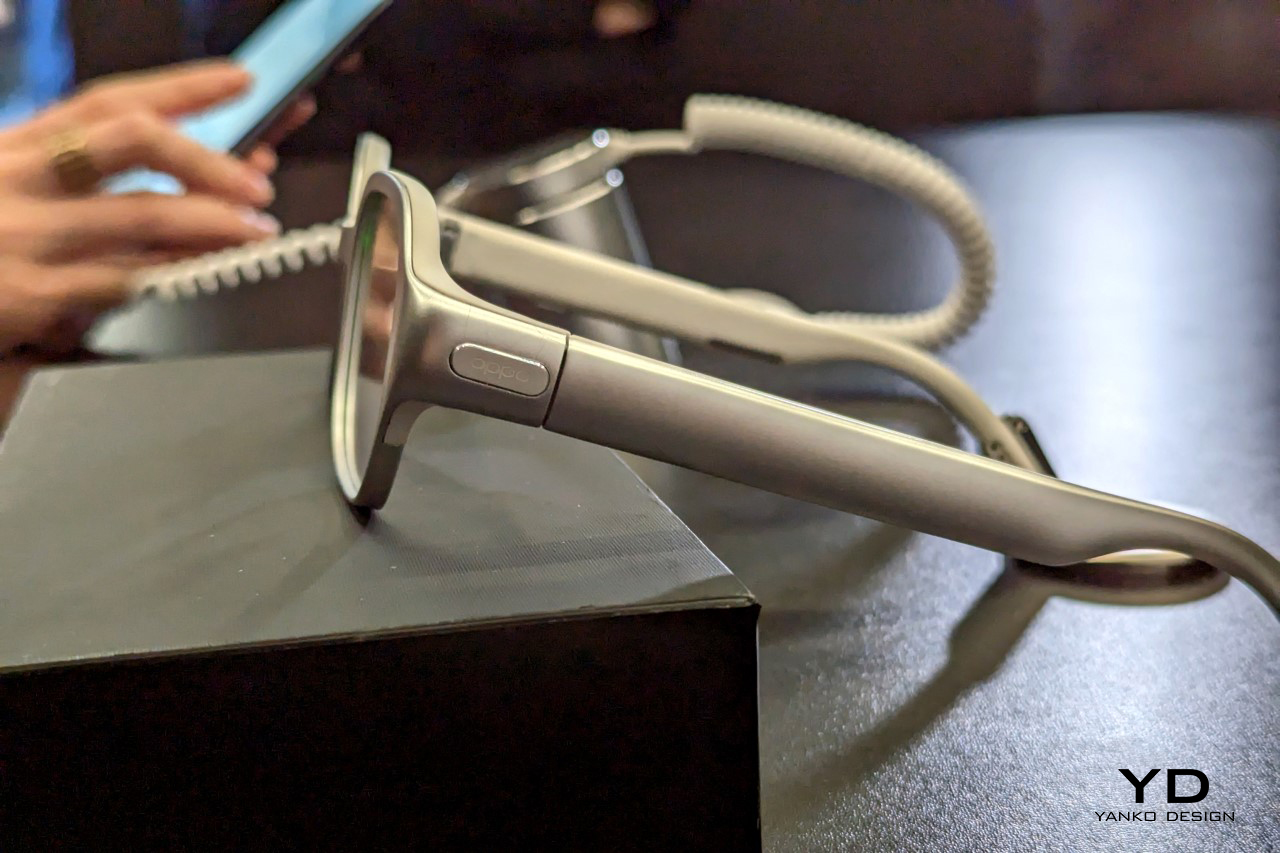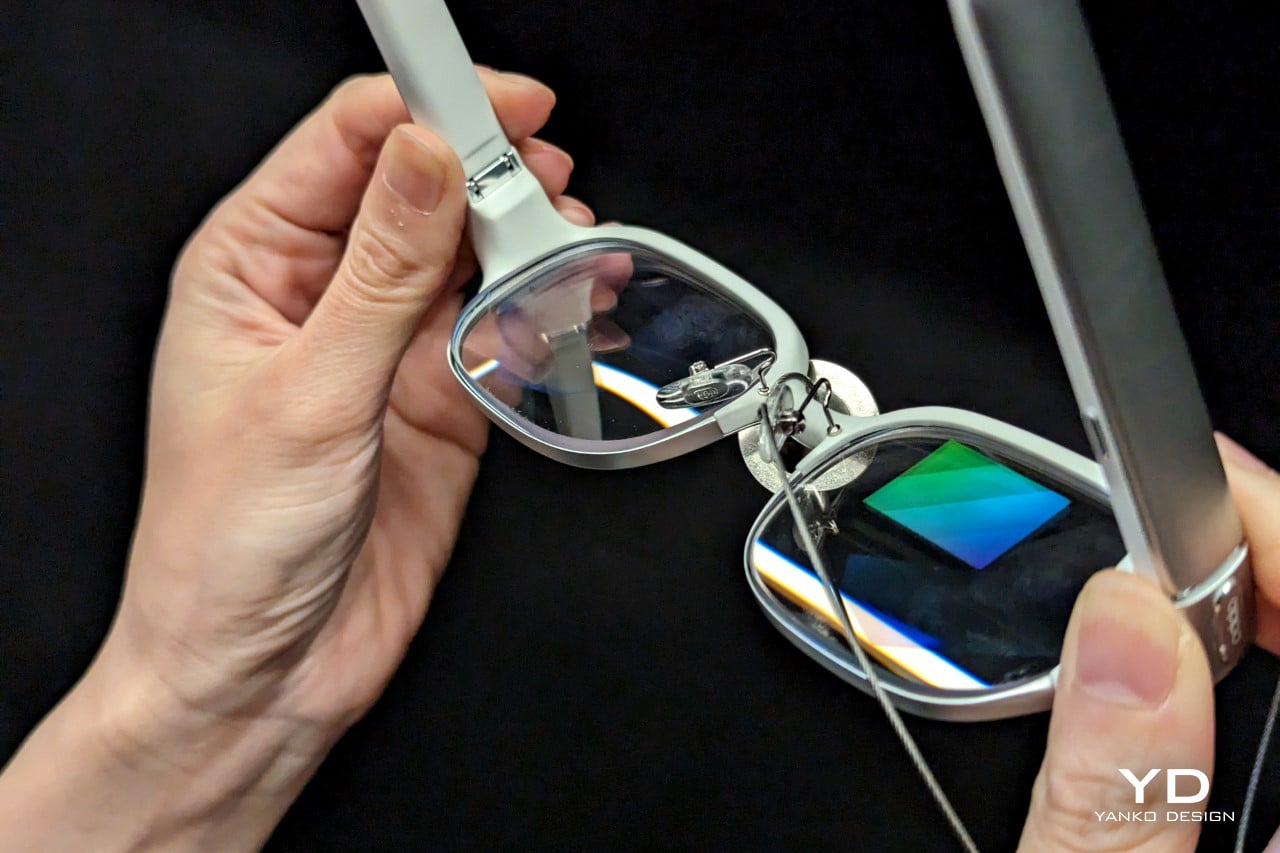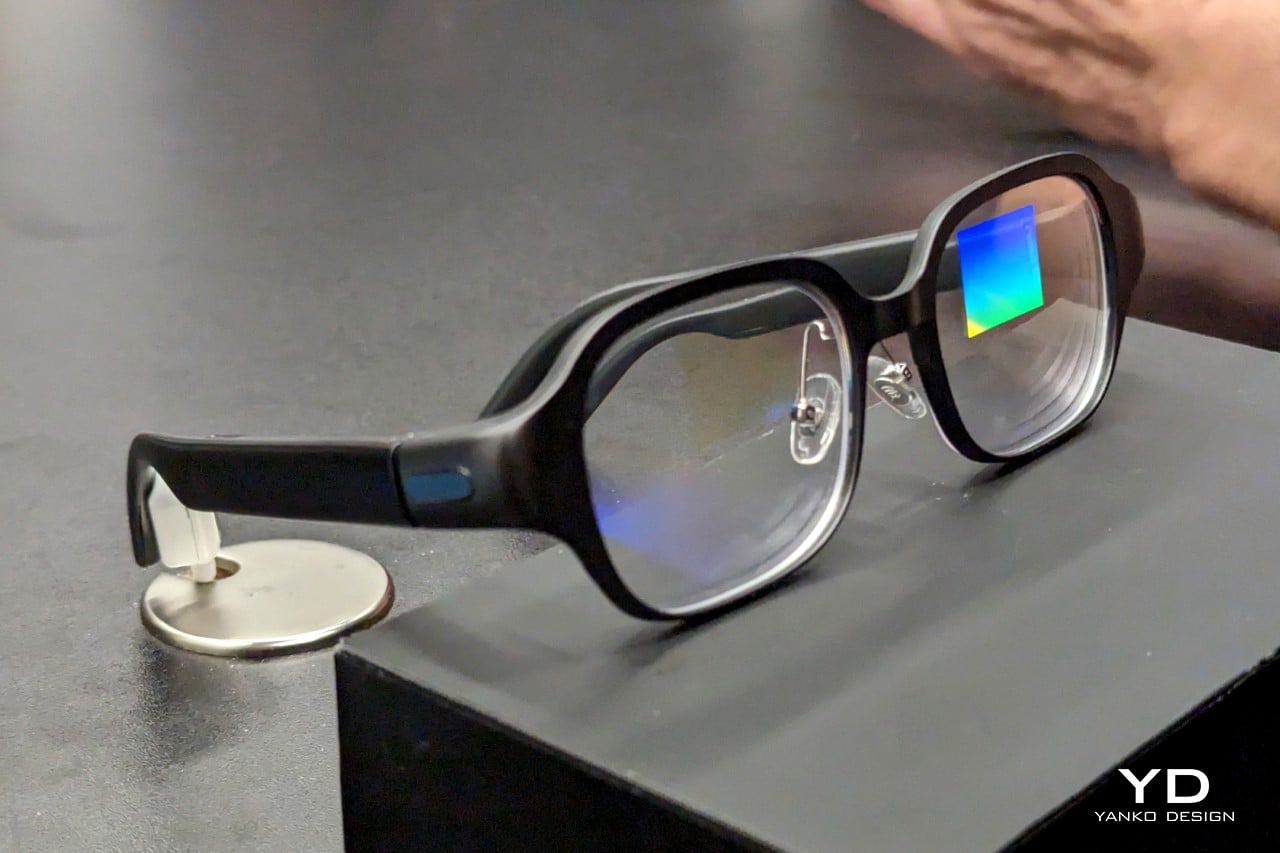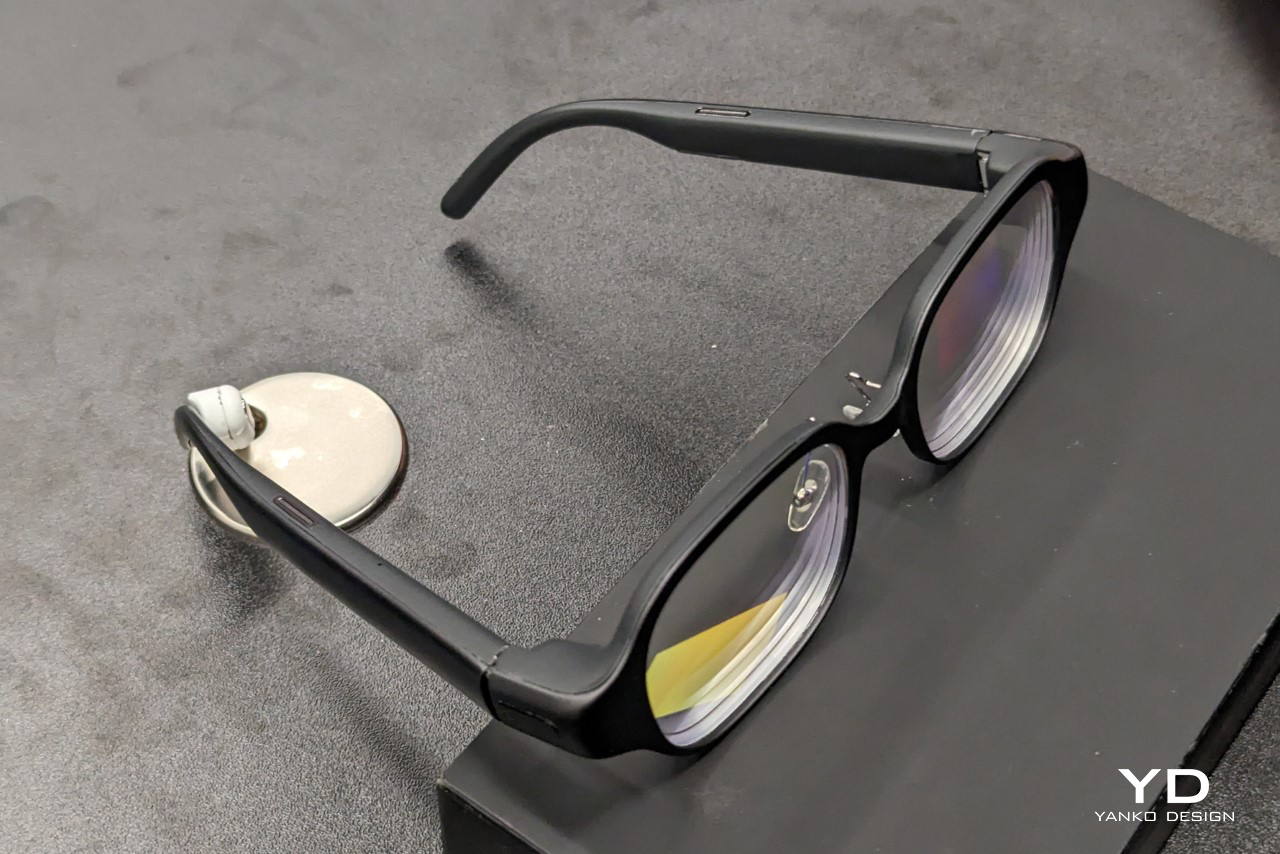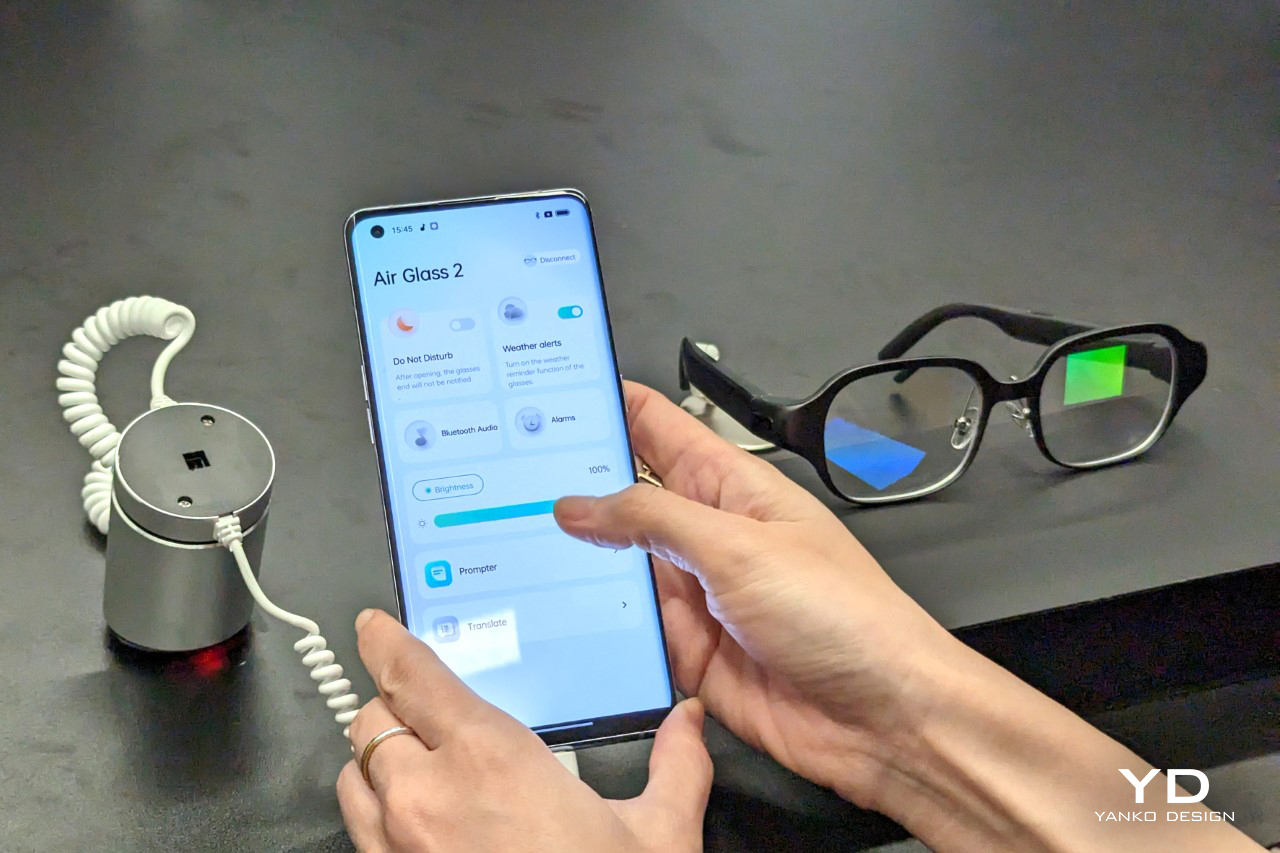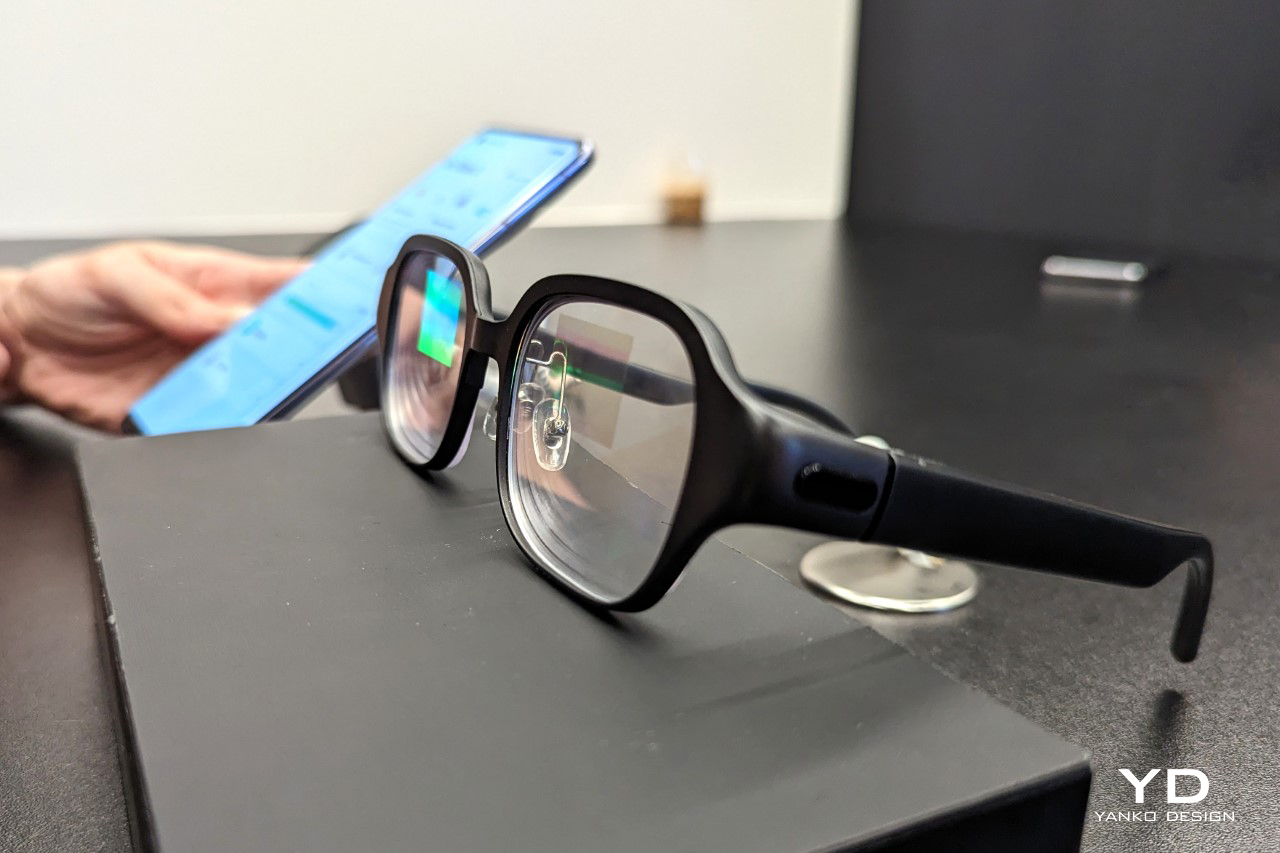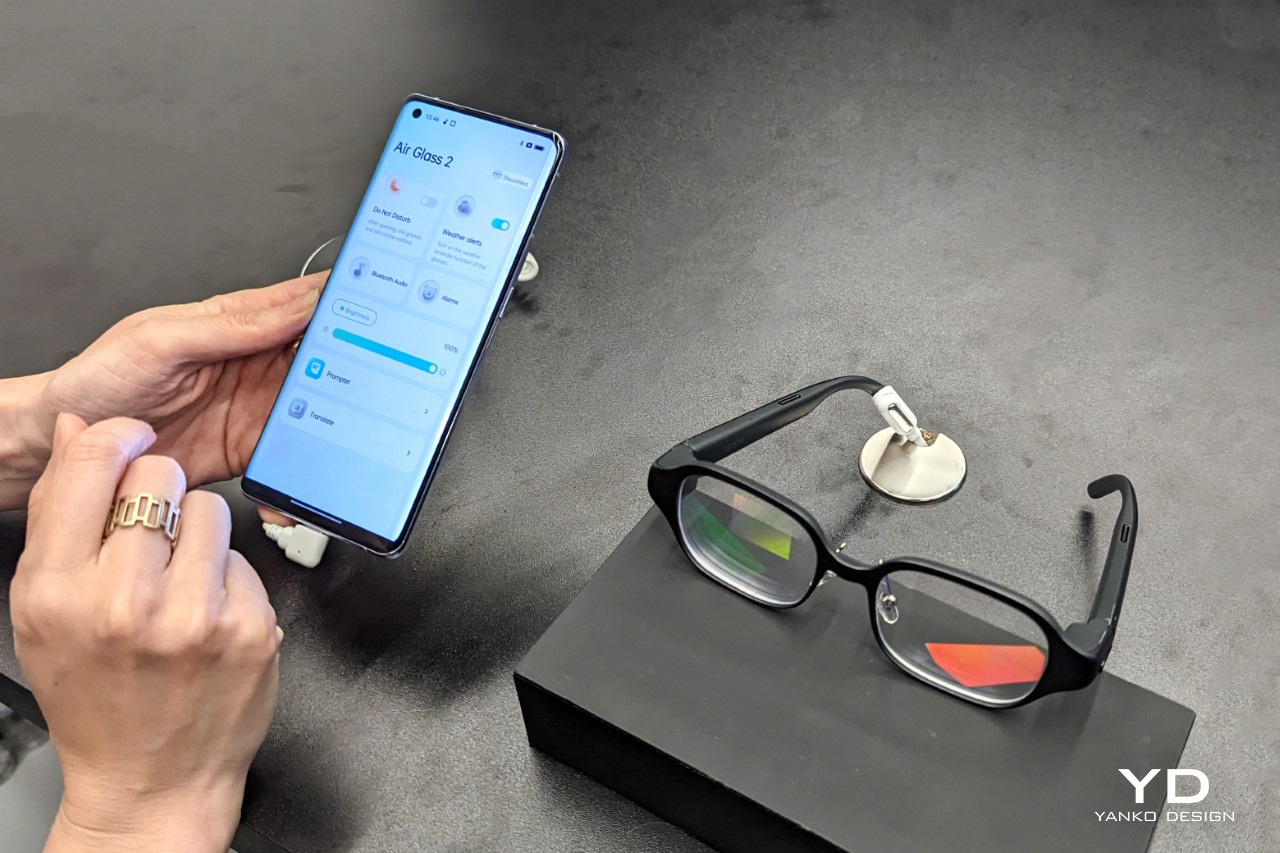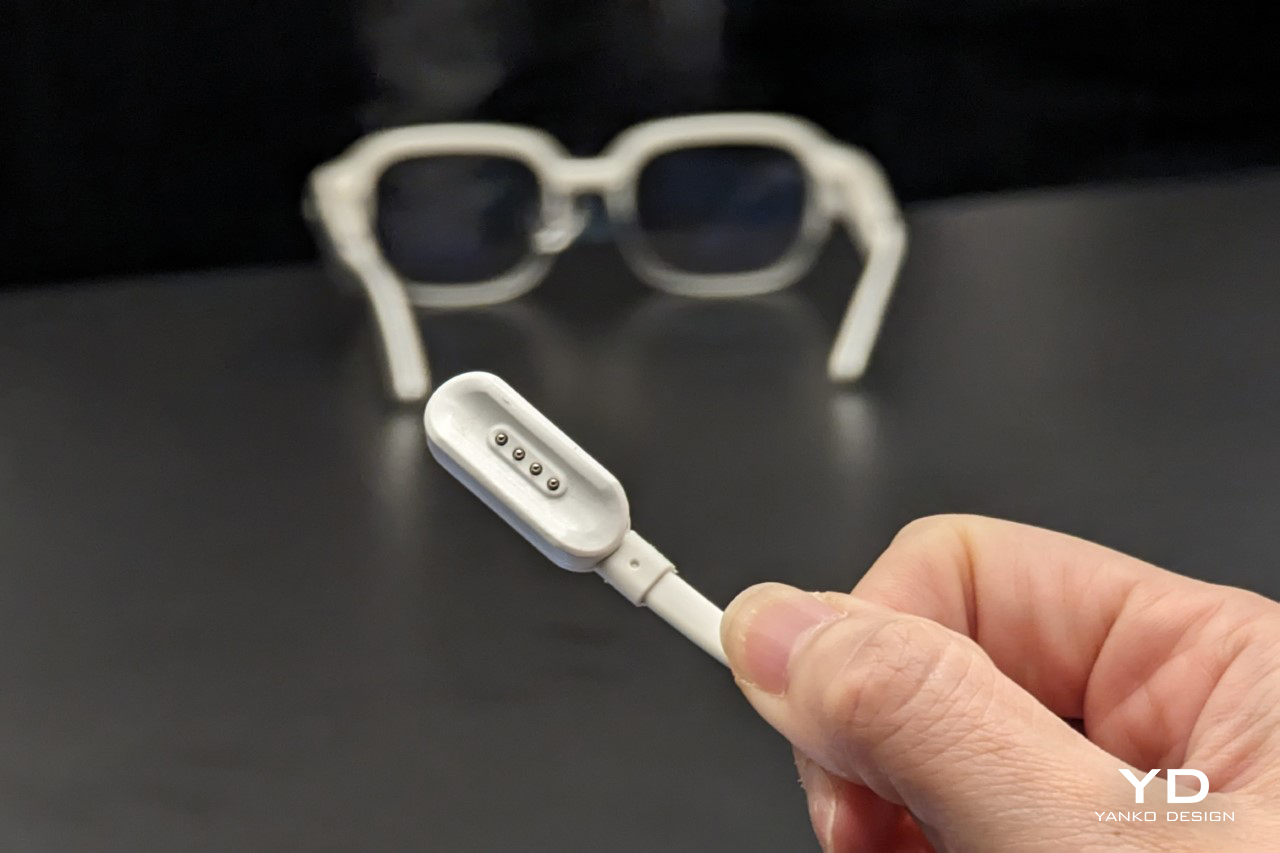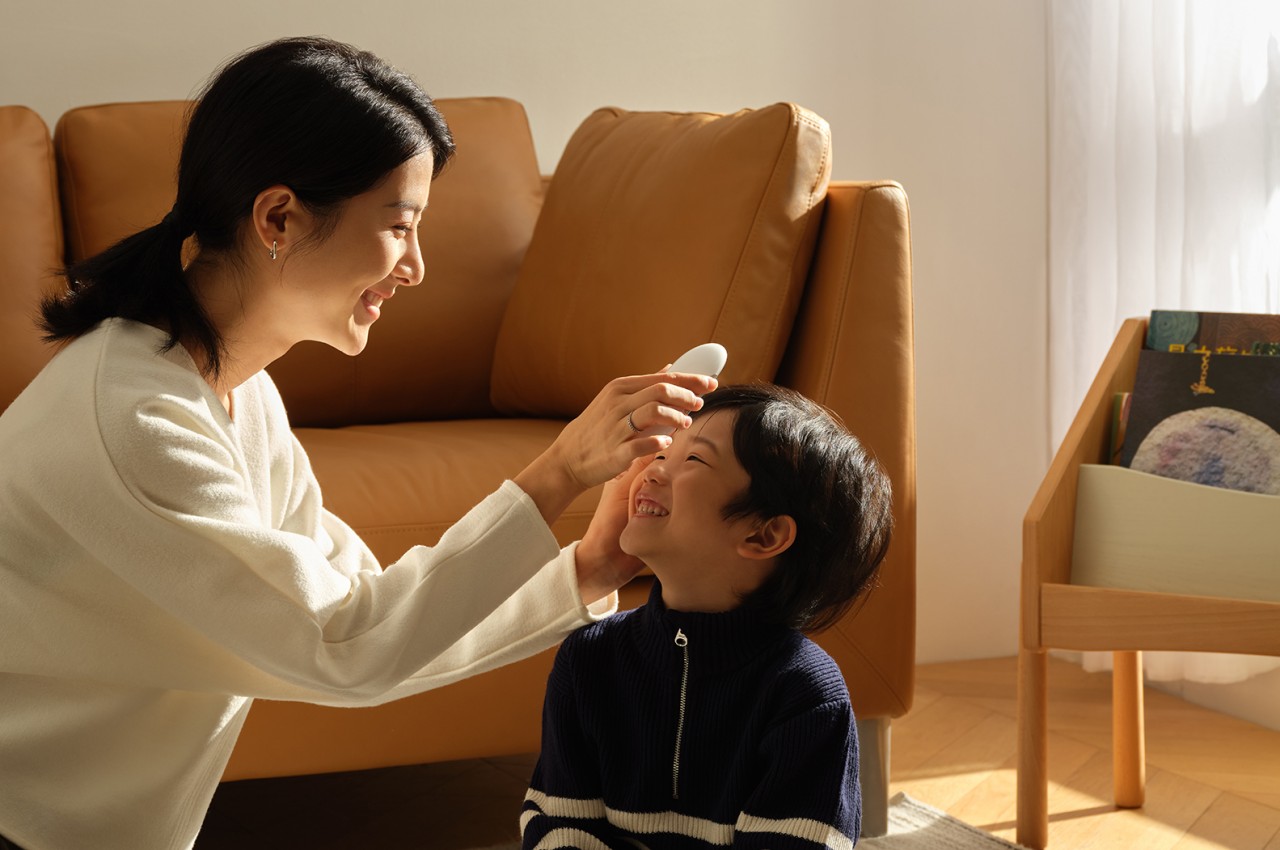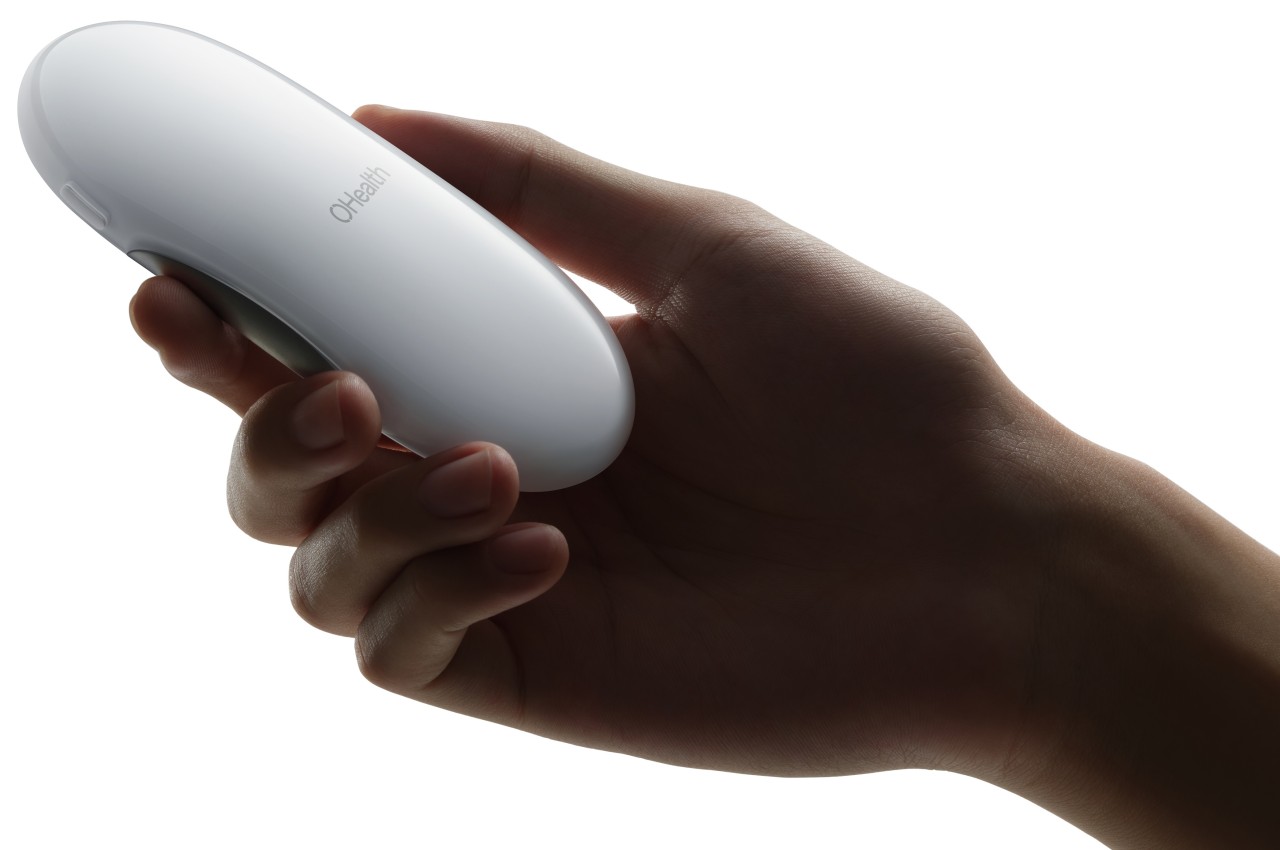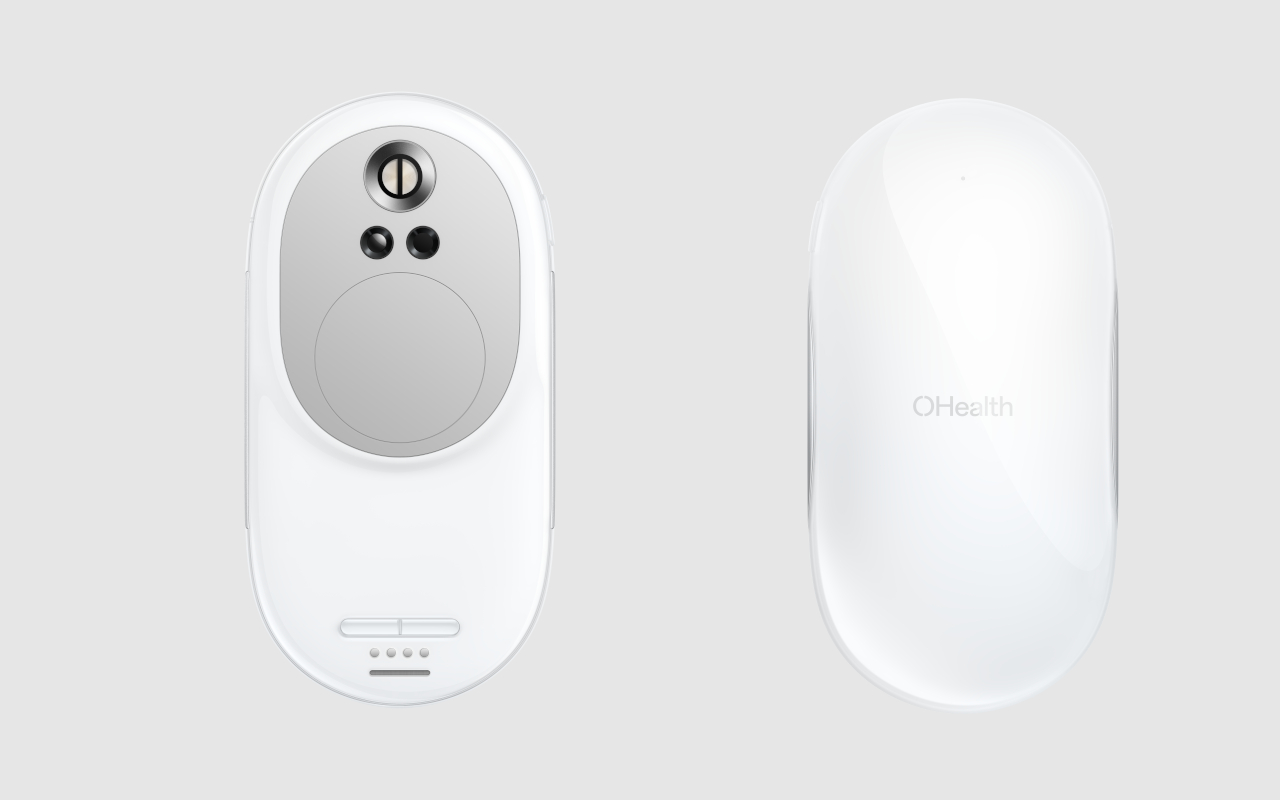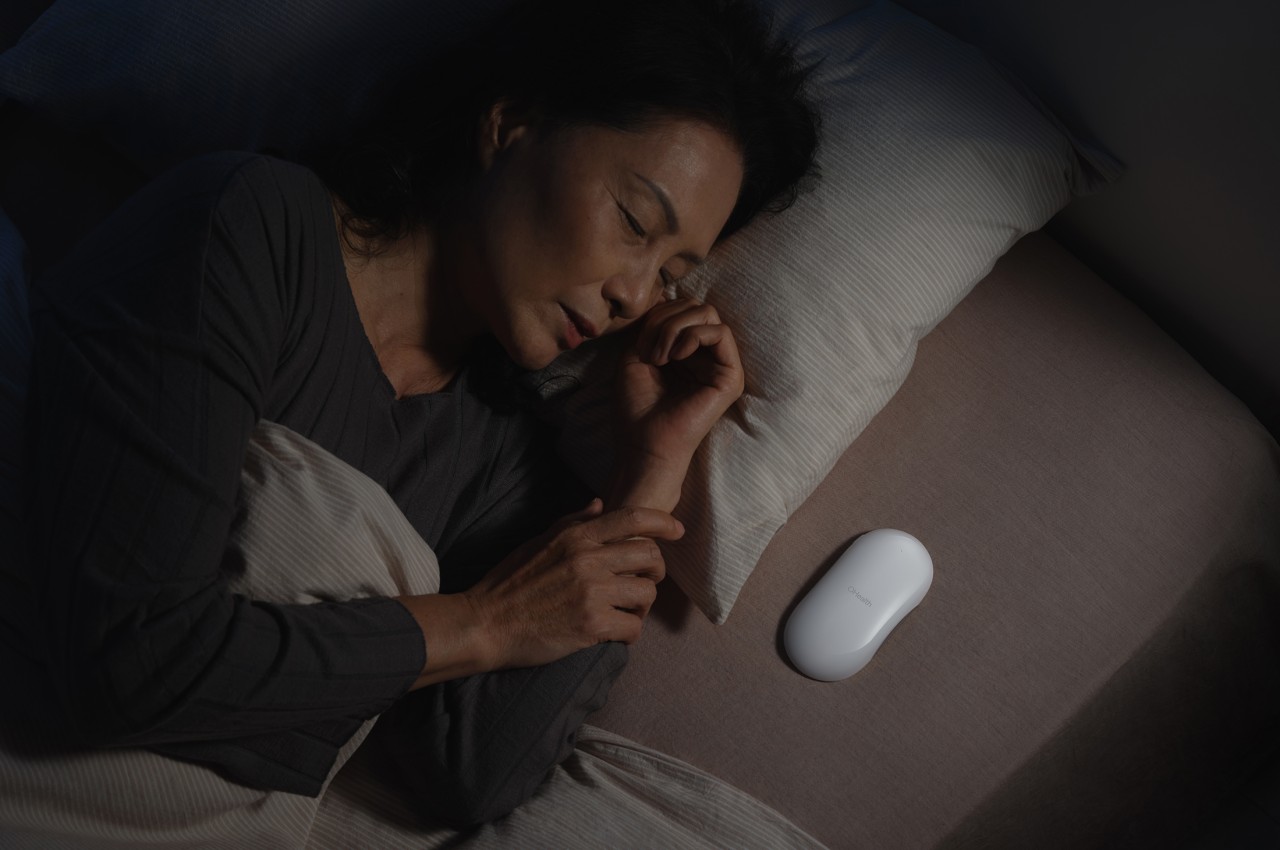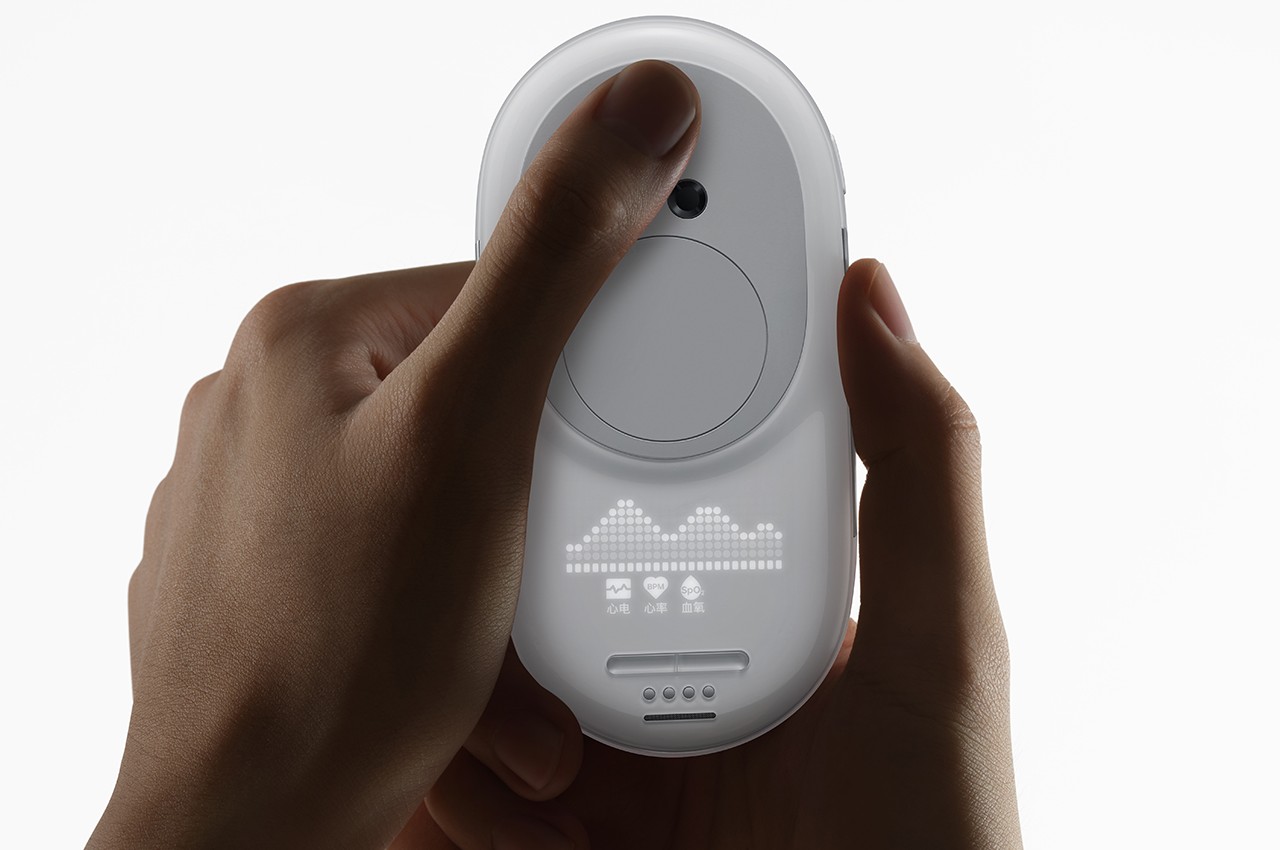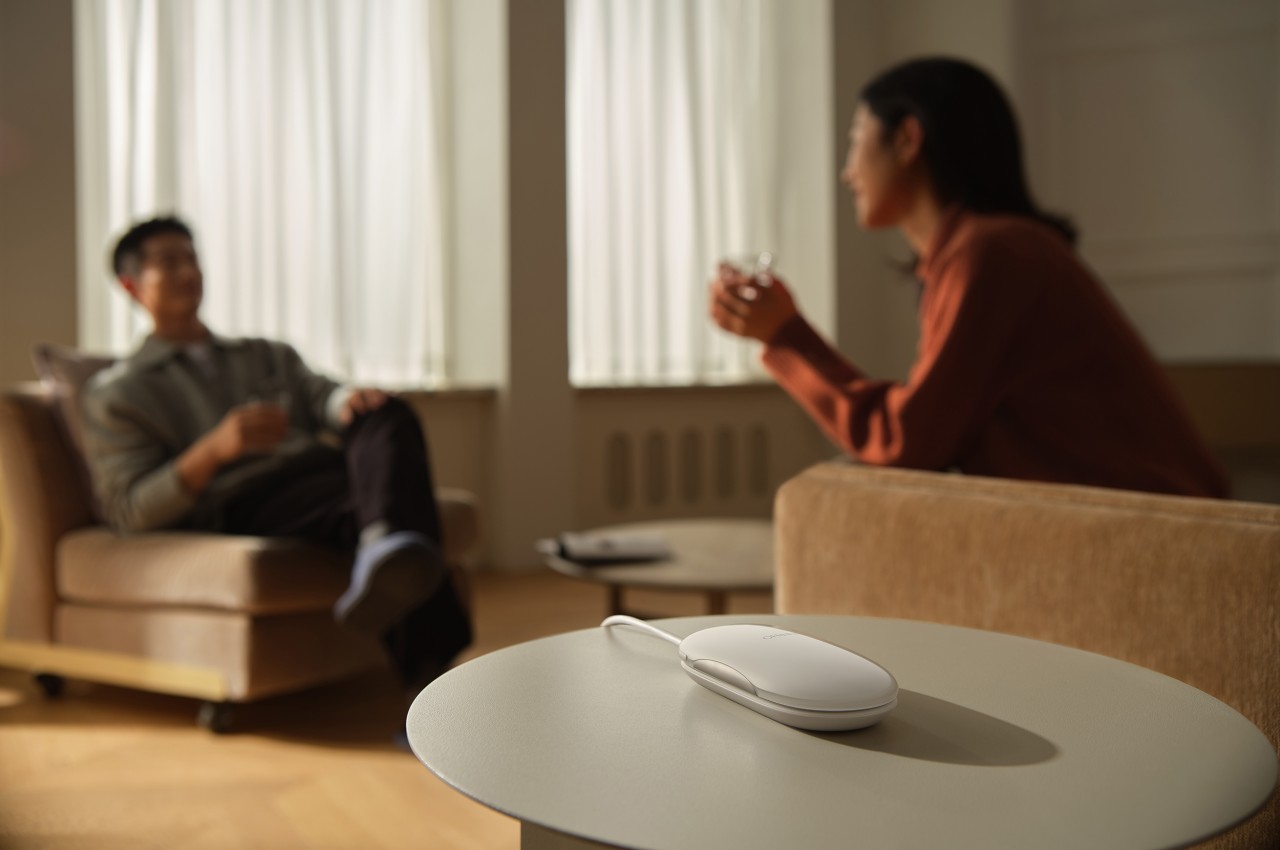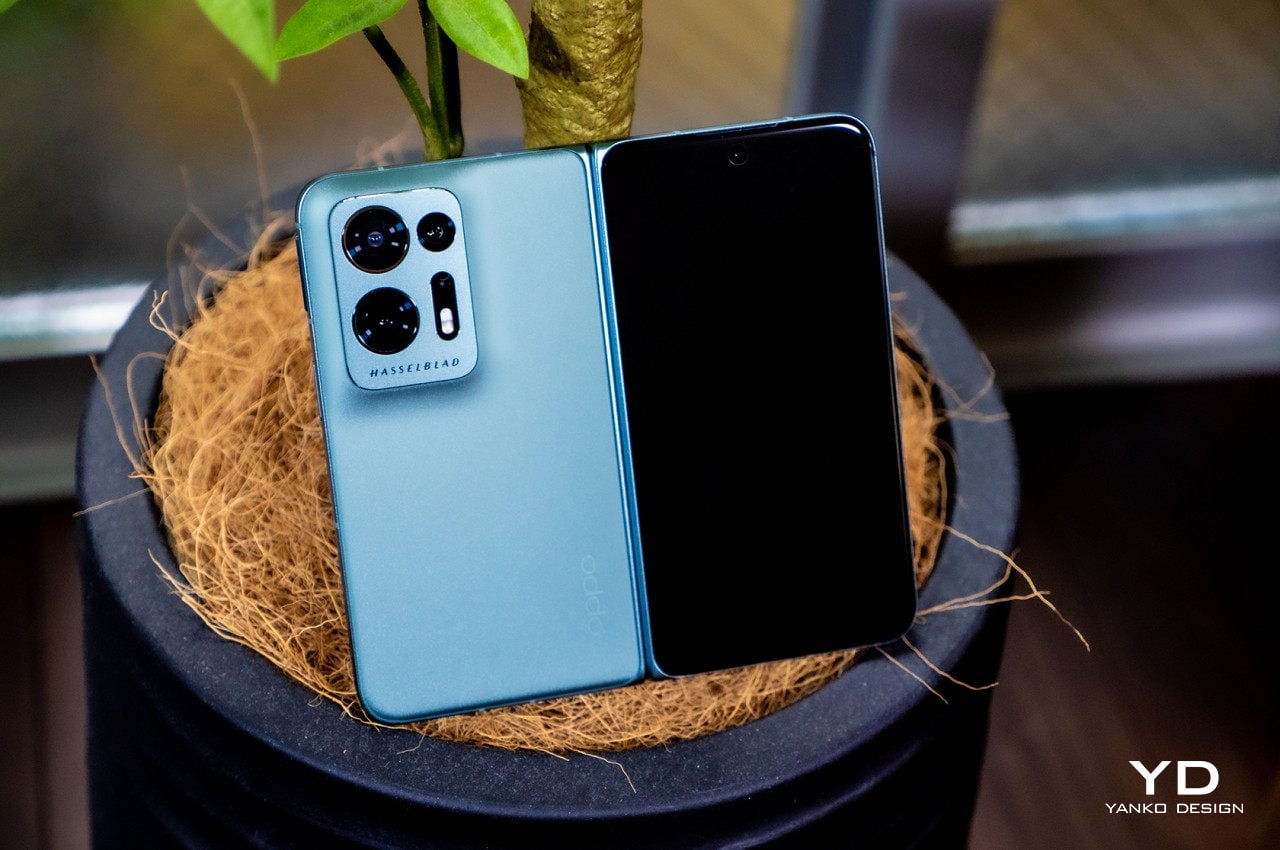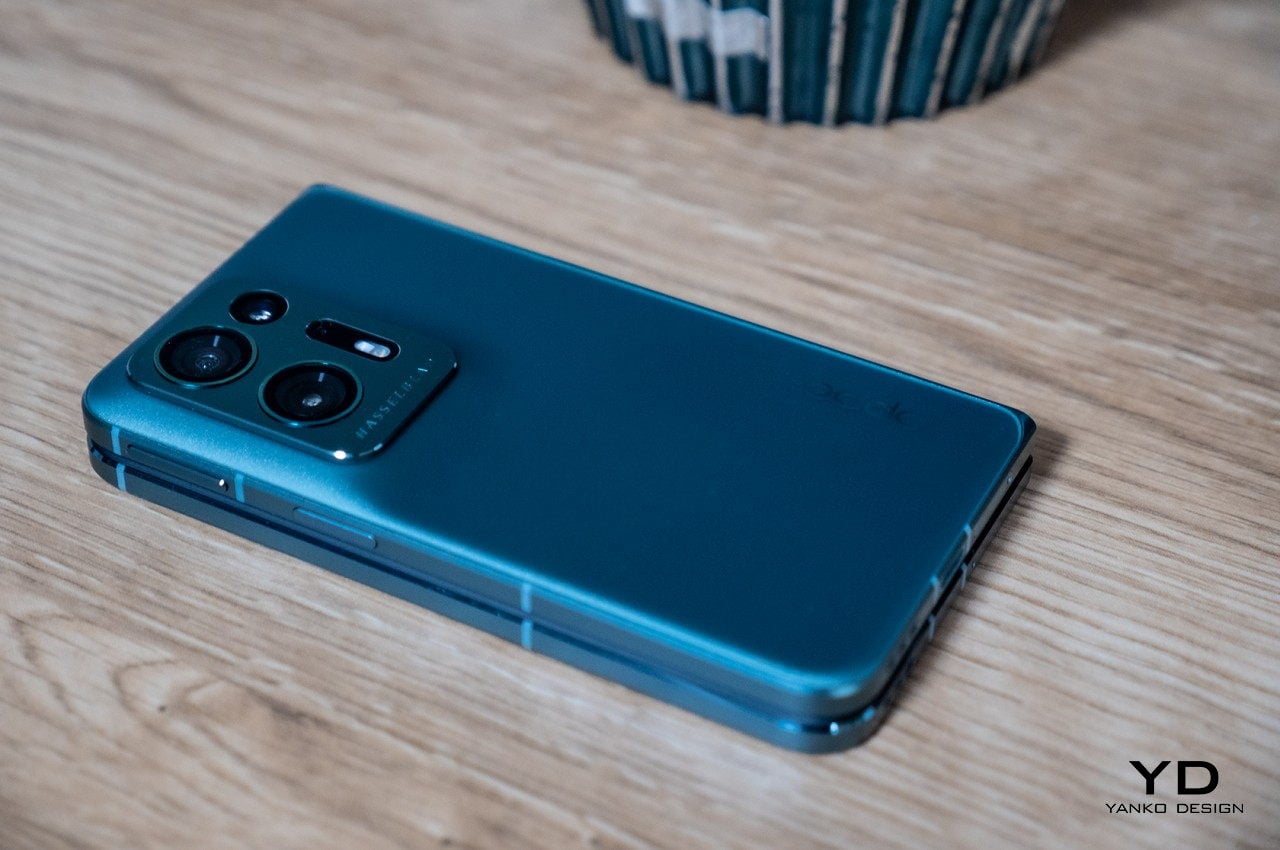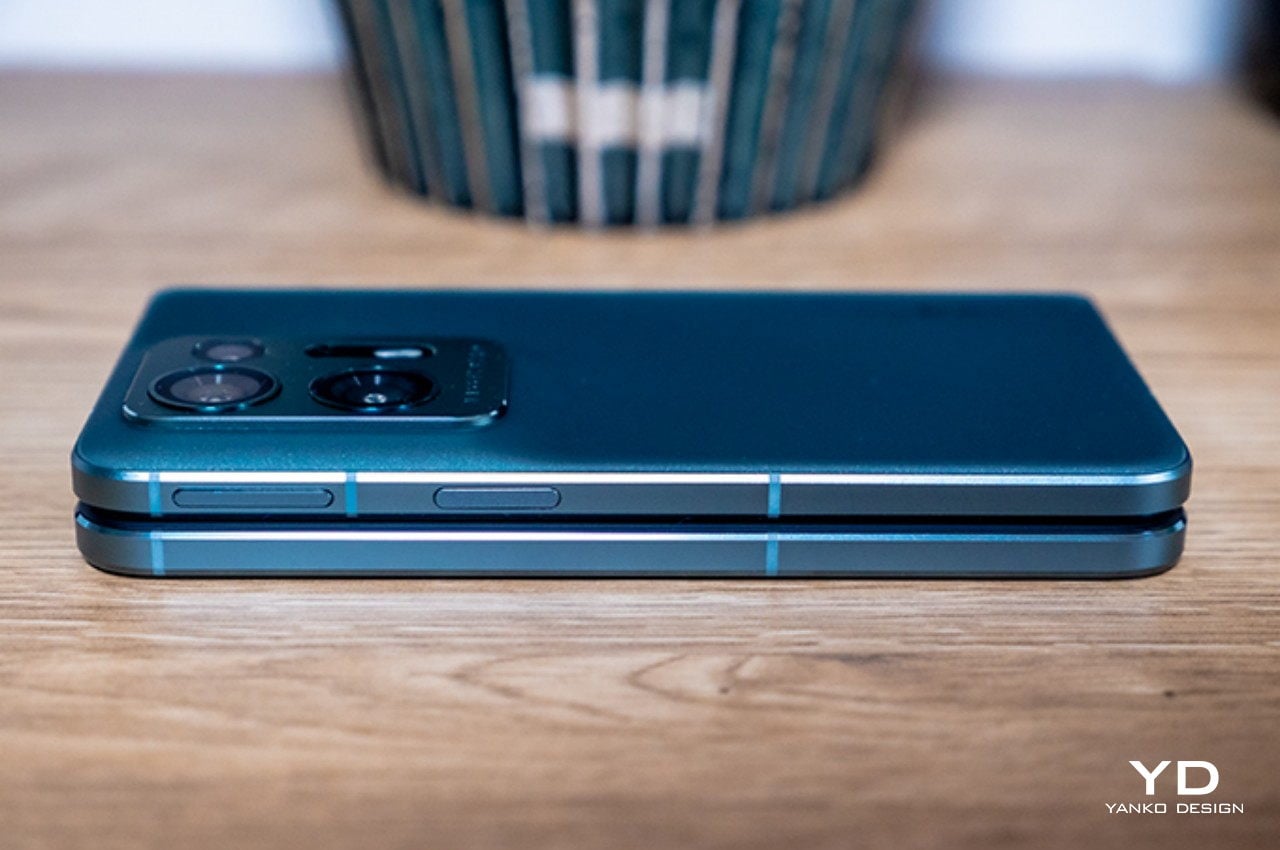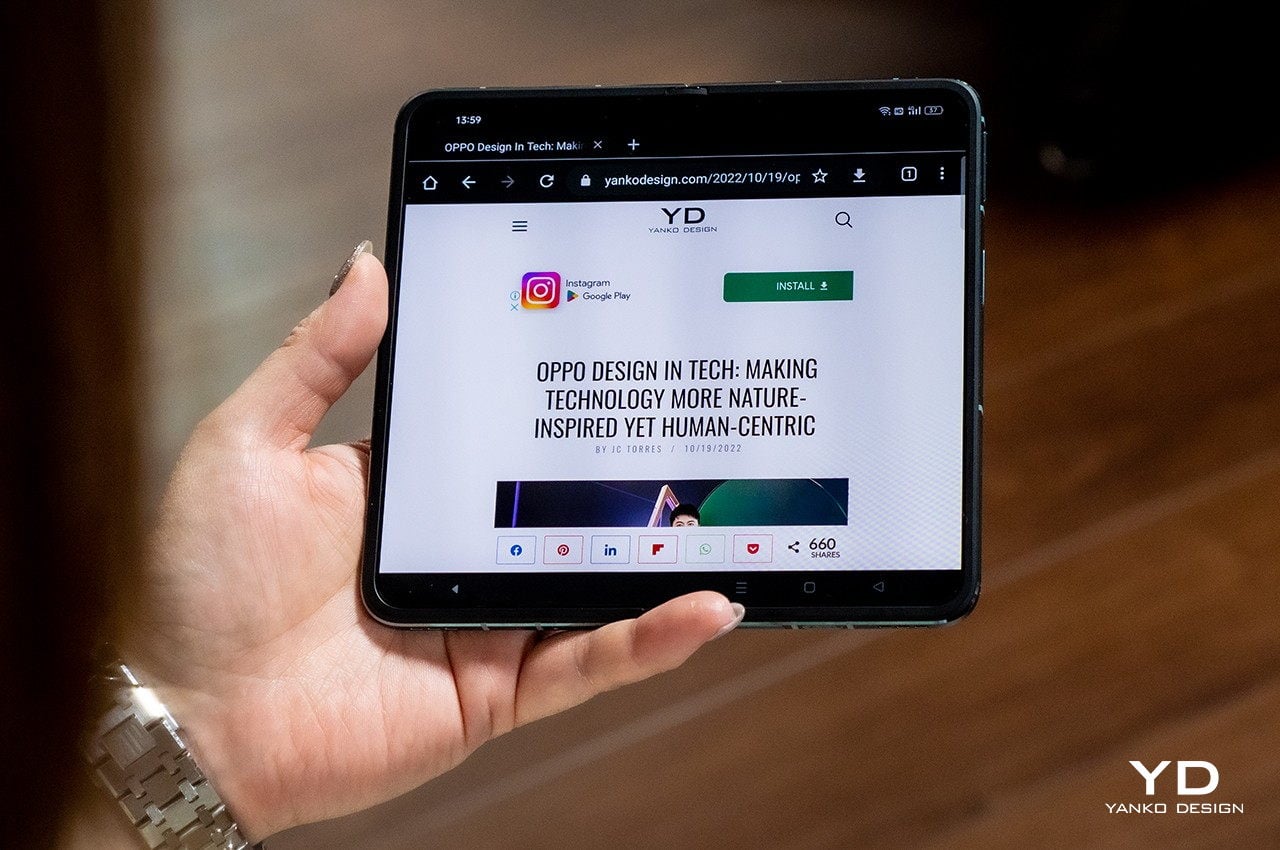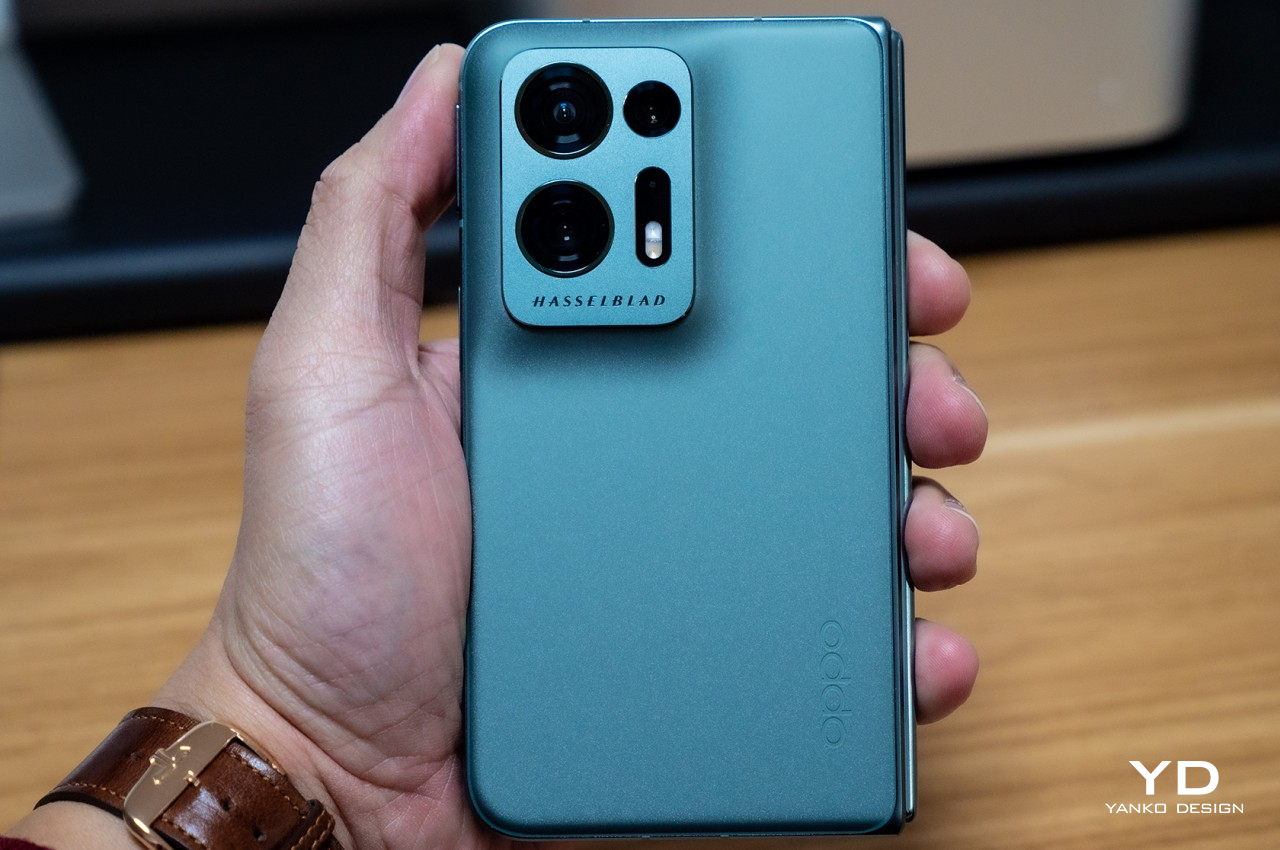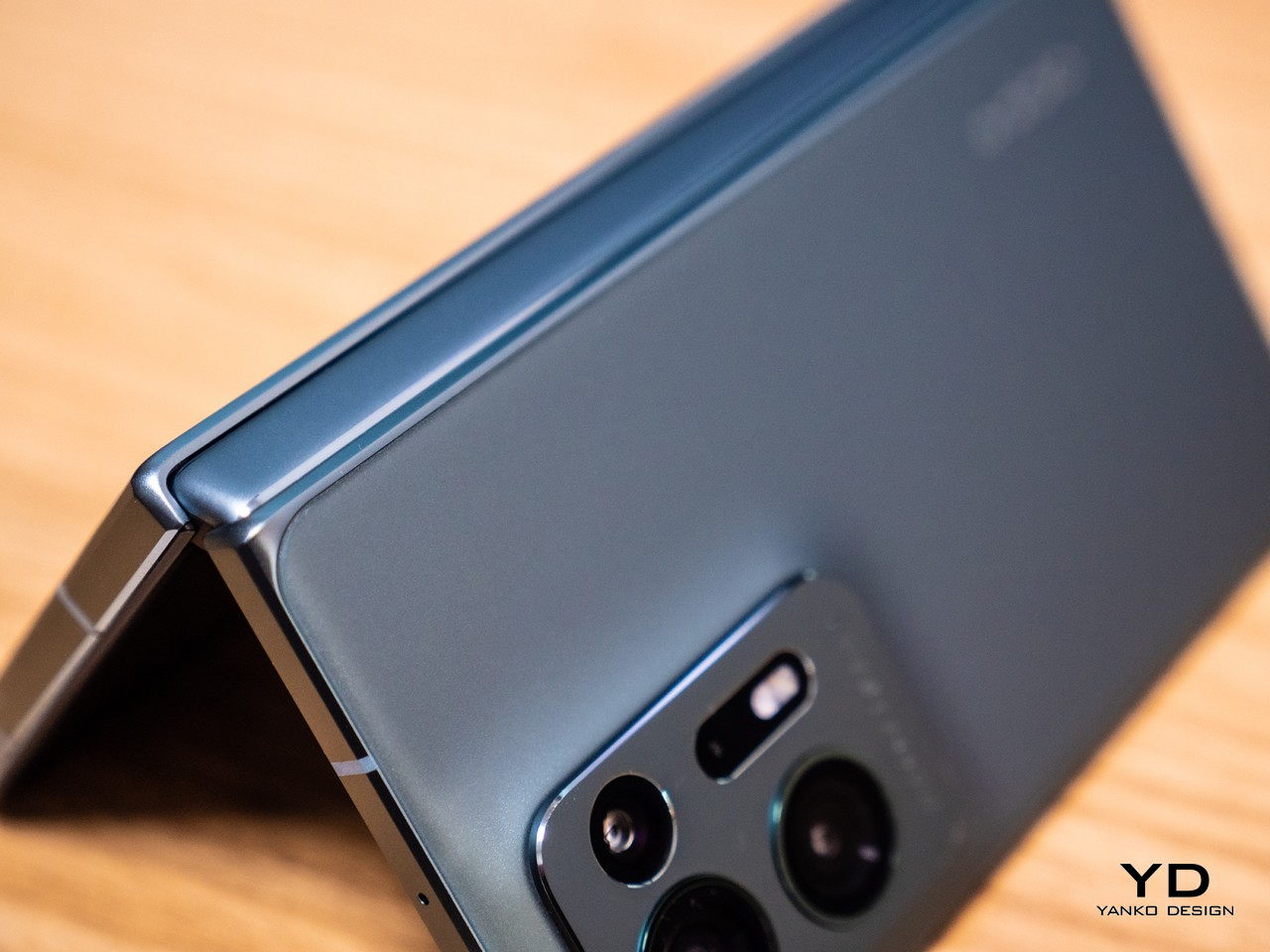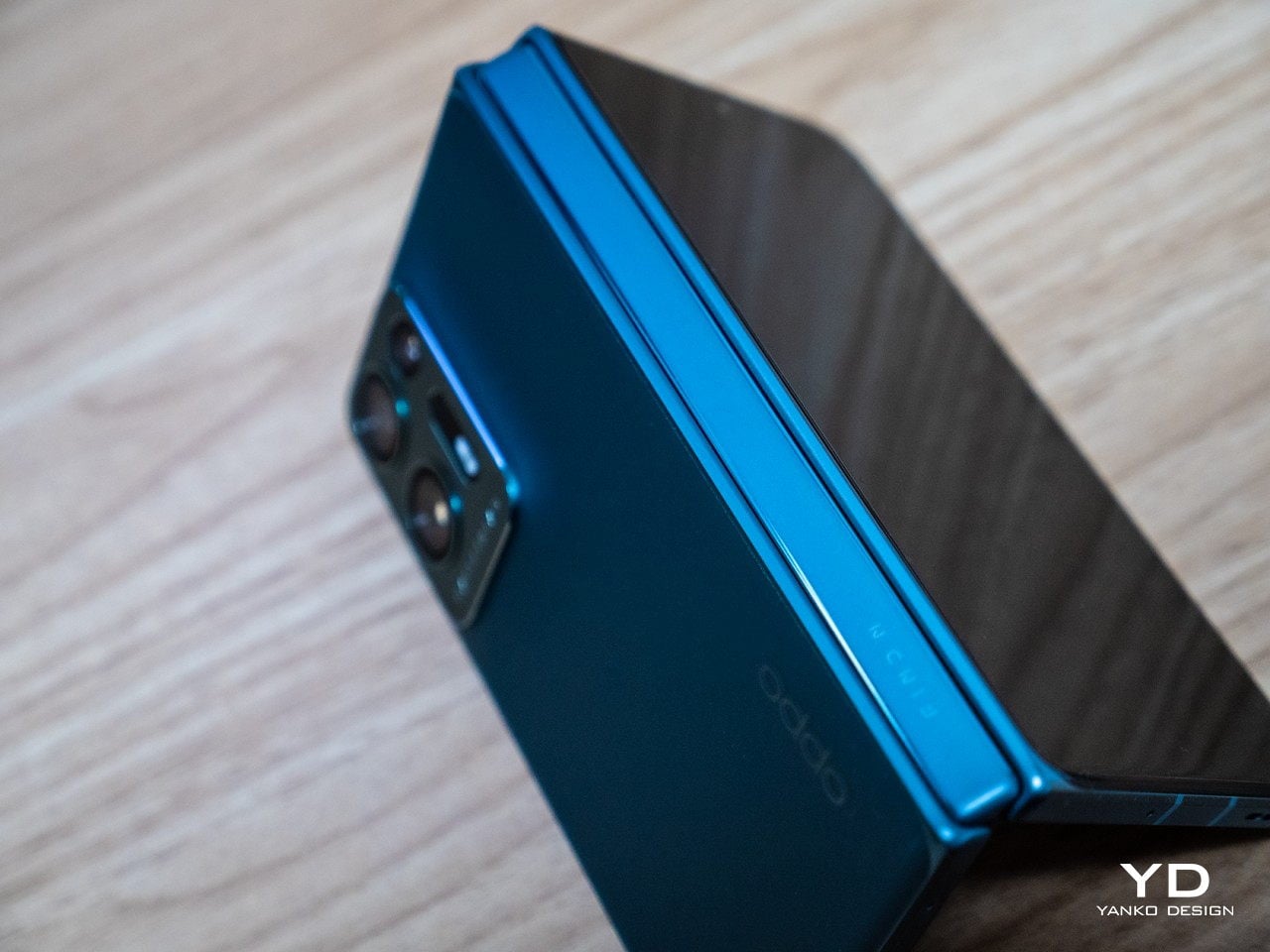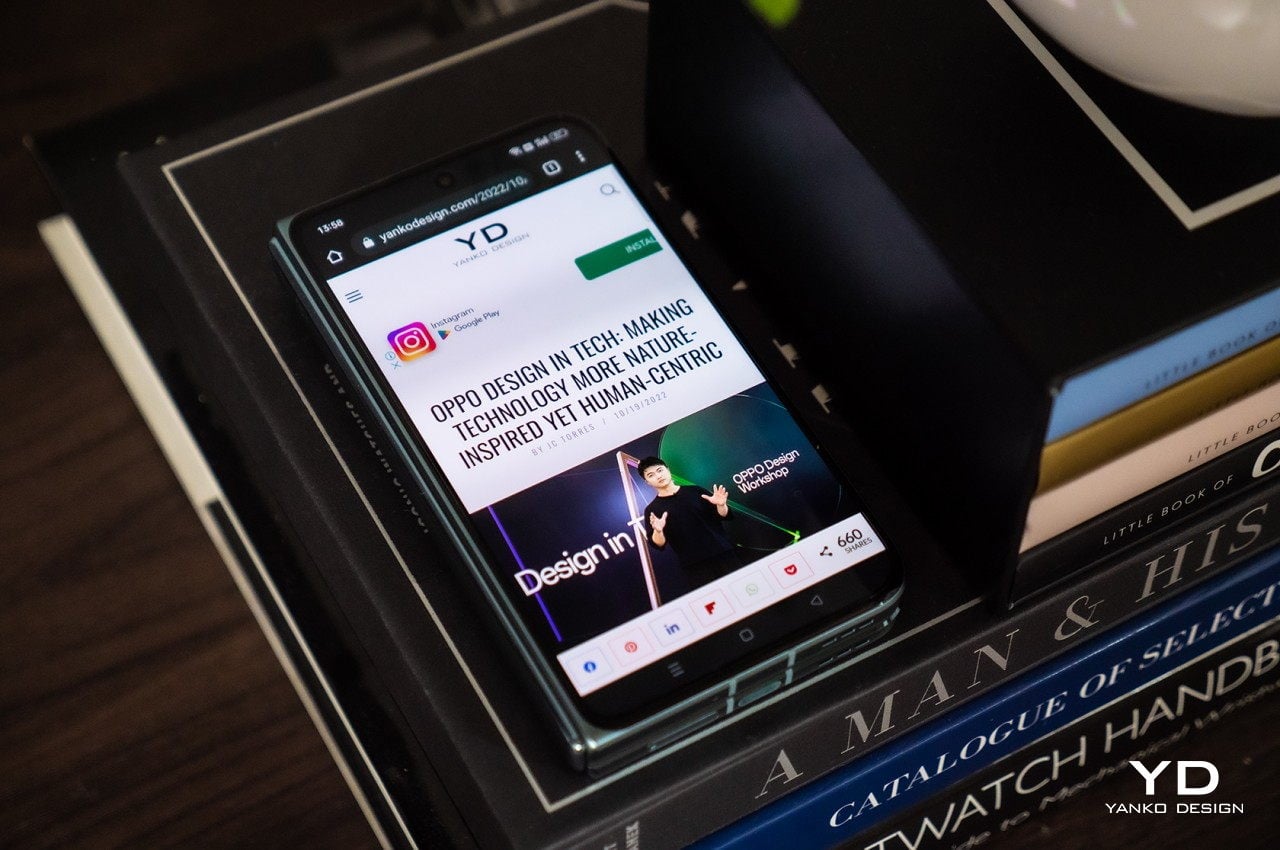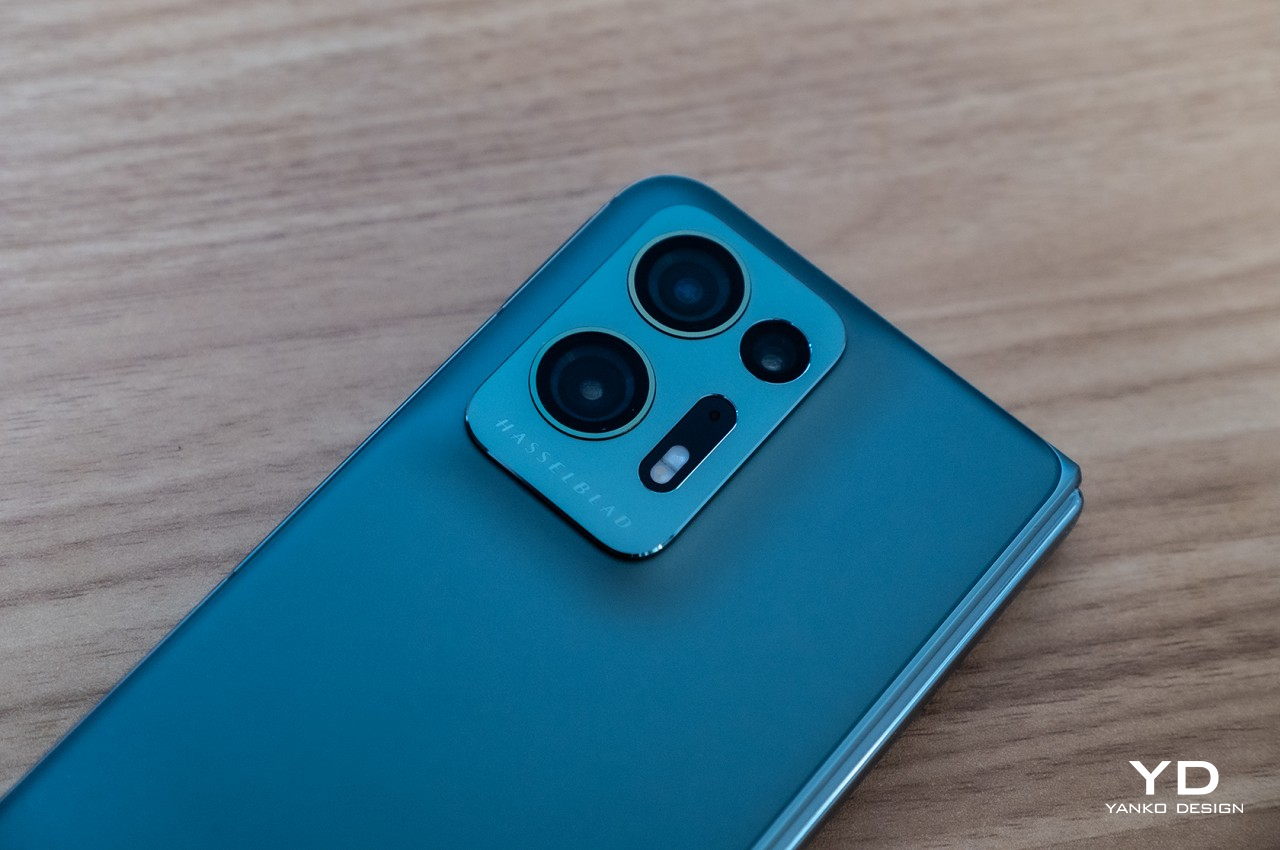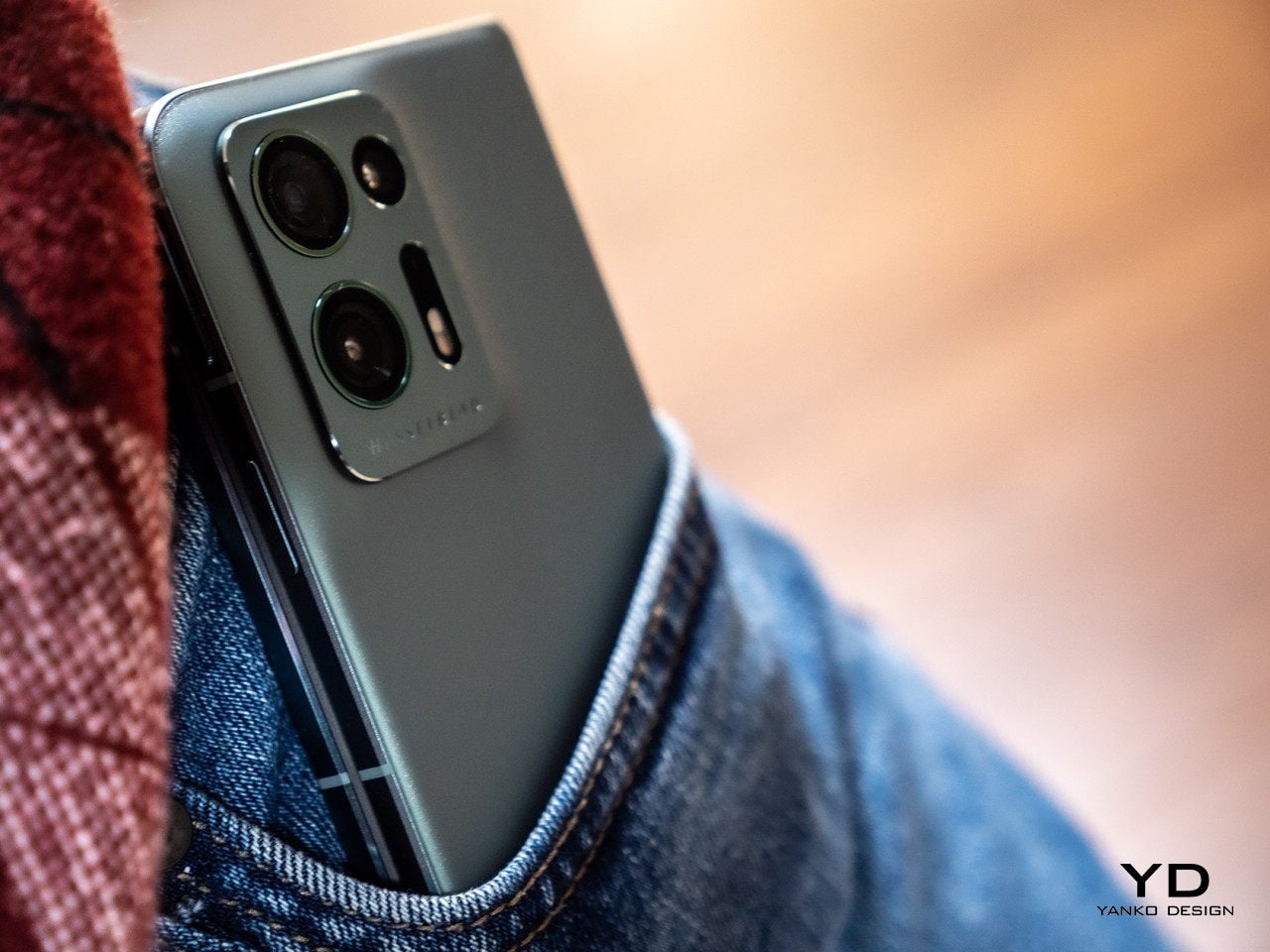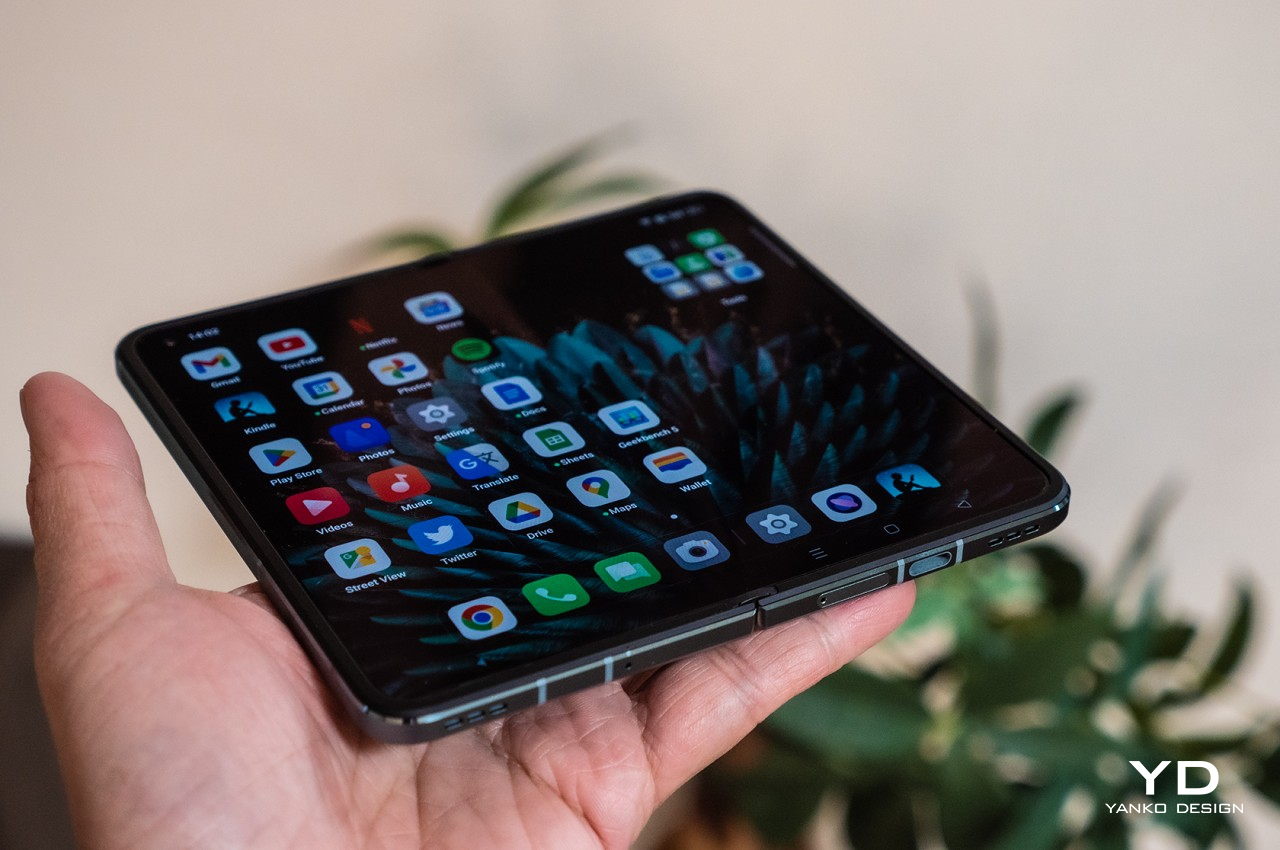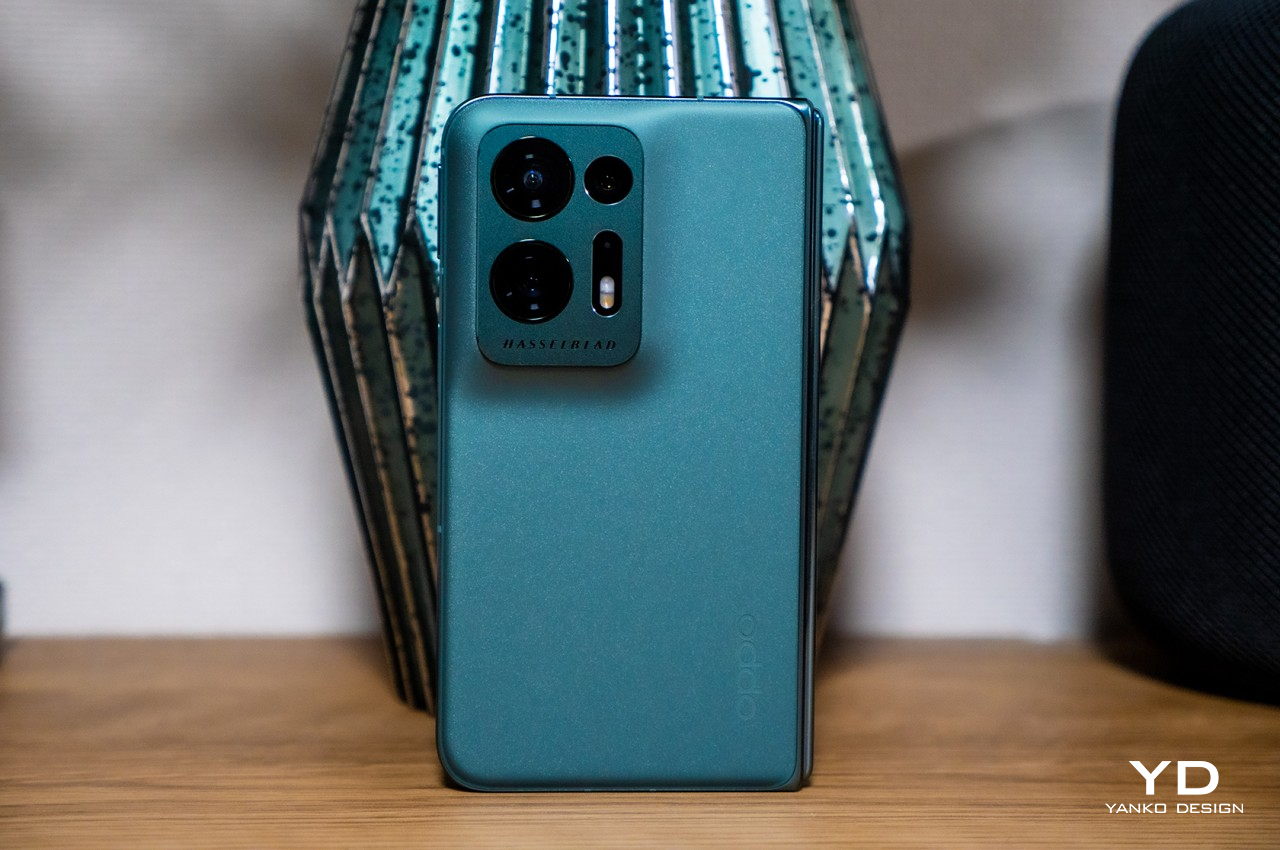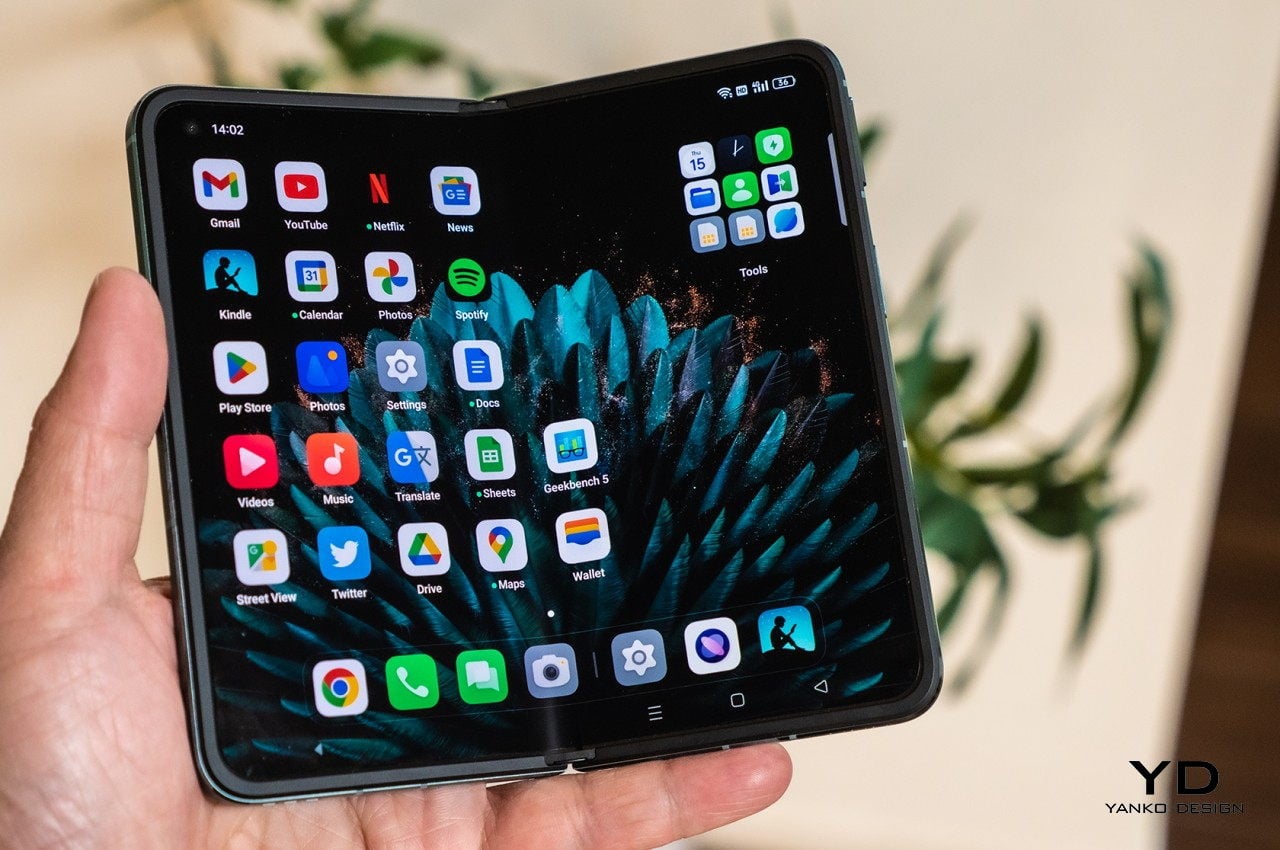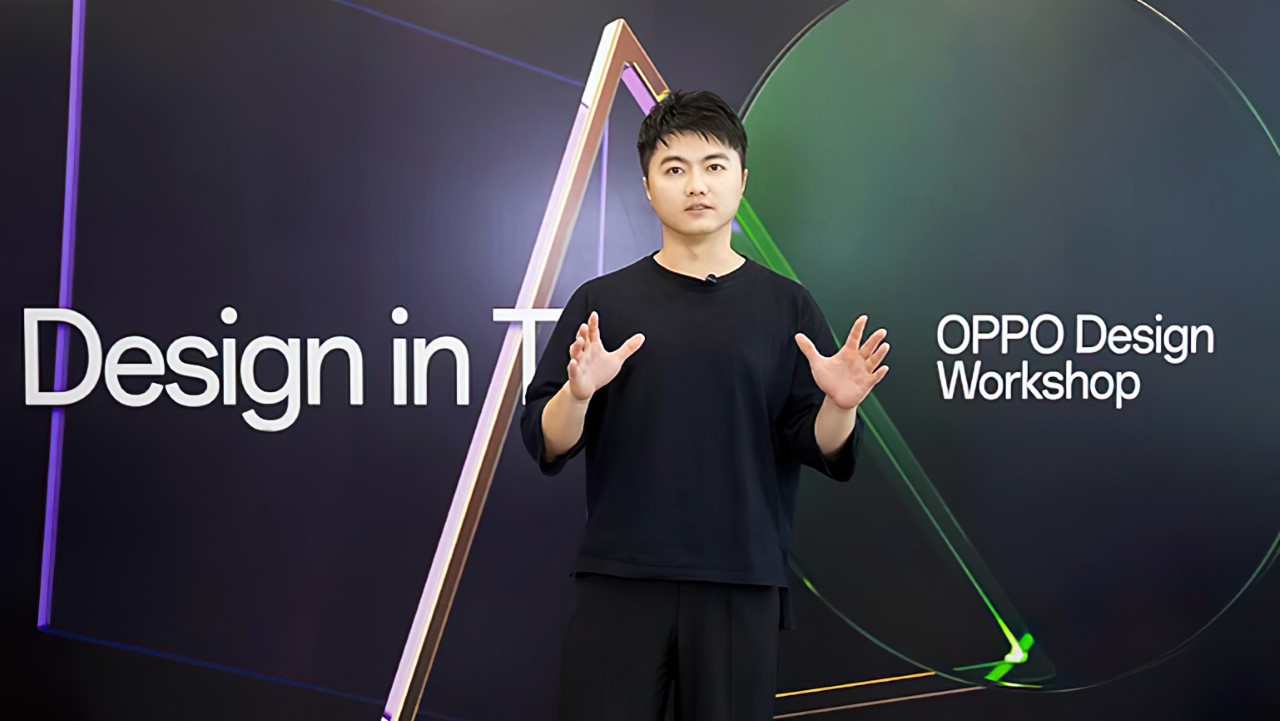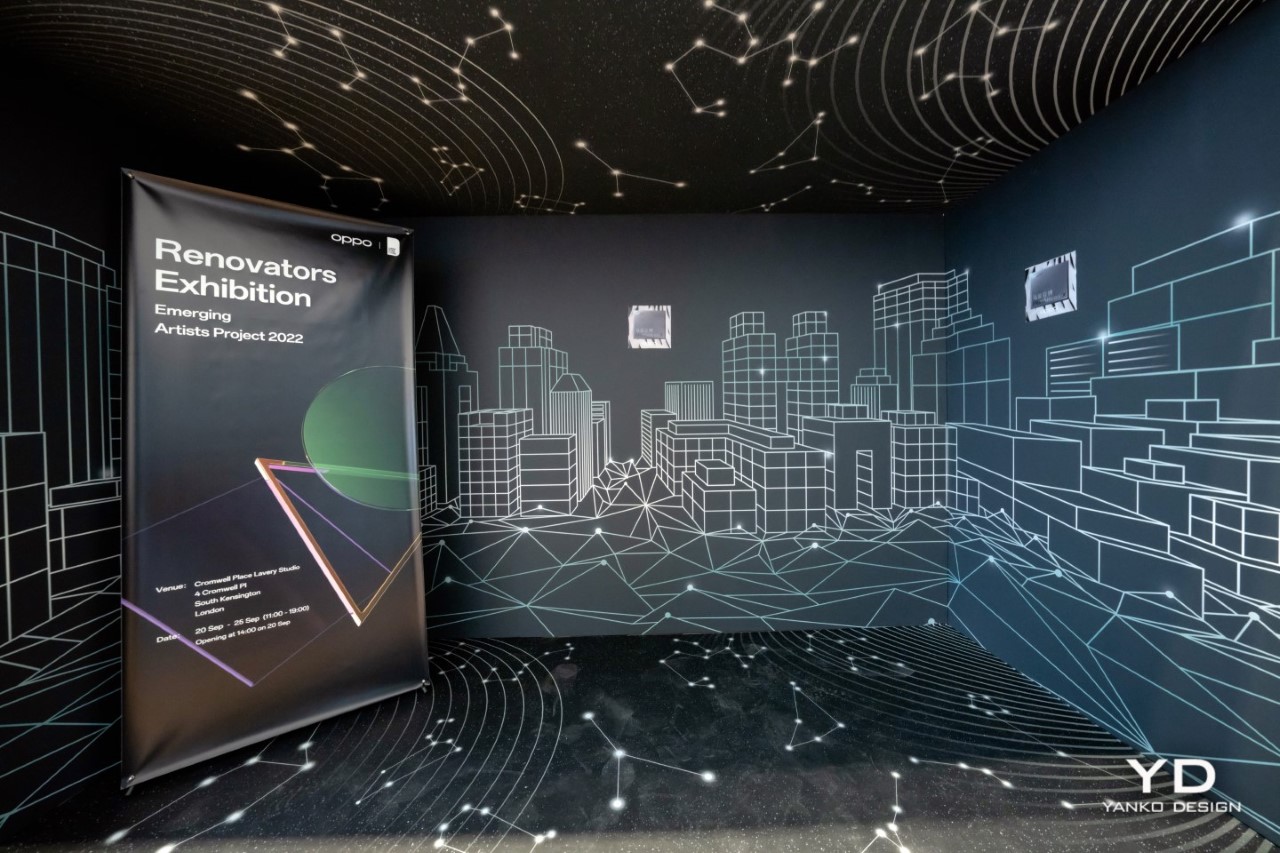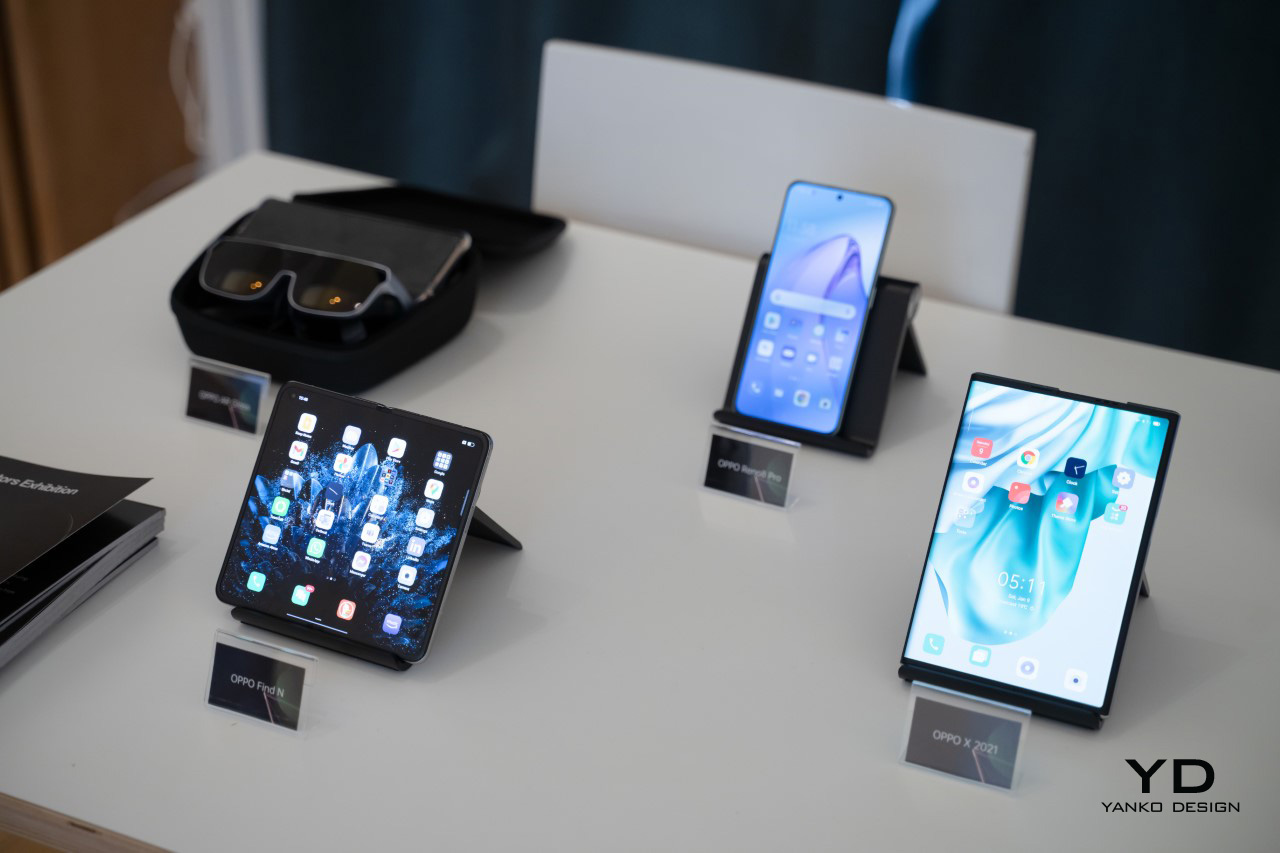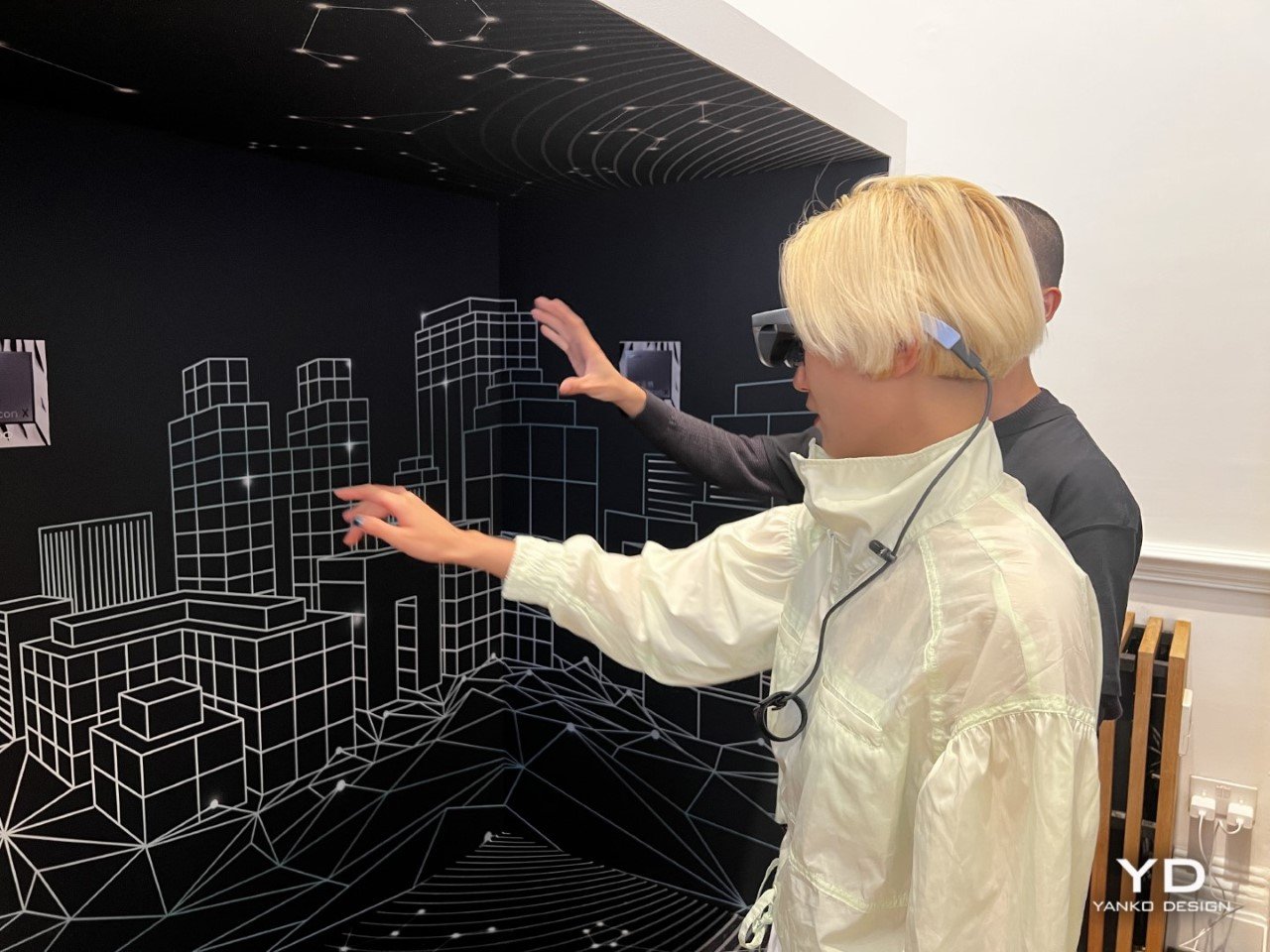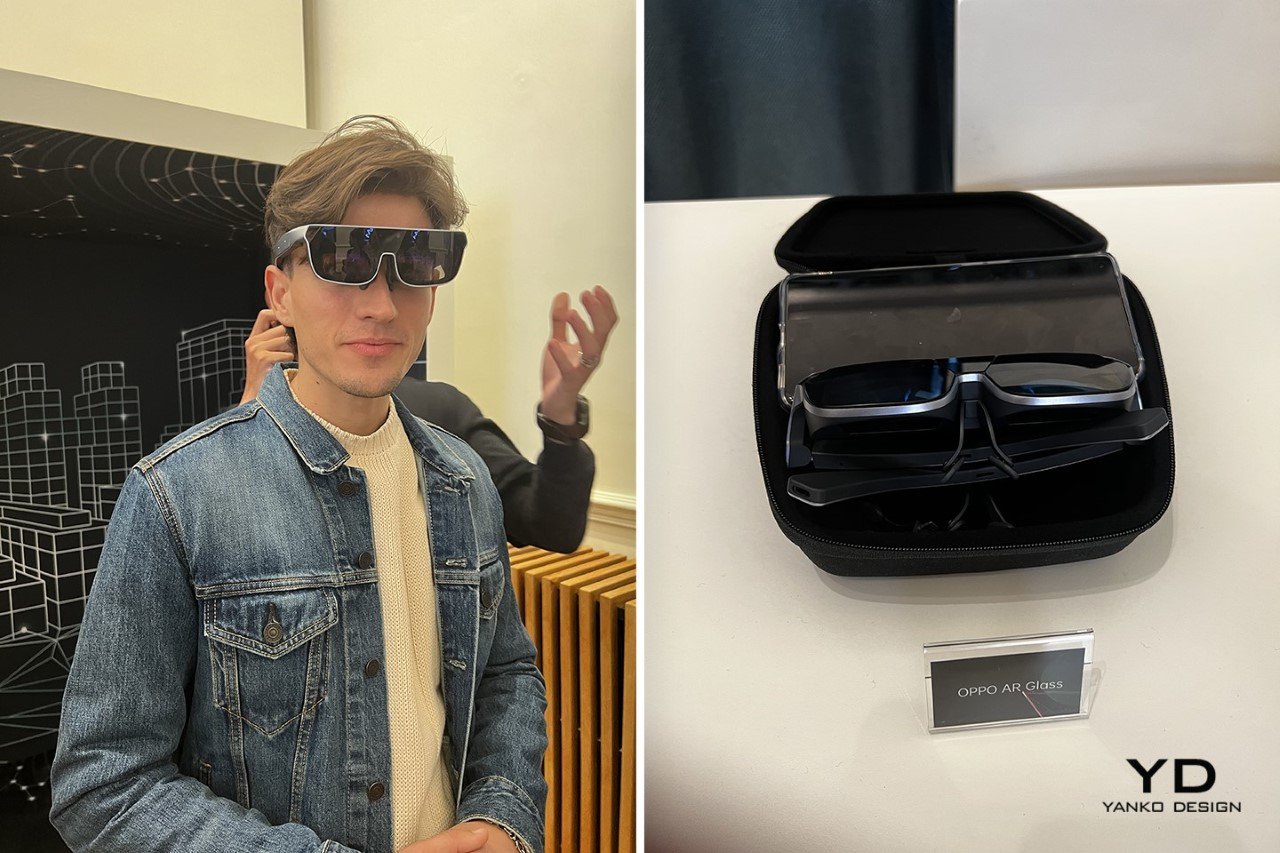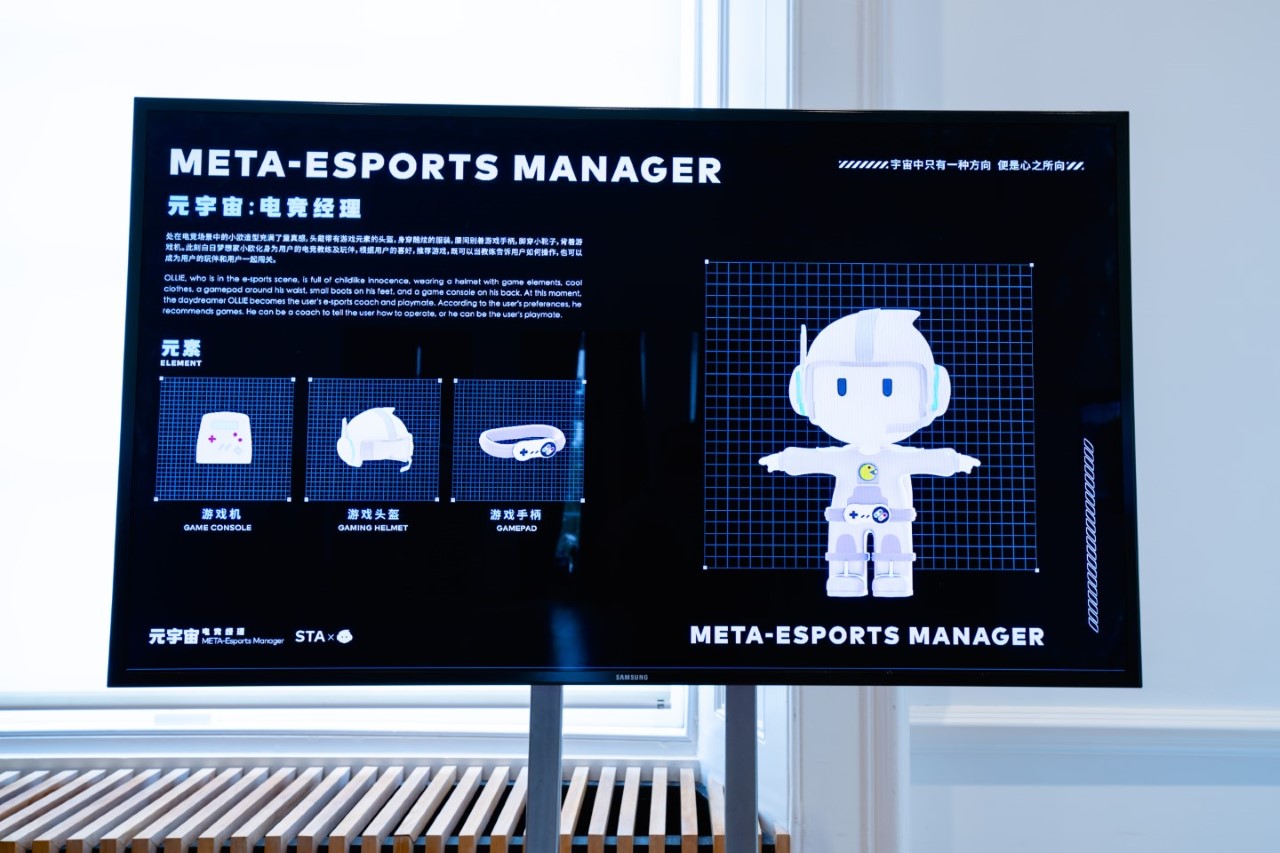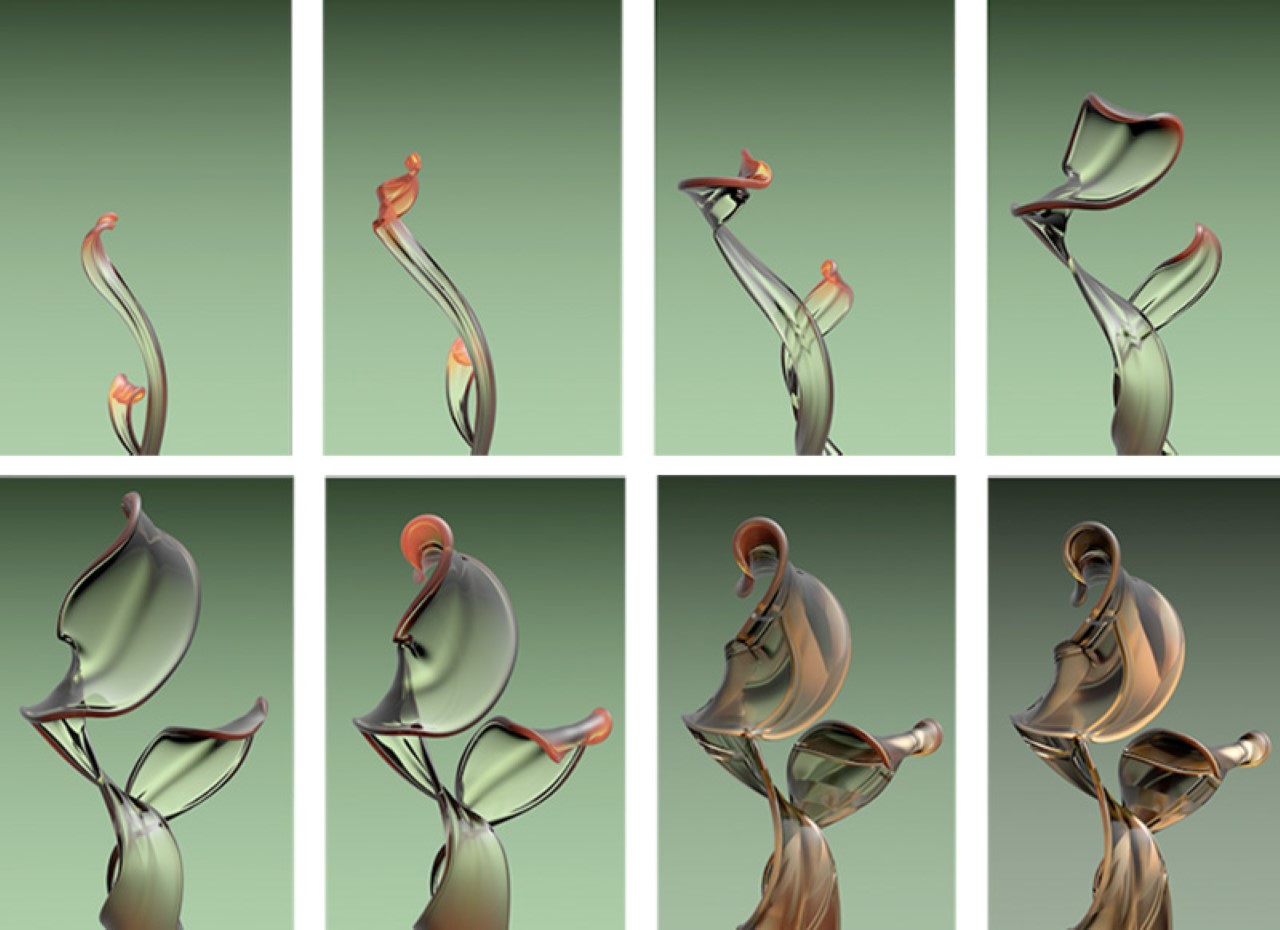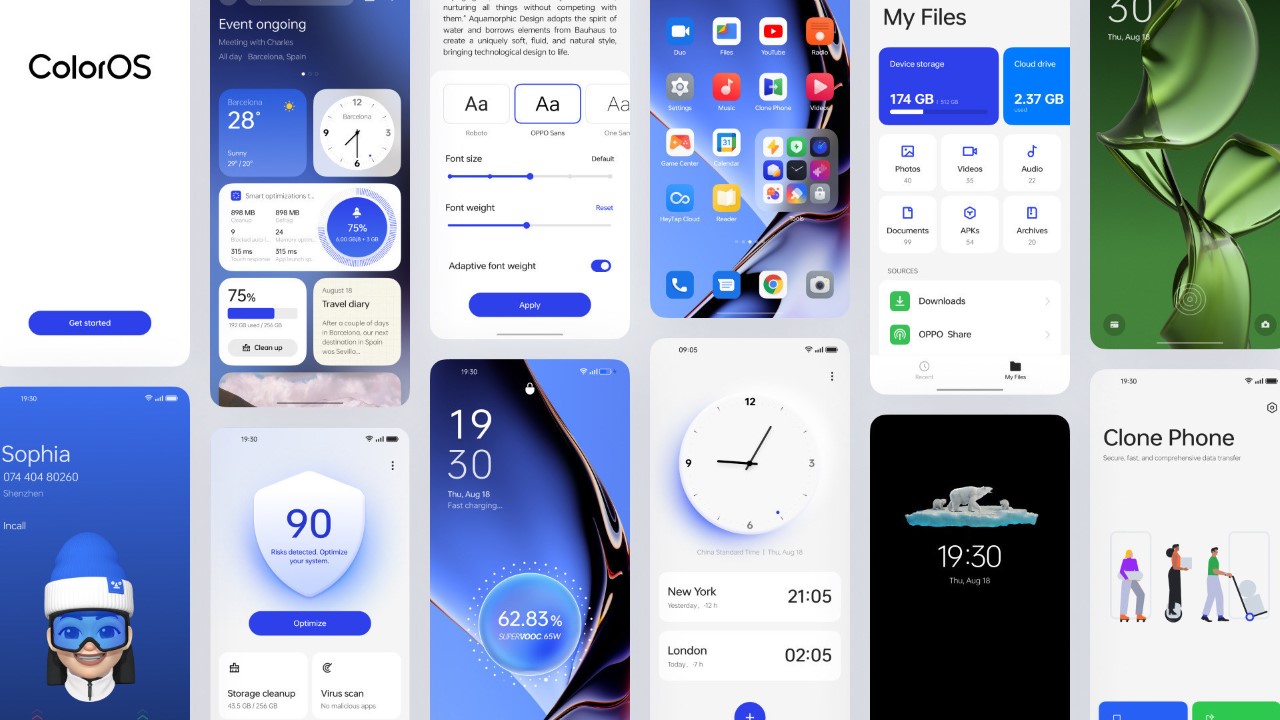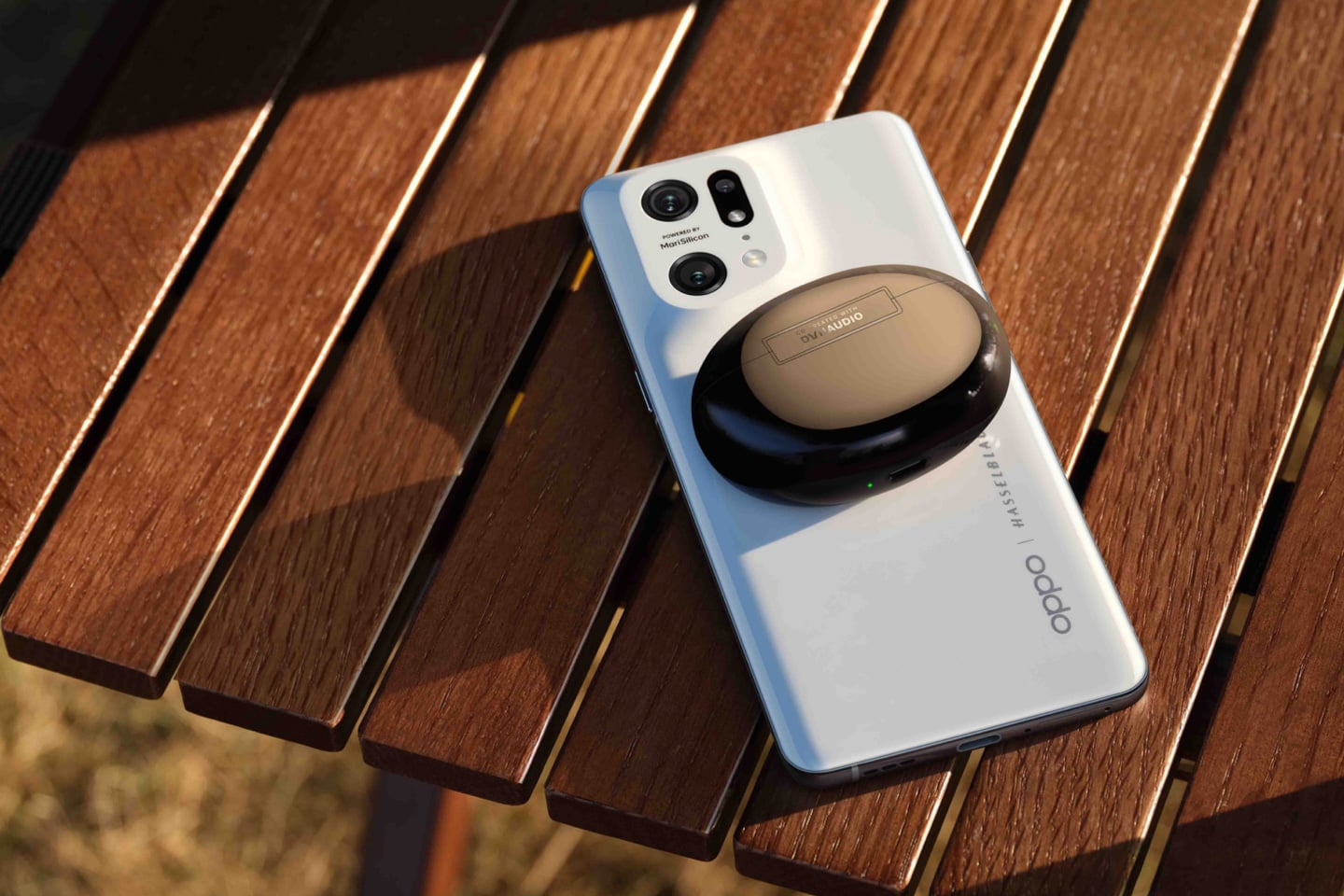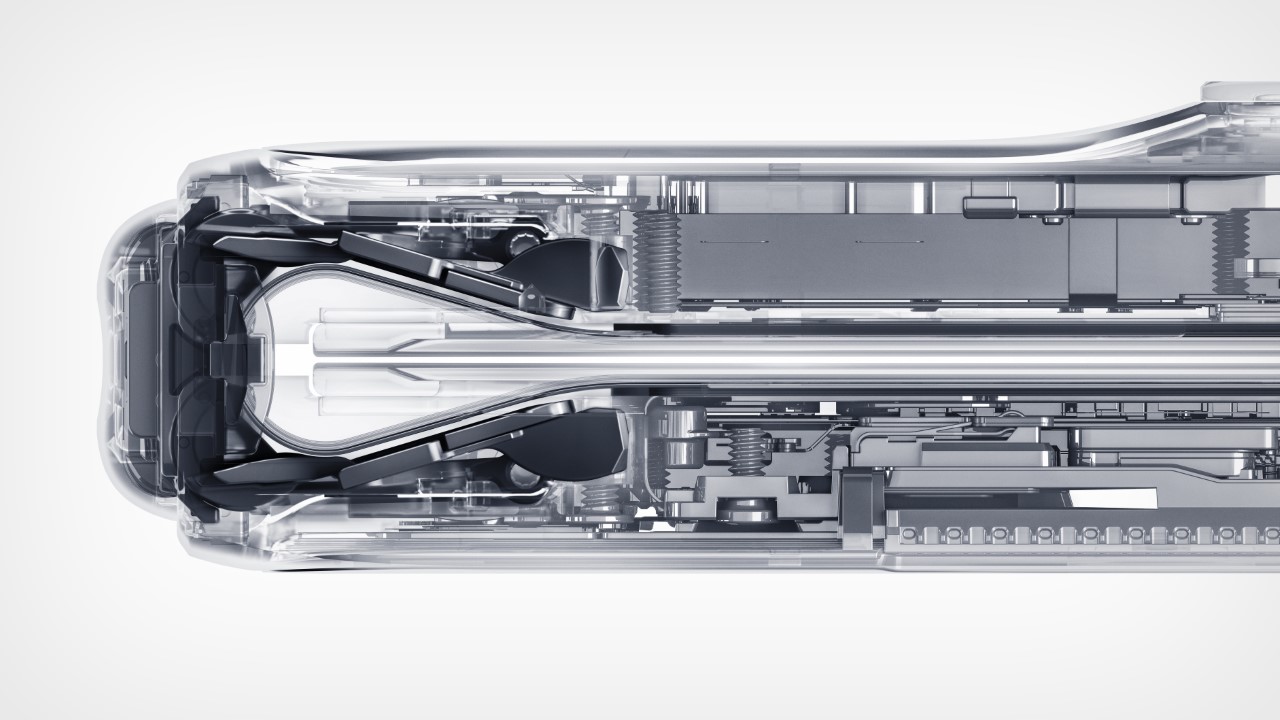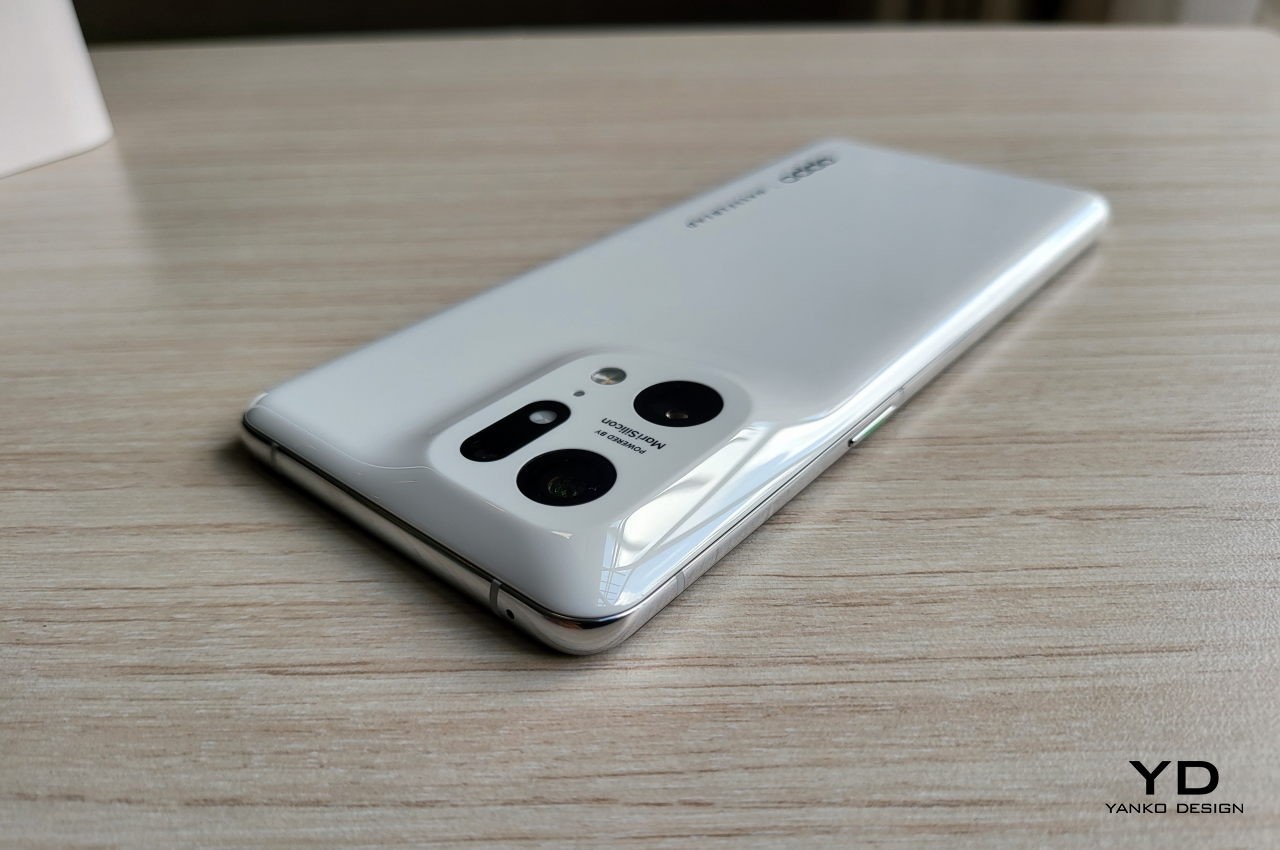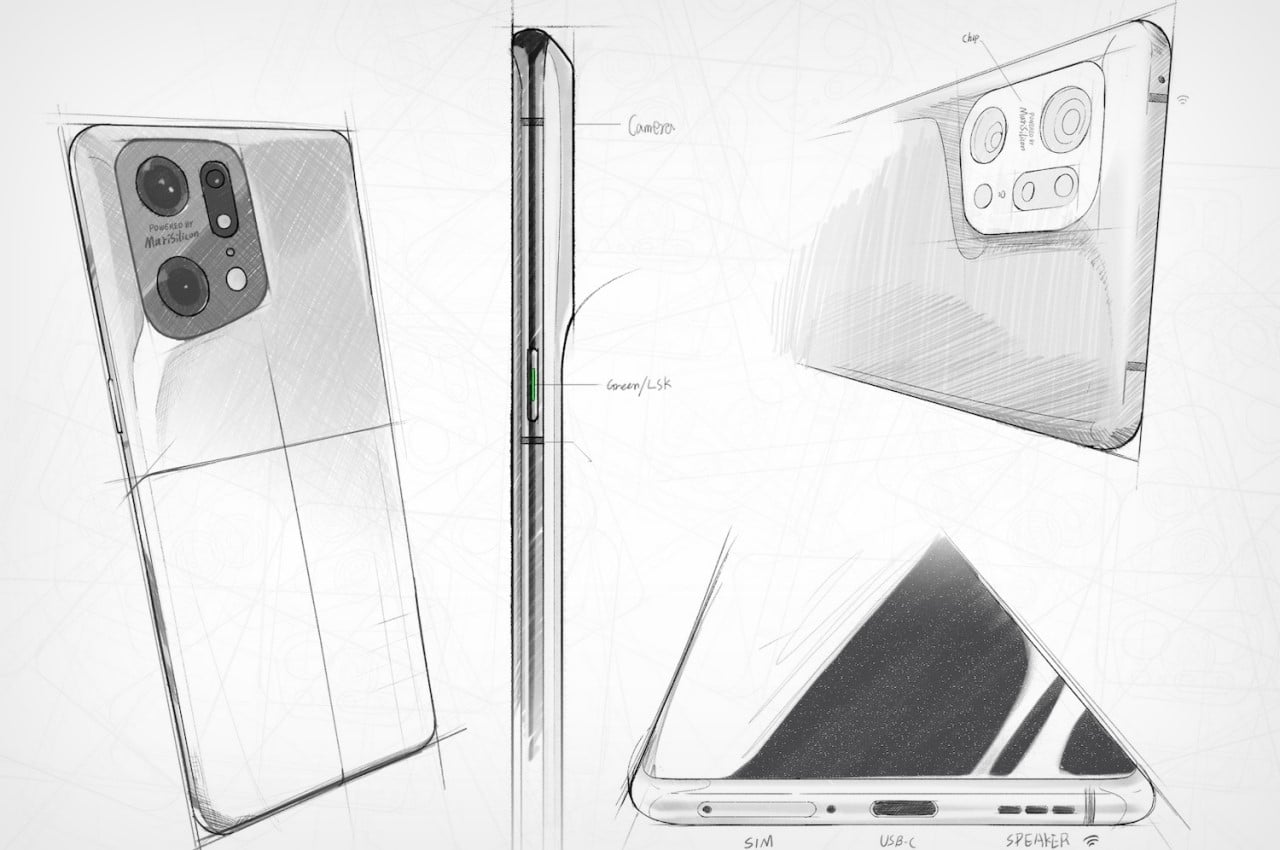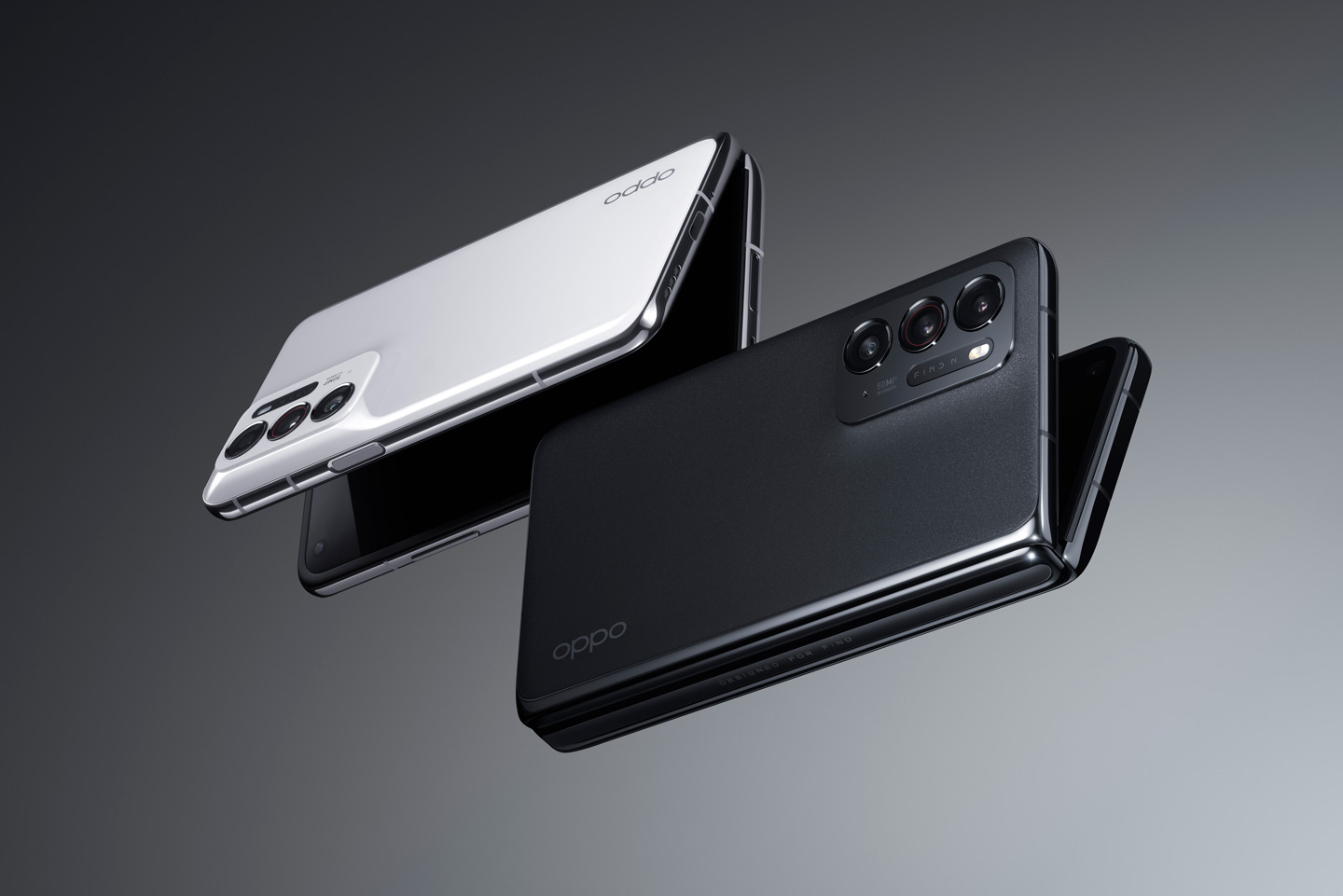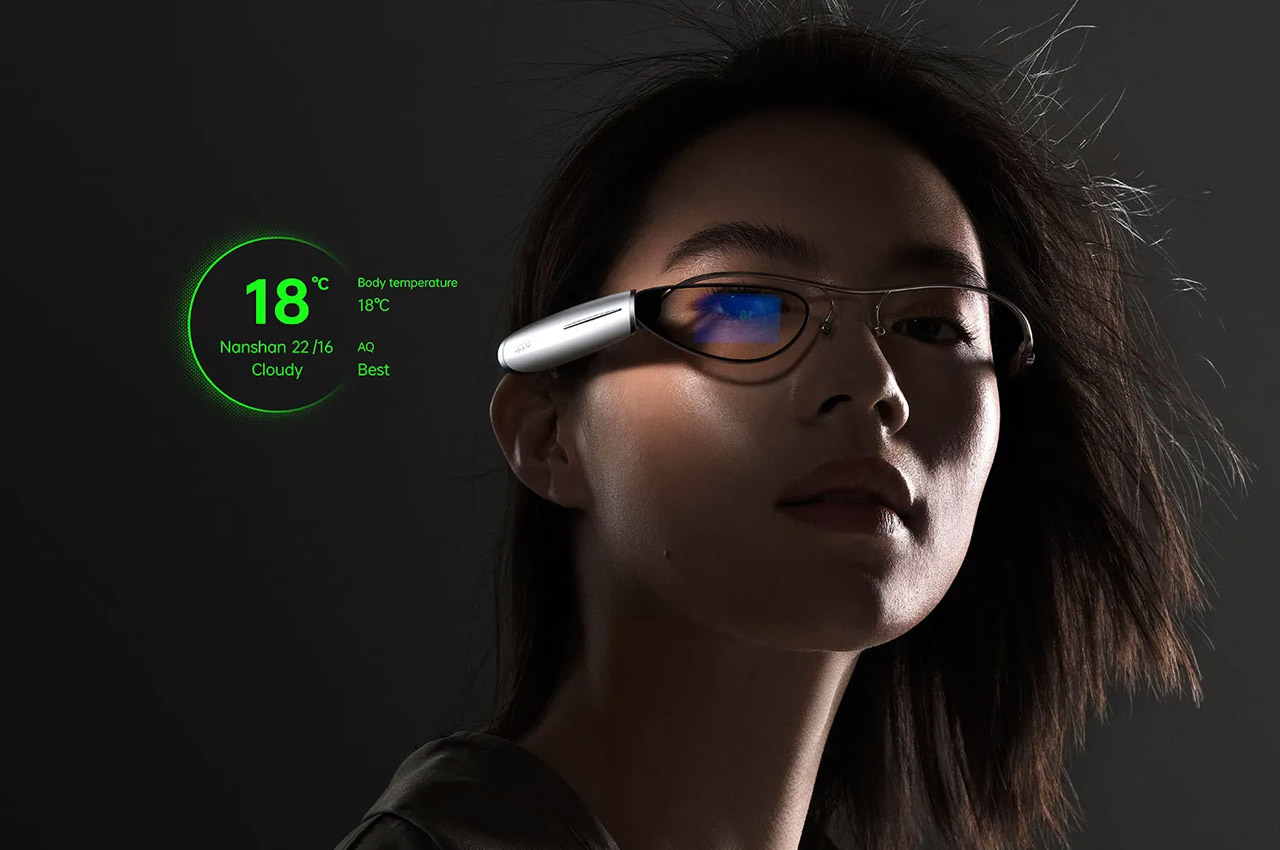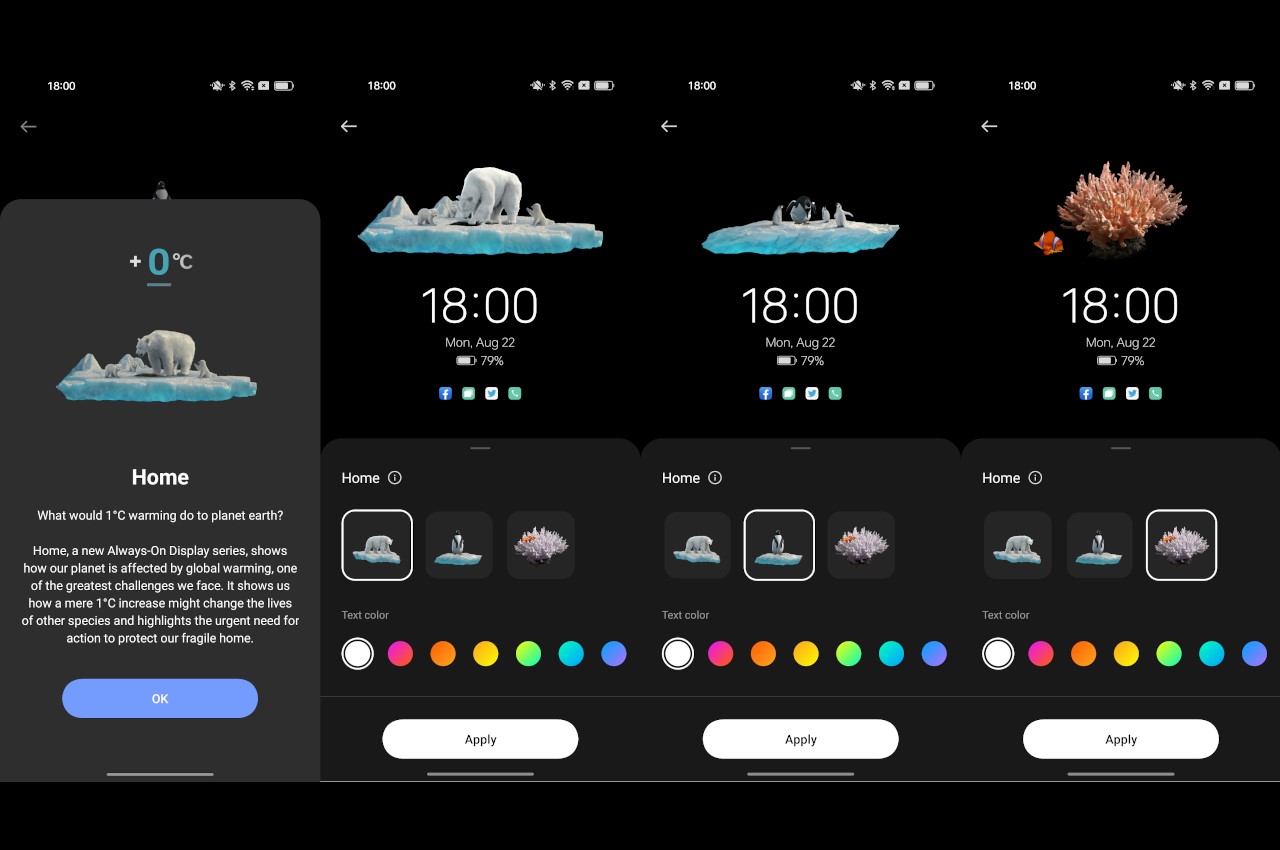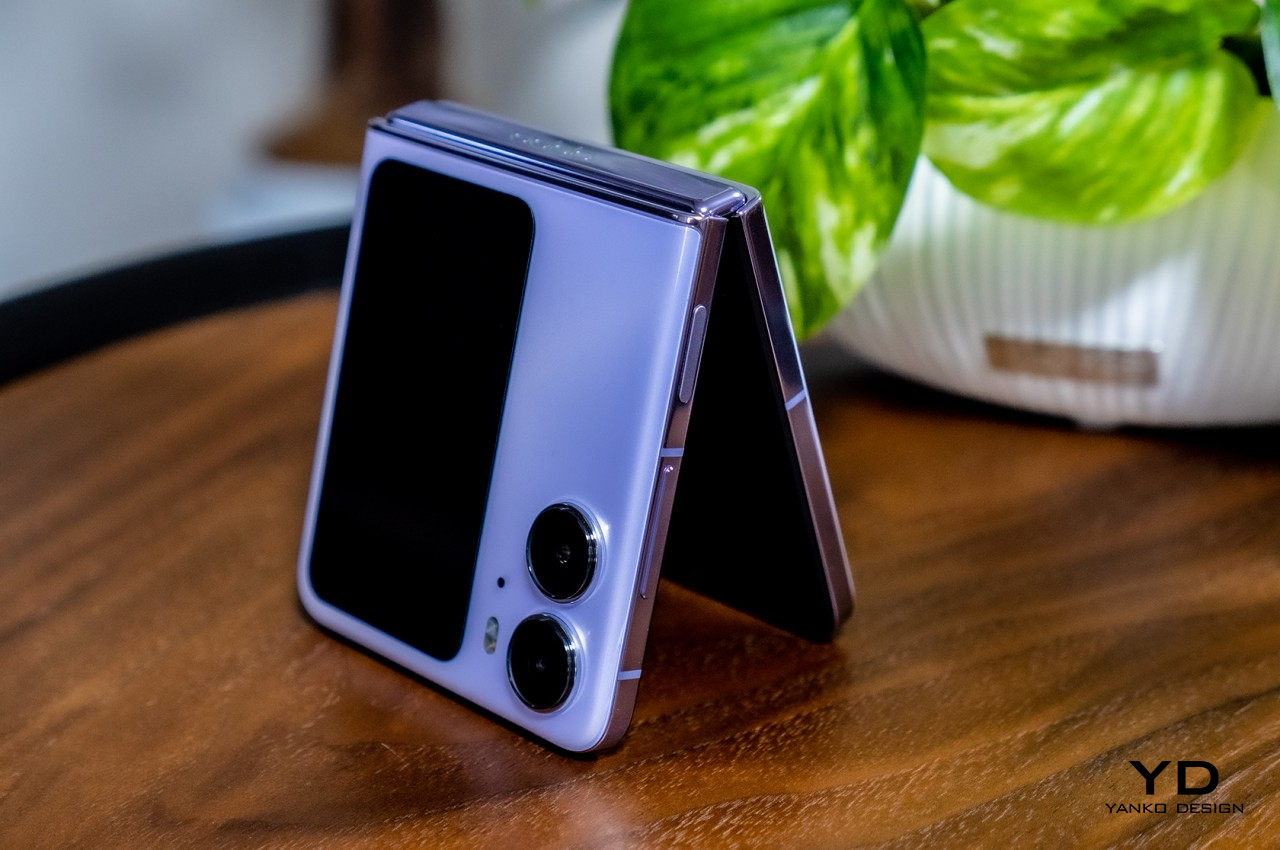
PROS:
- Beautiful gap-less folded design topped with a crease-less inner screen
- Largest Cover Screen in its class
- Impressive Hasselblad-tuned camera and large battery
- Multi-angle Flex Mode enables different photography styles
CONS:
- No water resistance rating
- Missed opportunity for apps on Cover Screen
- No telephoto camera
RATINGS:
SUSTAINABILITY / REPAIRABILITY
EDITOR'S QUOTE:
The OPPO Find N2 Flip offers a beautiful and more usable foldable clamshell but falls a bit short of utilizing its strengths to the fullest.
By now, almost everyone knows that foldable phones exist, even if most still don’t understand what they’re useful for. Thanks to Samsung’s heavy push, foldable phones are becoming more known, but the majority of the attention in that niche market is placed on “horizontal” foldables like the Galaxy Z Fold 4. That’s not the only foldable form factor, of course, and foldable clamshells like the ones started by the new Motorola Razr are coming into focus as more affordable and more fashionable options. Just like with its Find N2, OPPO is staking a claim to a part of this largely unexplored territory, presenting a design that is meant to push the envelope when it comes to foldable clamshells. But is the OPPO Find N2 Flip just a pretty face, or does it have something truly special to bring to the table? We take the newest kid on the foldable block to find out.
Designer: OPPO
Aesthetics
As far as appearances go, the OPPO Find N2 Flip seems to be aiming to make a good impression without being overbearing. It is sleek, stylish, and elegant without stunning your eyes with an overabundance of luxurious details. To some extent, it sends a message that you don’t have to be extravagant or excessive to make an impact. You just have to be tasteful, and this “vertical foldable” definitely has plenty of that.
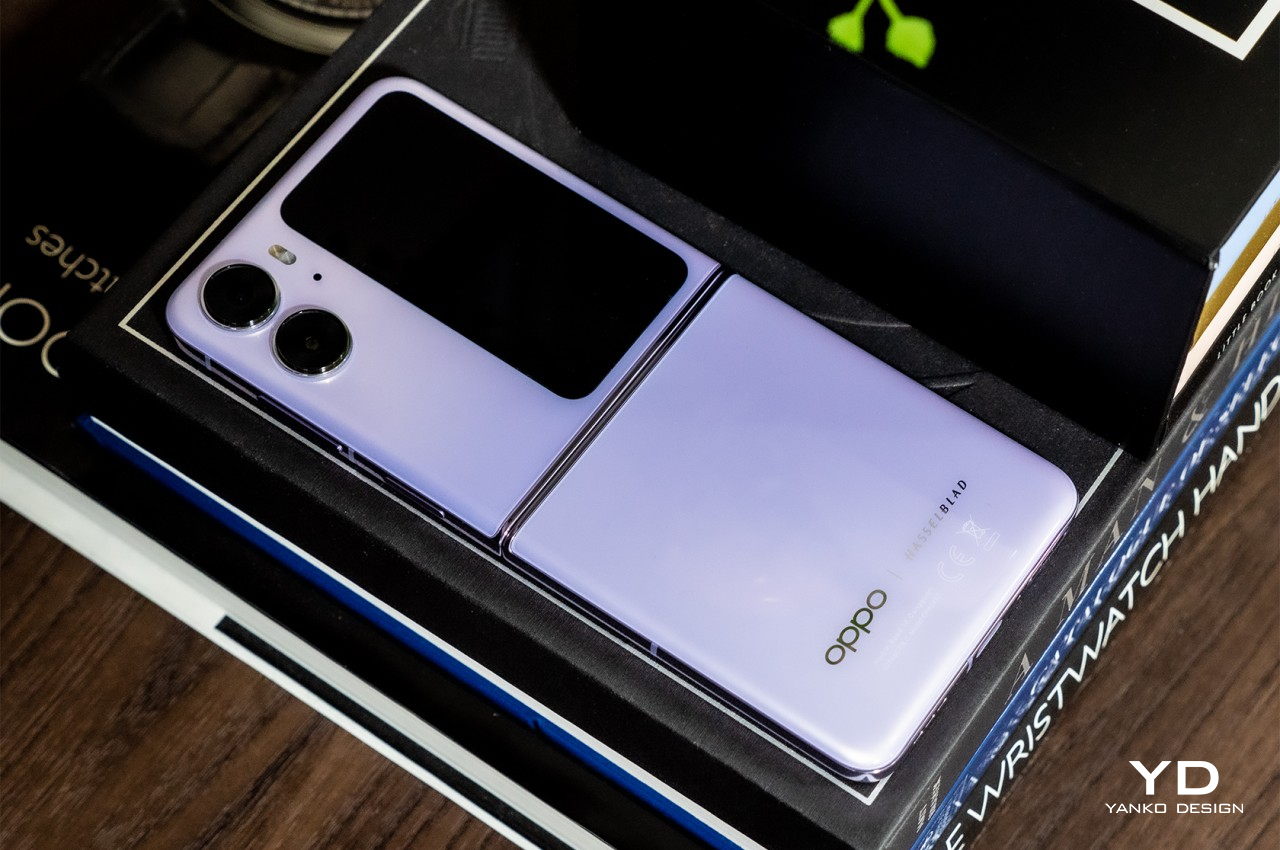
The devil is in the details, as they say, and so is beauty. The two color options of Astral Black and Moonlit Purple each have their own distinct personalities to match your style or taste. The black colorway, for example, has a silky texture that also makes the surface look like it has been littered with powdered crystals. The milky purple, on the other hand, has a gentle diffuse that doesn’t attract as many fingerprints as glossy glass. Regardless of the version, the OPPO Find N2 Flip’s hinge captures light in a unique manner that makes it look like dancing waves on the surface.
The biggest attraction of the phone isn’t its foldable inner screen, surprisingly. It’s actually the large 3.26-inch Cover Screen that makes it seem as if there’s a second, tinier phone on its back. That’s not completely far from the truth since the display’s 17:9 aspect ratio is nearly similar to most phones, though there’s a big catch that we’ll get to later. This screen sits flush with its surroundings, creating a seamless visual. Of course, that detail becomes pointless if you opt to protect the phone with the included transparent crystal case.
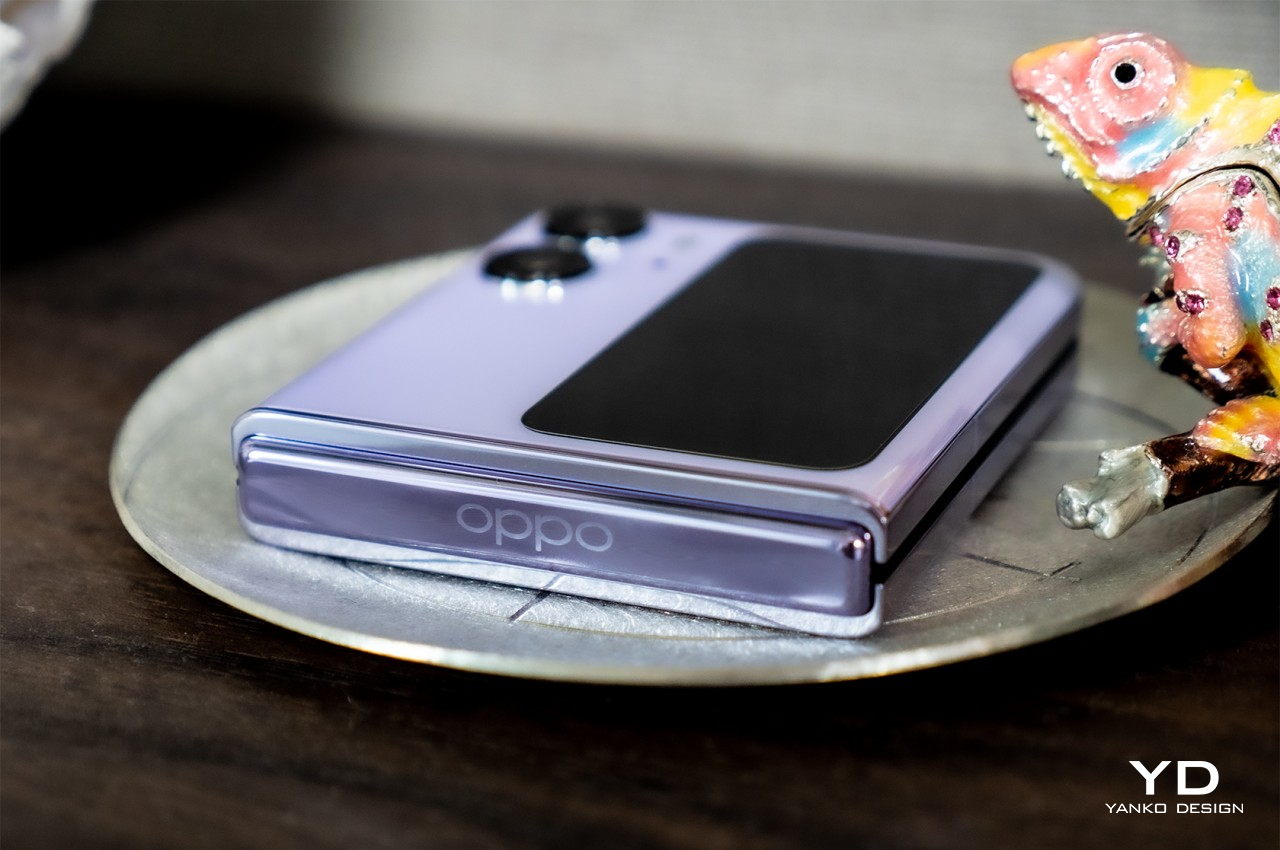
The rest of the phone’s design is what you would consider “normal,” which is actually good for making this unconventional form factor more approachable for regular phone users. The flat aluminum edges of the phone offer no surprises, which also means no headphone jack. The inner screen, while practically bezel-less, does have a raised border to protect it. The focus, of course, is on what you won’t see. Although it’s still there, the crease is hardly visible unless you really look hard, a feat made possible with OPPO’s latest-gen Flexion Hinge. Whether folded or opened, the OPPO Find N2 Flip offers the eyes a pleasant sight but also dials down the extravagance to make the foldable phone feel less alien and a bit more normal.
Ergonomics
Foldable phones complicate the ergonomics of mobile devices a little bit. Just as we were getting used to large slabs of glass and metal in our hands, these form-shifting phones stretched the ratio a bit more. Compared to regular handsets, foldable phones are often taller and narrower, and the OPPO Find N2 Flip is really no different. Compared to its peers, however, it is a little bit wider, bringing it closer to normal proportions. What this means, in practice, is that you’ll really have to stretch your thumb farther to reach higher UI elements on the screen, though it’s probably safer to just use your other hand anyway.
Fortunately, it is possible to use the Find N2 Flip with a single hand, especially when folded. The larger Cover Screen leaves plenty of room for notifications, buttons, and other interactive elements that you can comfortably reach with either hand. This allows you to answer calls, toggle certain phone settings, or even fire off canned responses to messages, all without having to open the phone at all.
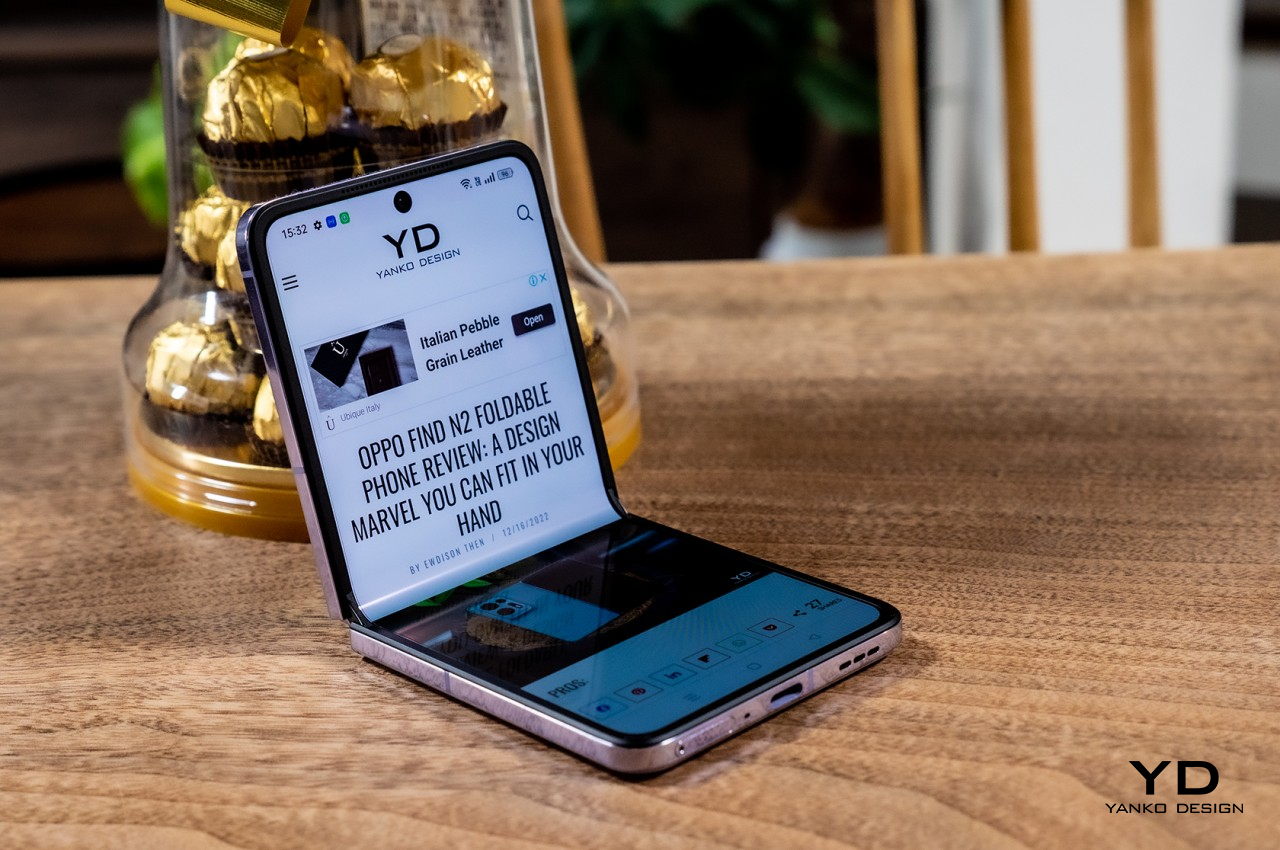
And when you do need to flip it open, you can do so with a single hand as well by carefully sliding your thumb in between the two halves and then pushing it inward to widen the gap. Of course, the OPPO Find N2 Flip folds completely flat without any gap, unlike the Samsung Galaxy Z Flip 4, so there might be some hesitation in slipping your thumb inside for fear of scratching the sensitive inner screen. Fortunately, that screen isn’t so fragile, and the sturdy gives you a more solid feel when opening or closing the device with one hand.
That new hinge also opens up new ways to use the phone as a camera, no pun intended. Since it can remain open at almost any angle, you use the lower half of the phone as a steady tripod or go low and still see the preview on the lower half of the screen. You can even hold it like a mini camcorder, giving you that cinematographer feeling while shooting the next YouTube sensation.
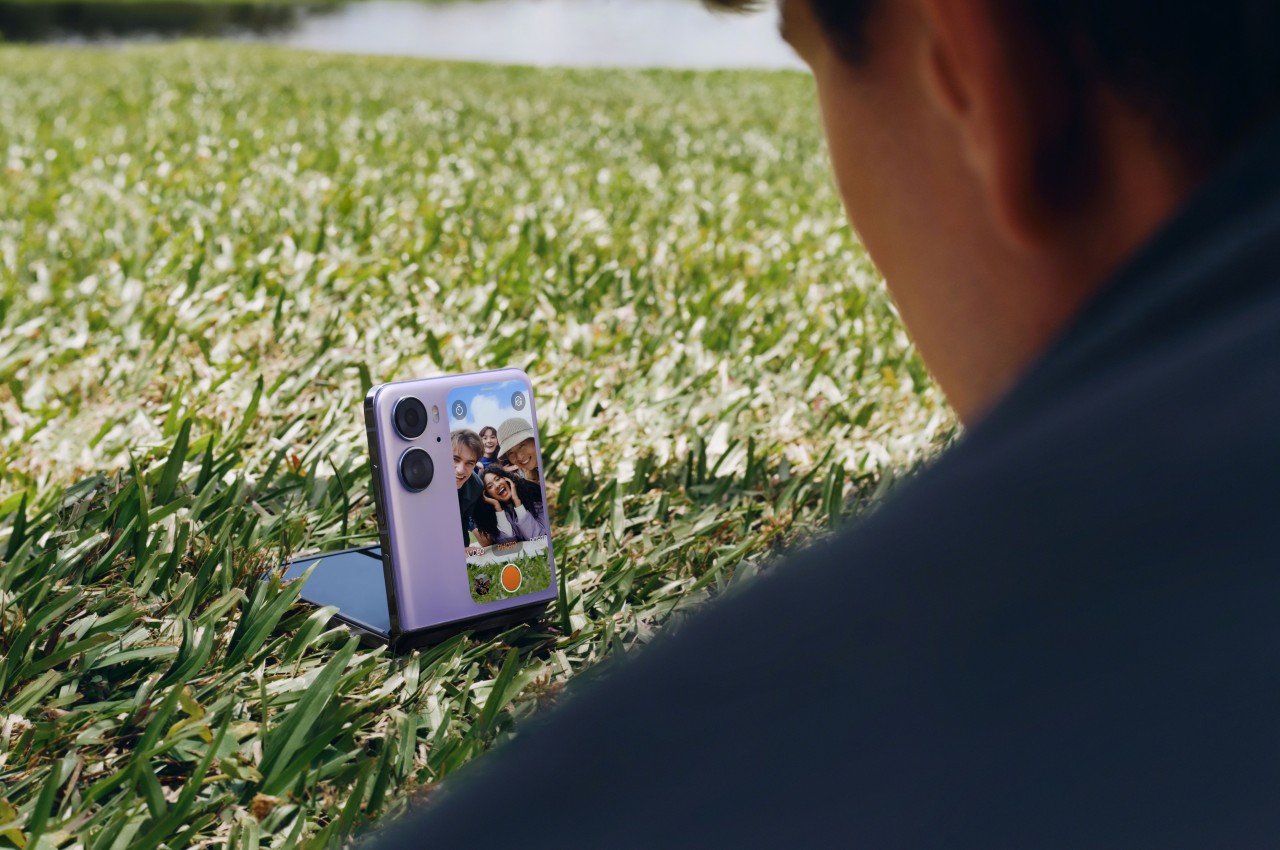
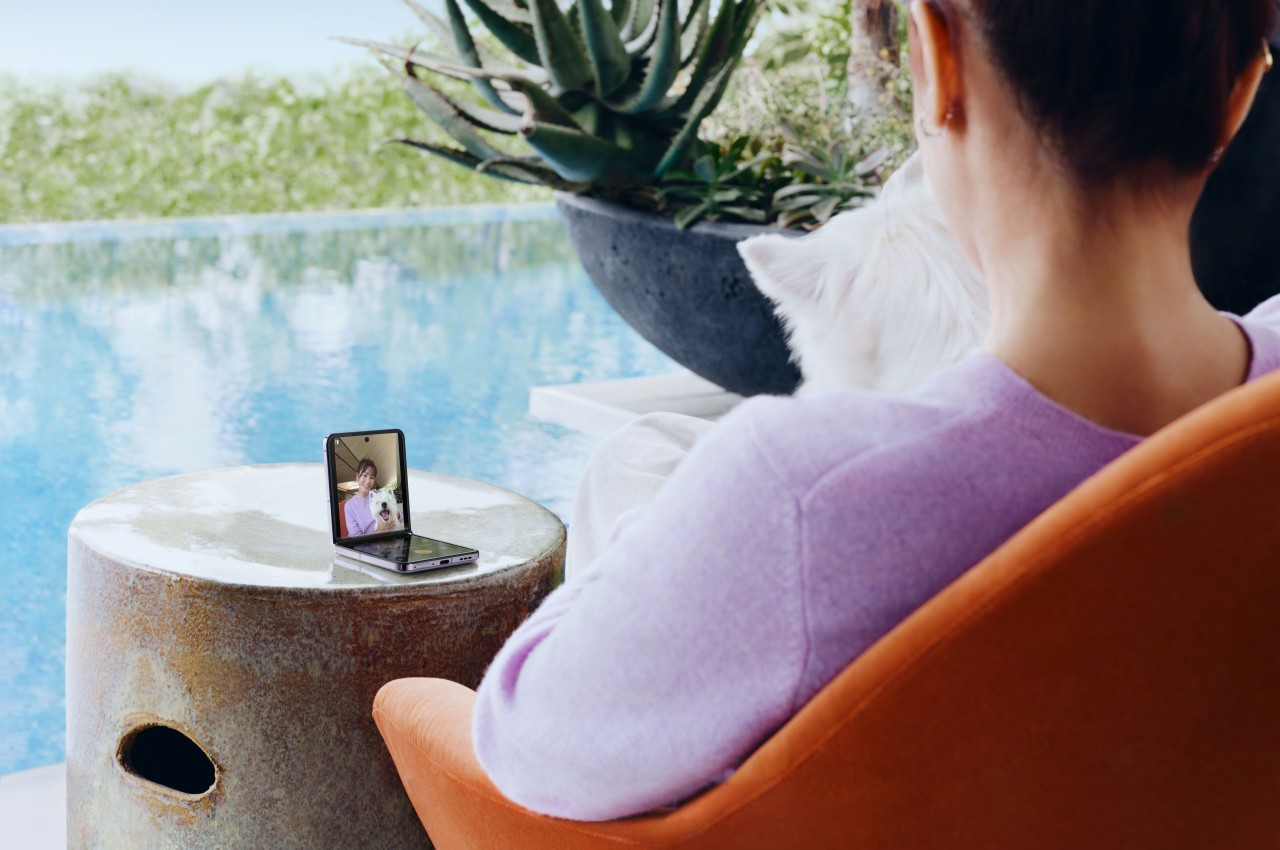

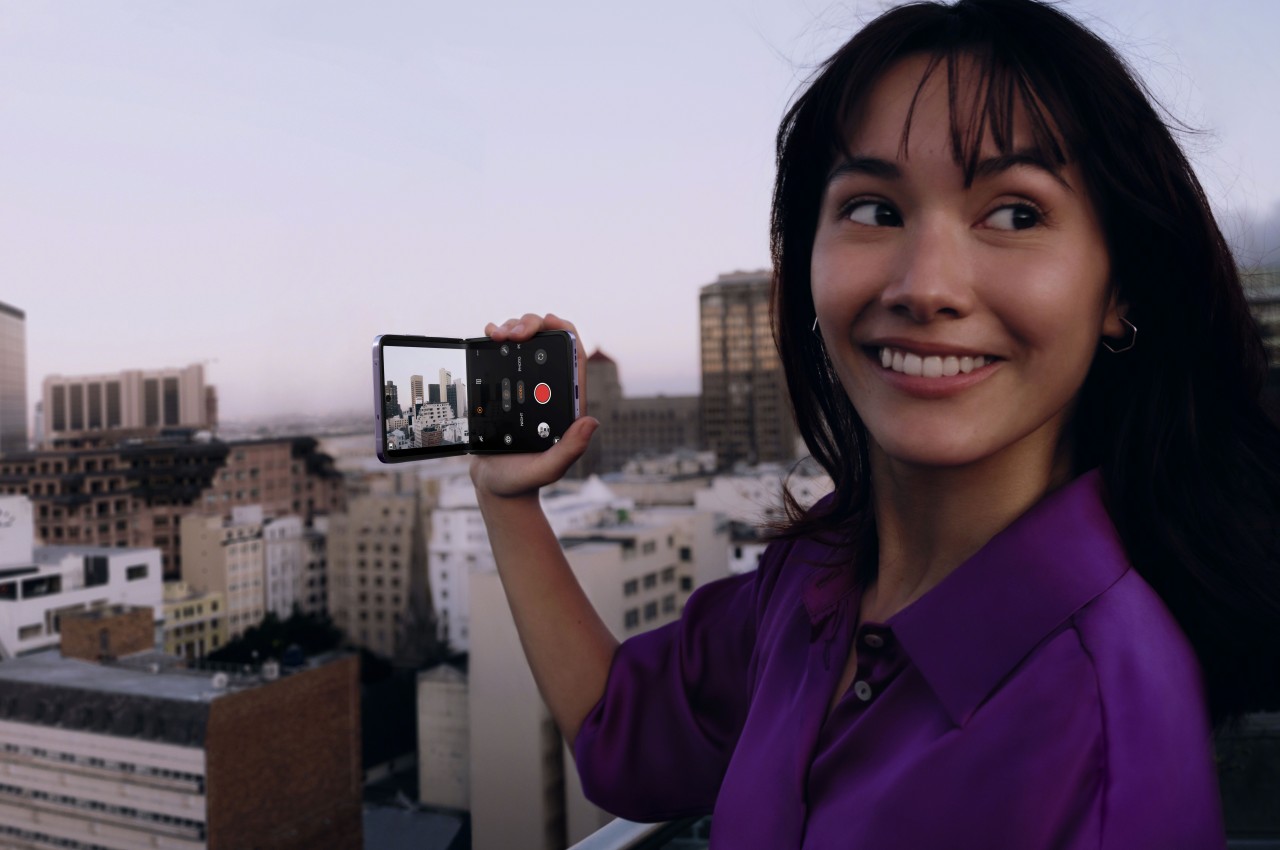
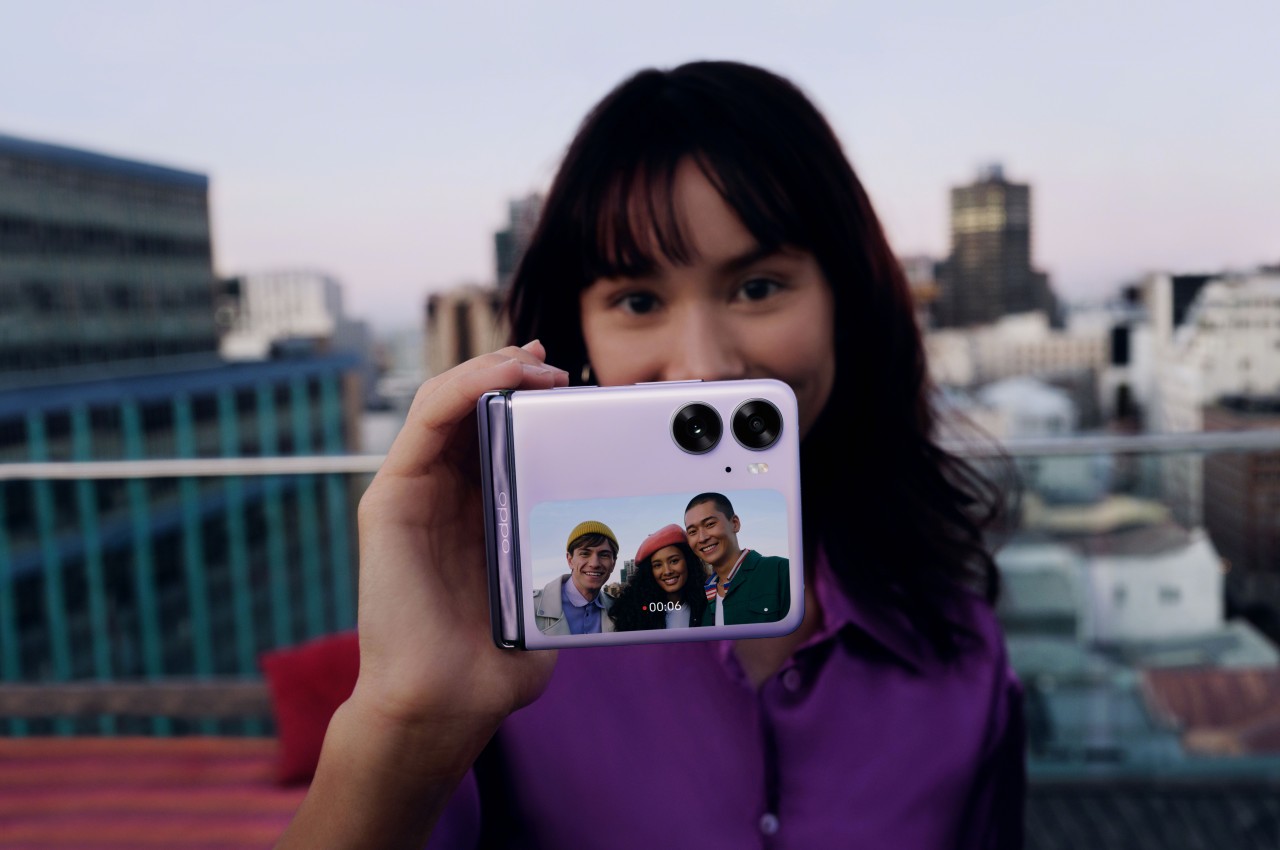
Performance
Just like with its more horizontal sibling, the OPPO Find N2 Flip is fighting in the foldable arena not just with looks but also with brawn. Powered by a MediaTek Dimensity 9000+ with 8GB of RAM, the pretty clamshell has plenty of muscle to drive your mobile experience to the fullest, from browsing to video to games. There’s only 256GB of internal storage, though, which sounds a little too modest, especially considering you can’t expand it with a microSD card.
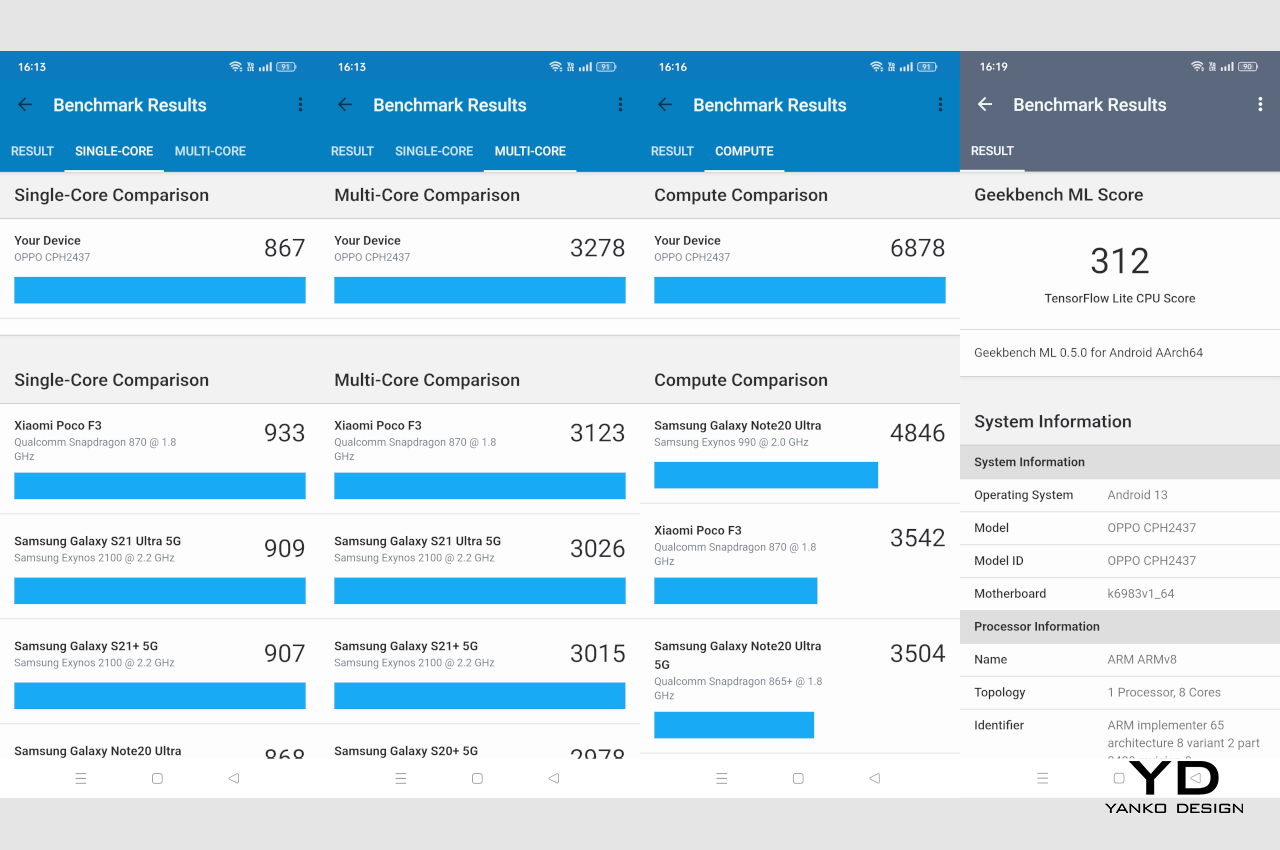
Along with all that power, the Find N2 Flip packs the largest battery in its class. Sure, we’ve seen larger, but considering space constraints, it’s definitely quite a feat to cram 4,300mAh inside, far larger than any of its foldable clamshell peers. It charges fast, too, with a 44W SUPERVOOC tech that goes from zero to full in an hour. One rather disappointing detail is that the phone doesn’t support any form of wireless charging, which has already become a standard these days. Not a complete deal breaker unless you’ve completely committed your mobile life to wireless charging everywhere.
The OPPO Find N2 Flip packs two cameras on its back and a whopping 32MP front-facing camera for normal selfies and video calls. Of these three, the 50MP Sony IMX890 is definitely the highlight, especially with its Hasselblad-tuned lens and special filters. Together with OPPO’s custom MariSilicon X imaging NPU, the camera takes great shots, regardless of the lighting condition. Colors are accurate, and details are rich, though faces do come out a bit pasty thanks to default beautification effects. In comparison, the 8MP ultra-wide camera is so-so, making it feel like it’s simply there for the sake of specs. There is no dedicated telephoto lens, so you’ll have to settle for the, unfortunately, underwhelming digital zoom.



The inner foldable screen measures 6.8 inches on the diagonal and has an FHD+ resolution of 2520×1080, which isn’t that different from other foldable clamshells. While the display is definitely bright, responsive, and fast at 120Hz, its crowning glory is the near-absence of a crease. Thanks to the hinge design that Samsung still hasn’t adopted, the phone is able to fold completely flat without straining the screen in the middle and lessening the effect of a visible crease. It’s still there, and you can see it at certain angles, but it’s almost invisible in day-to-day use.
As mentioned, the star of the show and the feature that really sets the OPPO Find N2 Flip apart is that 3.26-inch 720×382 Cover Screen. It’s not exactly the sharpest, but its tall rectangular shape leaves room for more content, including a more natural camera preview similar to the main screen. Unfortunately, it is also the biggest source of disappointment for the phone, and it feels that OPPO barely scratched the surface of what such a display can be used for.
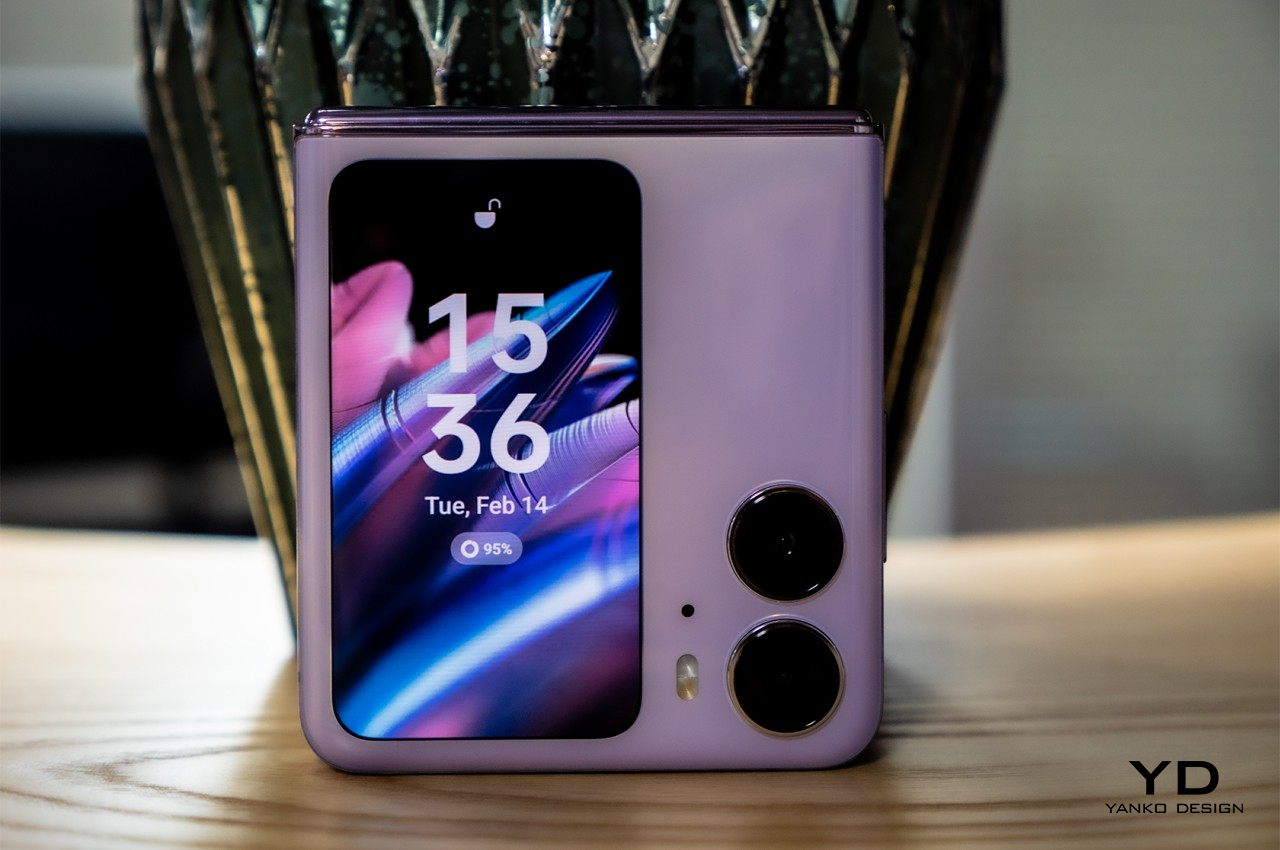
At the moment, you only have a fixed selection of screen widgets, including an animated wallpaper, a camera shortcut, weather, events, and a timer. The Chinese version of this phone has two more widgets specific to the market, but none really comes close to offering more functionality. You have room to see up to six notifications at a time, and you can even reply to supported messaging apps. You can only use pre-set phrases or voice recognition, though. Given how much space the screen has, you’d expect there to be more, but as of this writing, that just isn’t on the table yet.
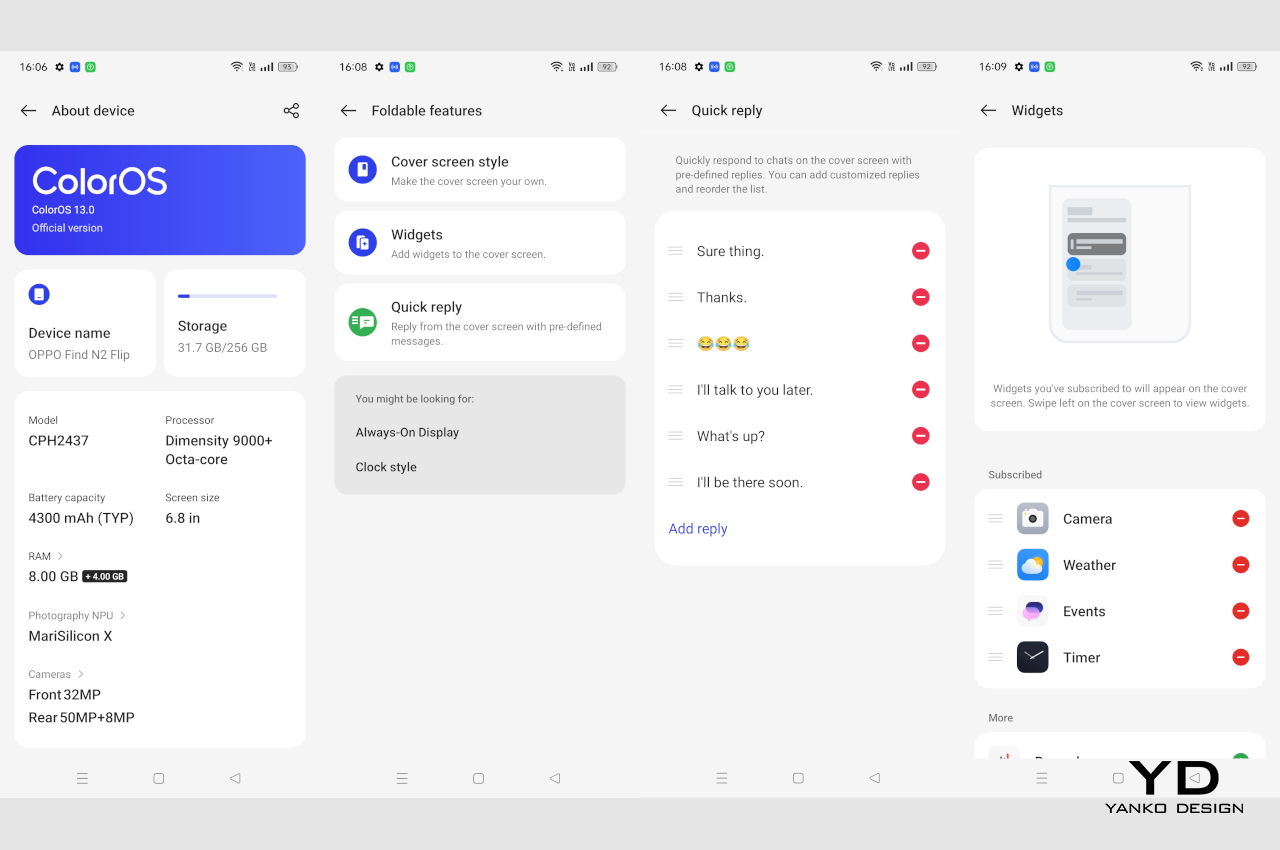
Sustainability
OPPO, along with Realme, is one of the major phone brands making a strong push for reducing their carbon footprint and increasing the sustainability of their products and processes. There are quite a few notable phones that take that mission to heart, but the Find N2 Flip isn’t part of that still small circle. If anything, it’s almost as if it takes one step back, at least when it comes to packaging and longevity.
The foldable phone comes in a big white box that does it a bit of a disservice. While the way it pushes the phone up at an angle when you lift the top is nice, that’s pretty much all there is to it. It isn’t space efficient, and while the design is minimal, it isn’t particularly elegant. To put it bluntly, it is quite plain, a stark contrast to the phone itself, and is probably wasteful as well.
The phone also doesn’t come with any guarantee of water resistance, especially an IP rating. That may have been understandable for a foldable phone a few years back, but technology has progressed since then. IP certification is admittedly expensive, but some assurance would still go a long way in giving buyers peace of mind for their investment.
Value
Even after four years, it’s still difficult to pin down the true value of a foldable phone, at least in ways that most consumers would appreciate. Horizontal foldables like the OPPO Find N2 offer a larger screen that you can still cram in your pocket, but it also comes with some awkwardness in use. We’re still a few years away from a perfect form factor, and the current generations feel more like stopgaps and milestones rather than finished products.
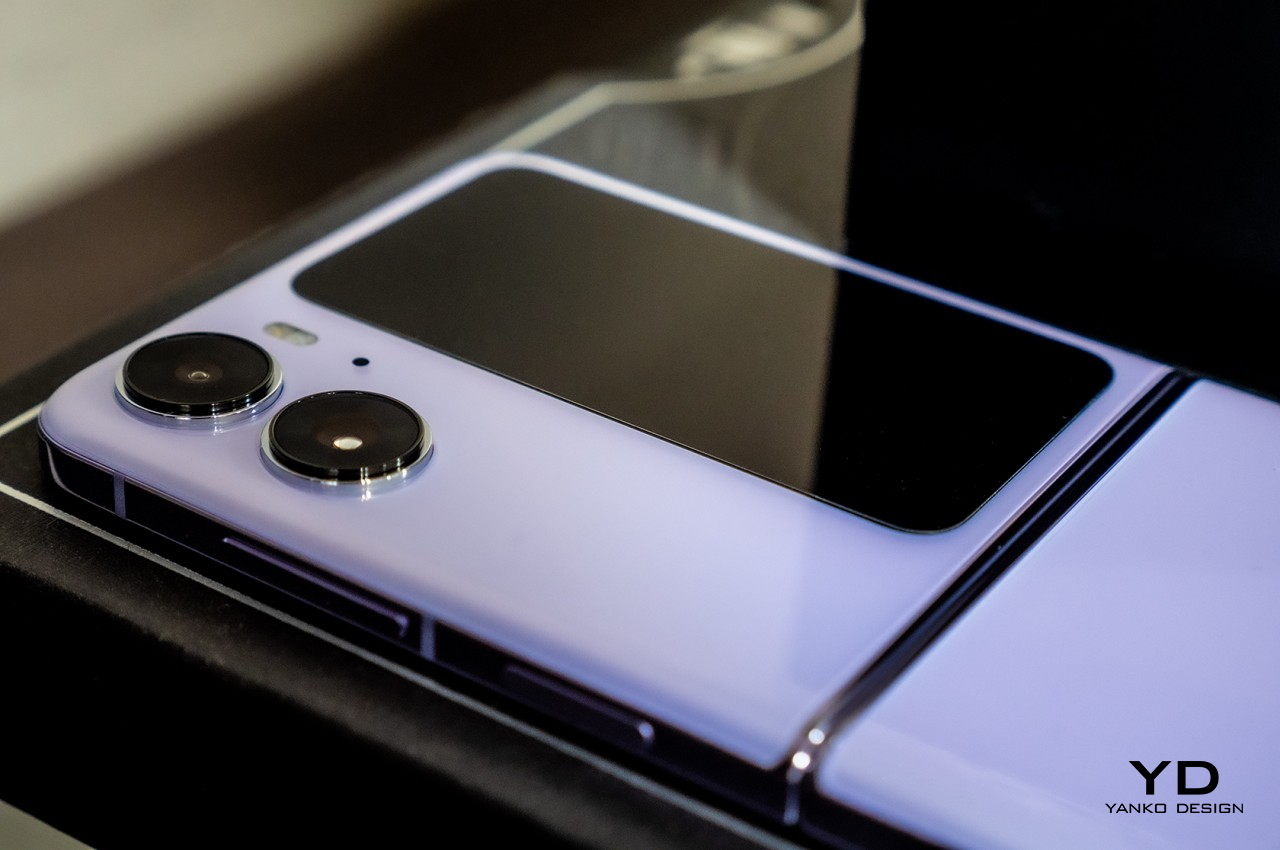
A foldable clamshell might actually make a bit more sense, especially since we’ve already been used to their ancestors like the iconic Motorola RAZR. They feel and look more stylish, and the small external screen helps set your expectations low. The OPPO Find N2 Flip definitely brings both benefits to the table, but the clincher will always be the price tag. Now available in global markets, it will compete with the Samsung Galaxy Z Flip 4 in both reach and price, and at £849 (roughly $1,000), it’s going to be a very close call, especially when you consider how young OPPO’s foldable is in comparison.
Verdict
The OPPO Find N2 Flip is undoubtedly a charming device that cements the foldable segment as something for normal folks to enjoy. It carries an elegance that isn’t overwhelming and a style that is more approachable yet also distinctive. It is no slouch when it comes to performance, especially with its large battery and larger-than-normal external Cover Screen. Its main camera is quite impressive, but the ultra-wide shooter and the lack of a telephoto lens could disappoint mobile shutterbugs, especially when they can pretend they’re holding a camcorder with the phone’s Flexion Hinge.
Unfortunately, the Find N2 Flip’s biggest asset is also its biggest letdown. For all the space it gives, that Cover Screen feels so underutilized that it could have been just half its size, and none would be the wiser. Fortunately, it’s something that can be addressed with future software updates, presuming OPPO is willing to put in the work before its next-gen foldable. As it stands, the OPPO Find N2 Flip is an admirable first step as far as vertical foldables go, but it feels lacking that extra punch that would make it OPPO’s best yet.
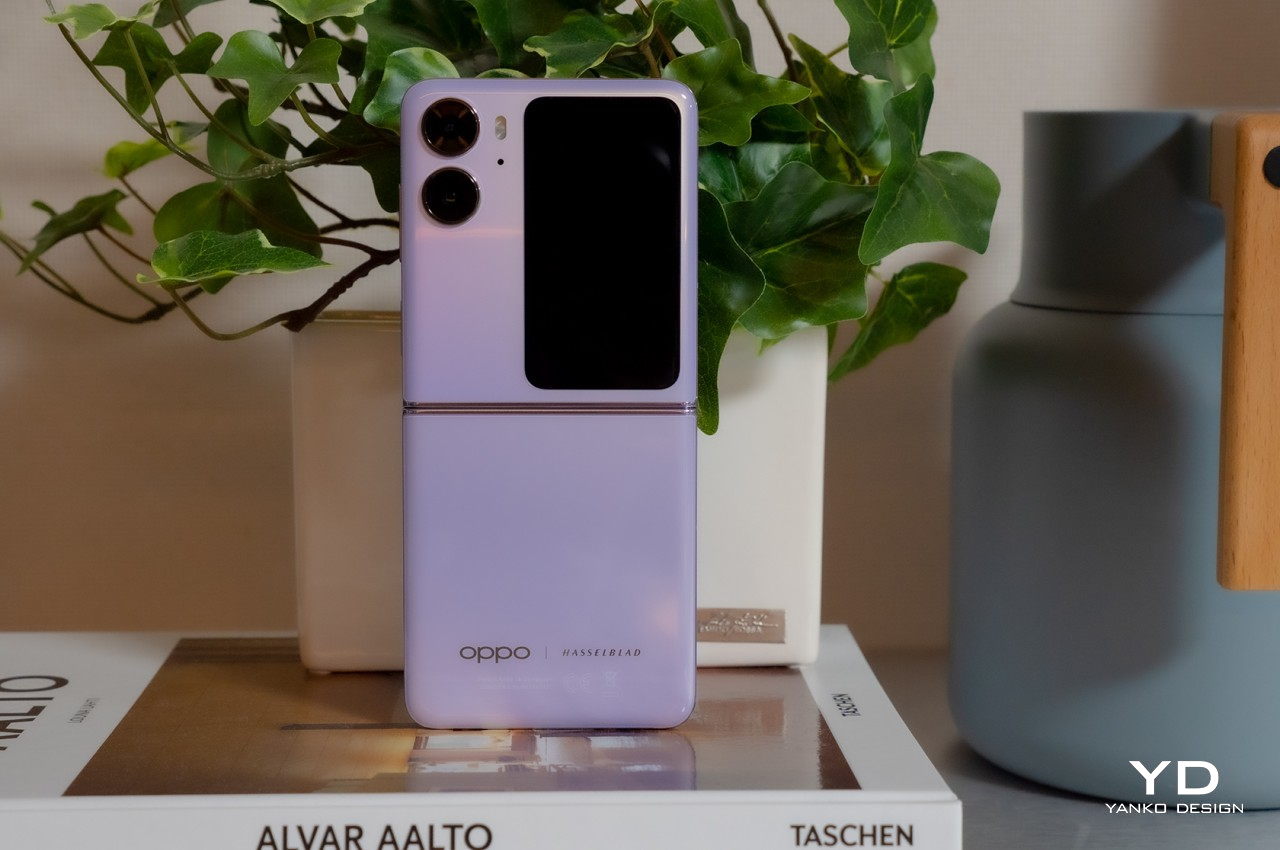
The post OPPO Find N2 Flip Foldable Phone Review: Challenging the Foldable Status Quo first appeared on Yanko Design.
